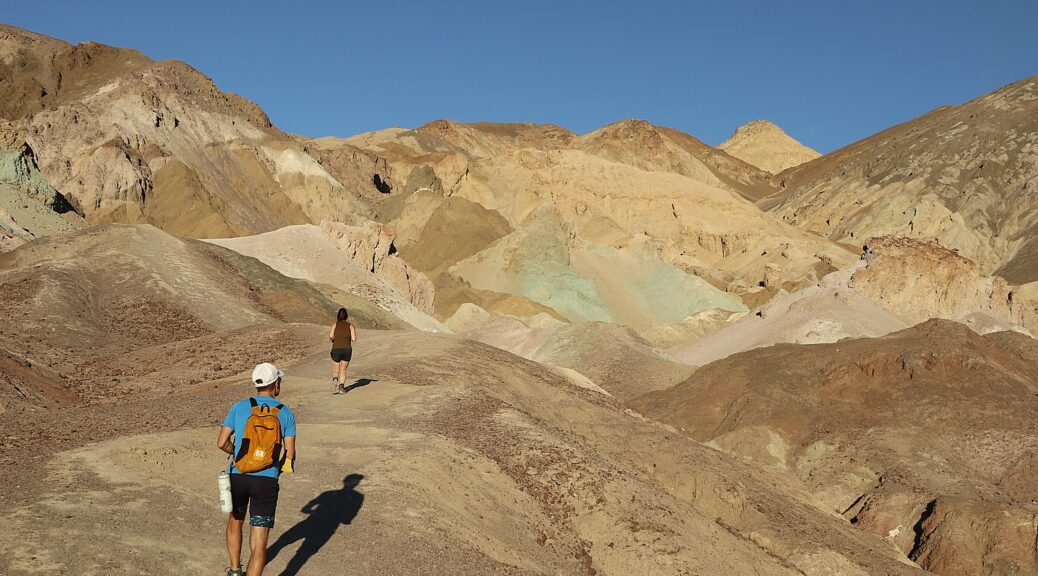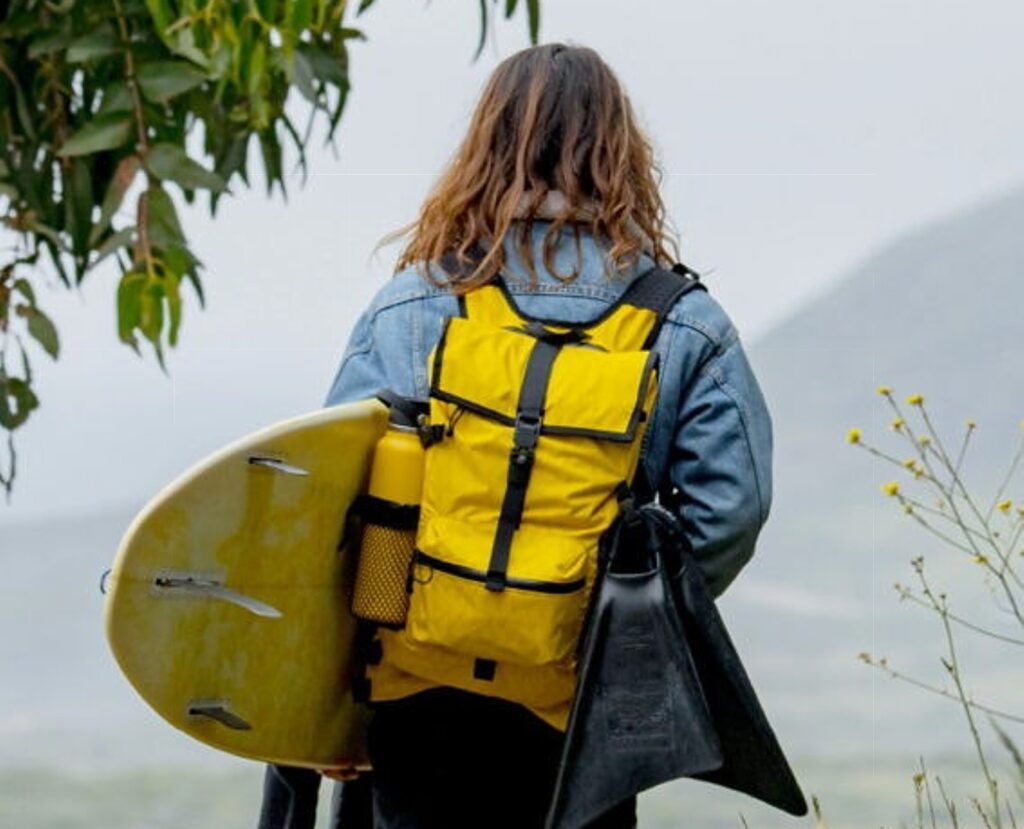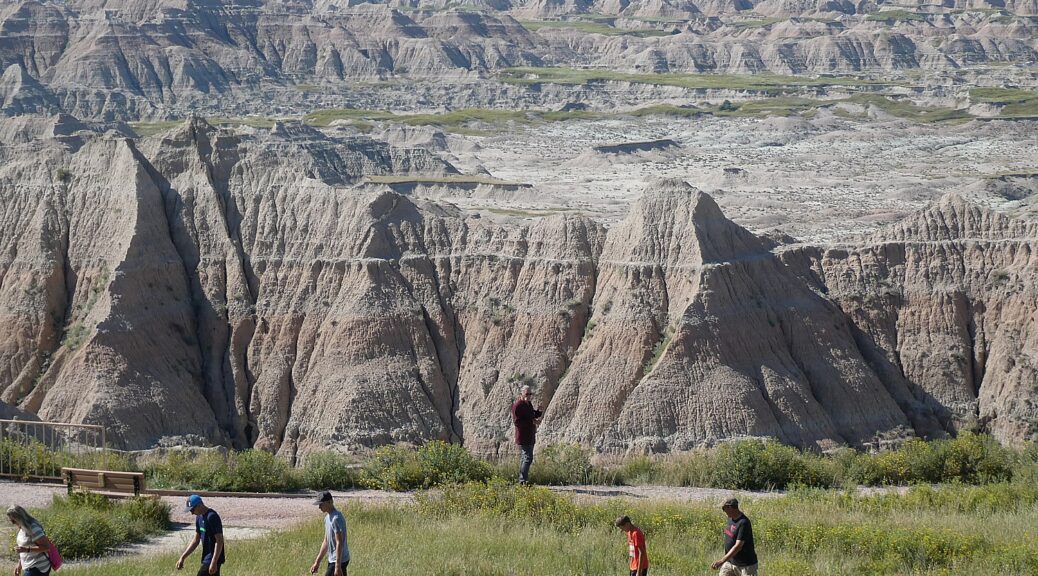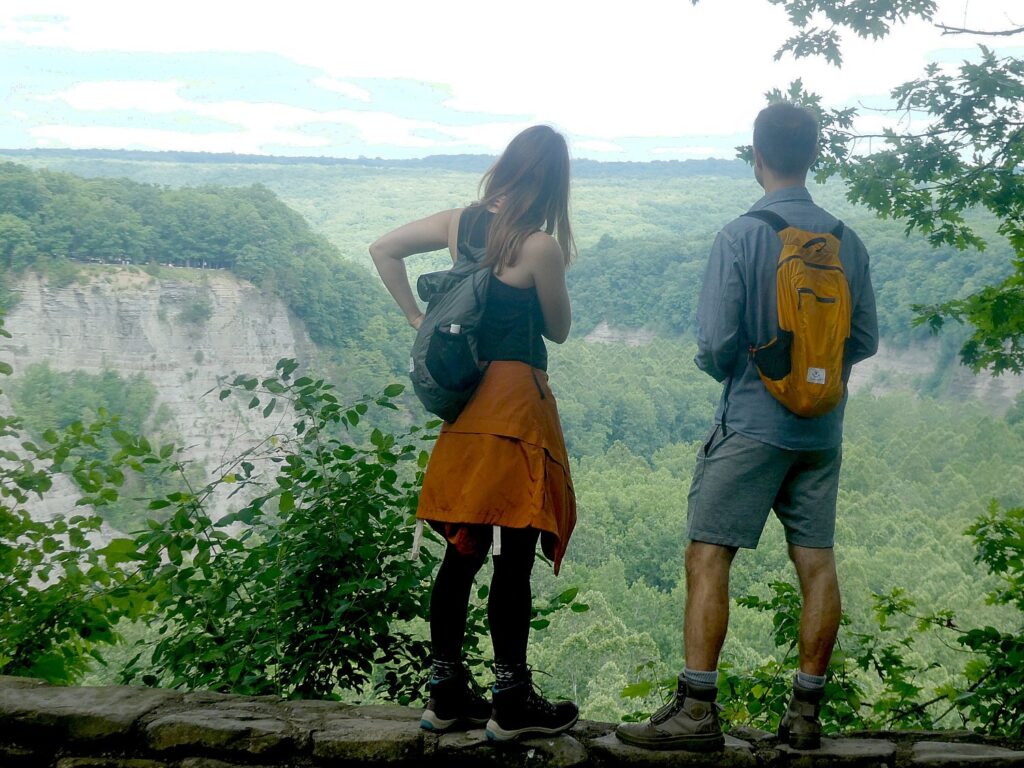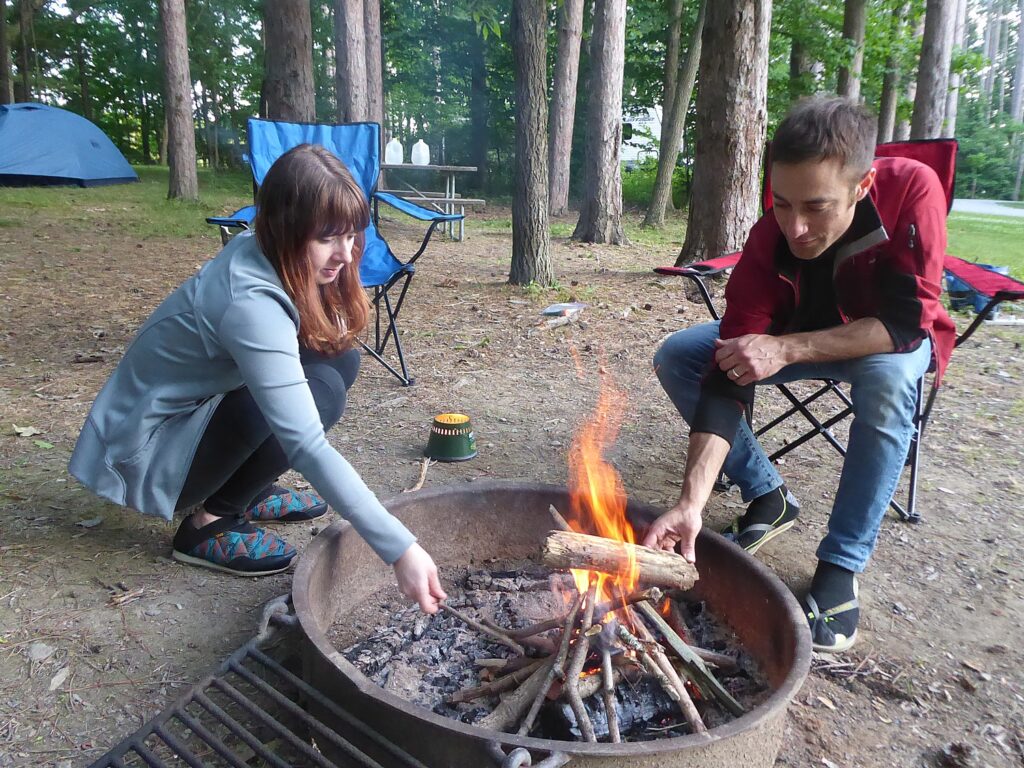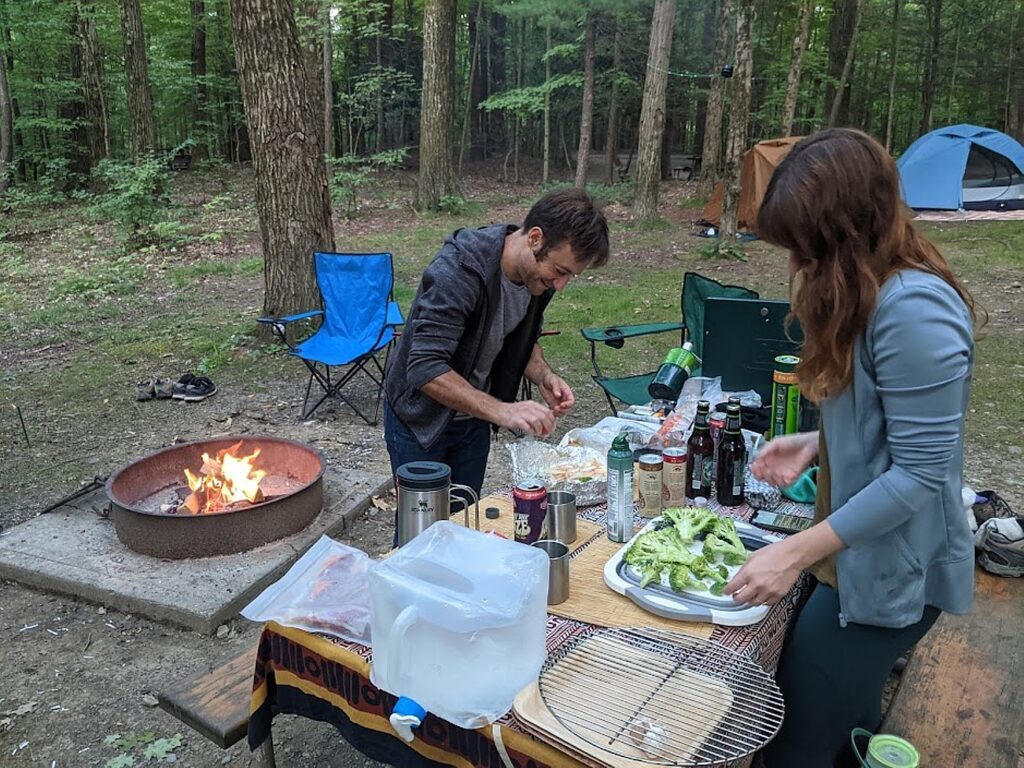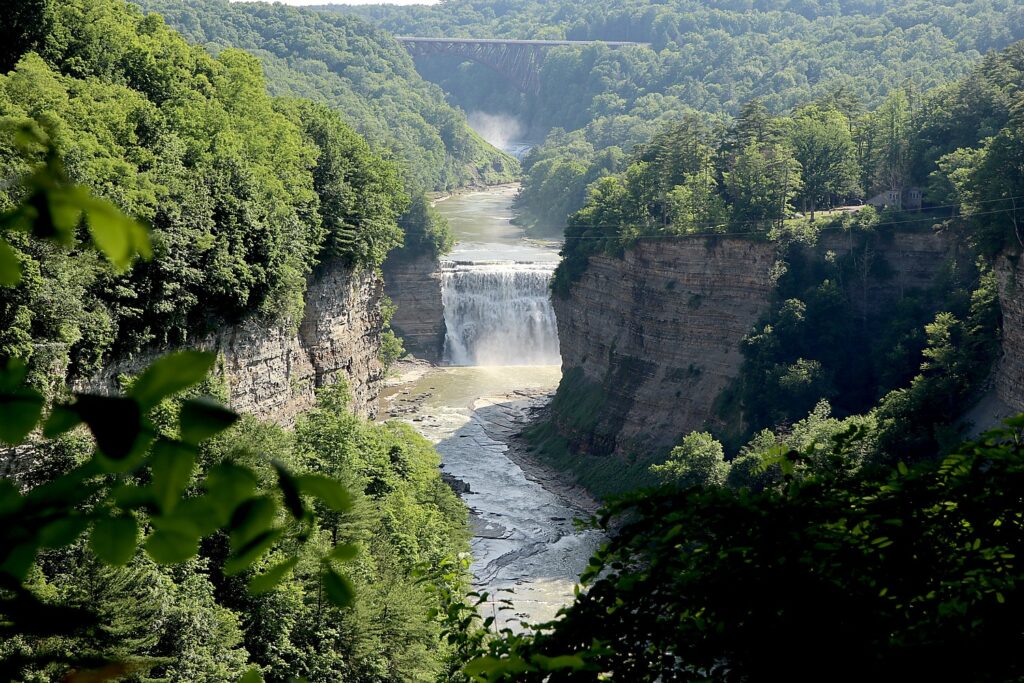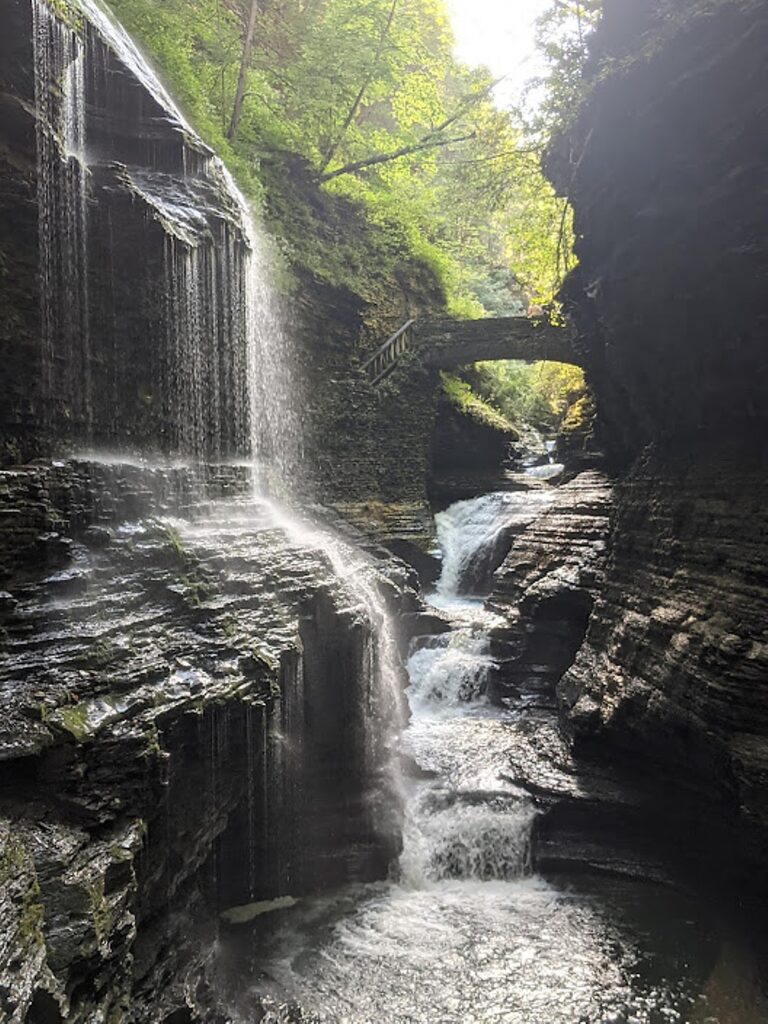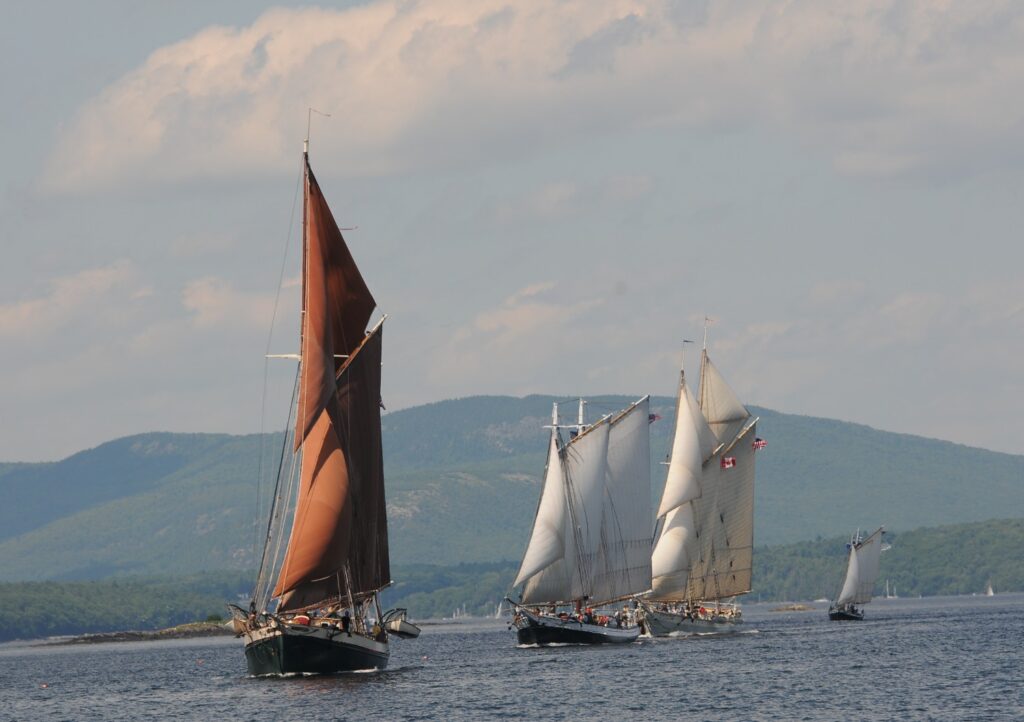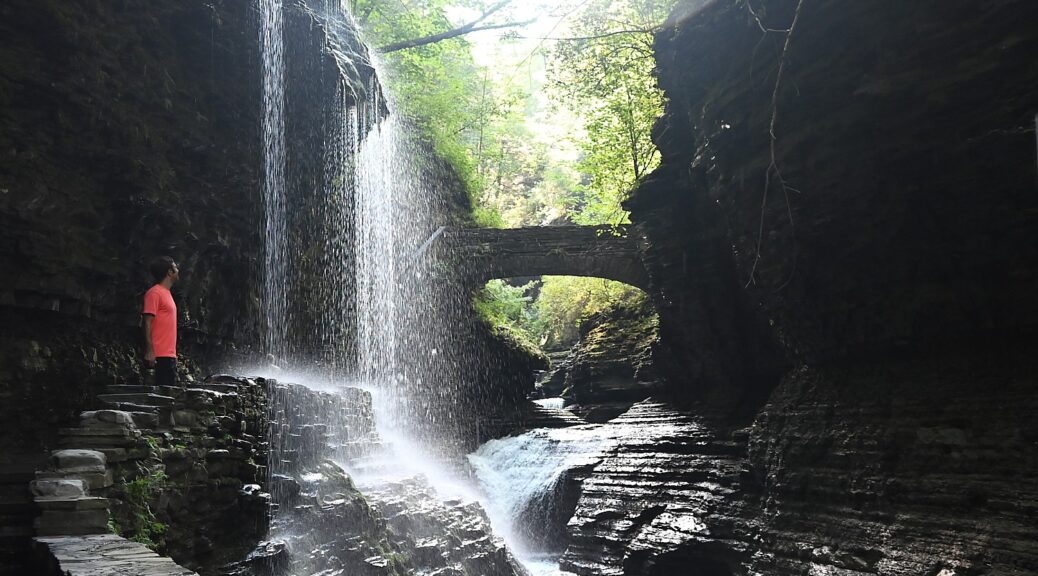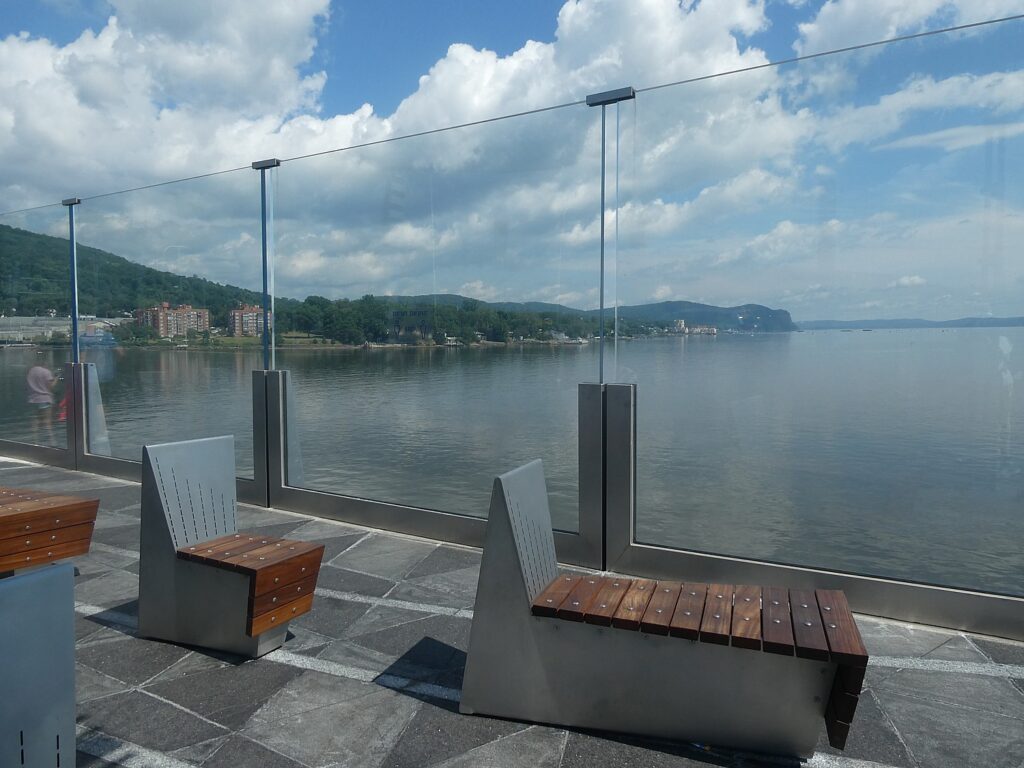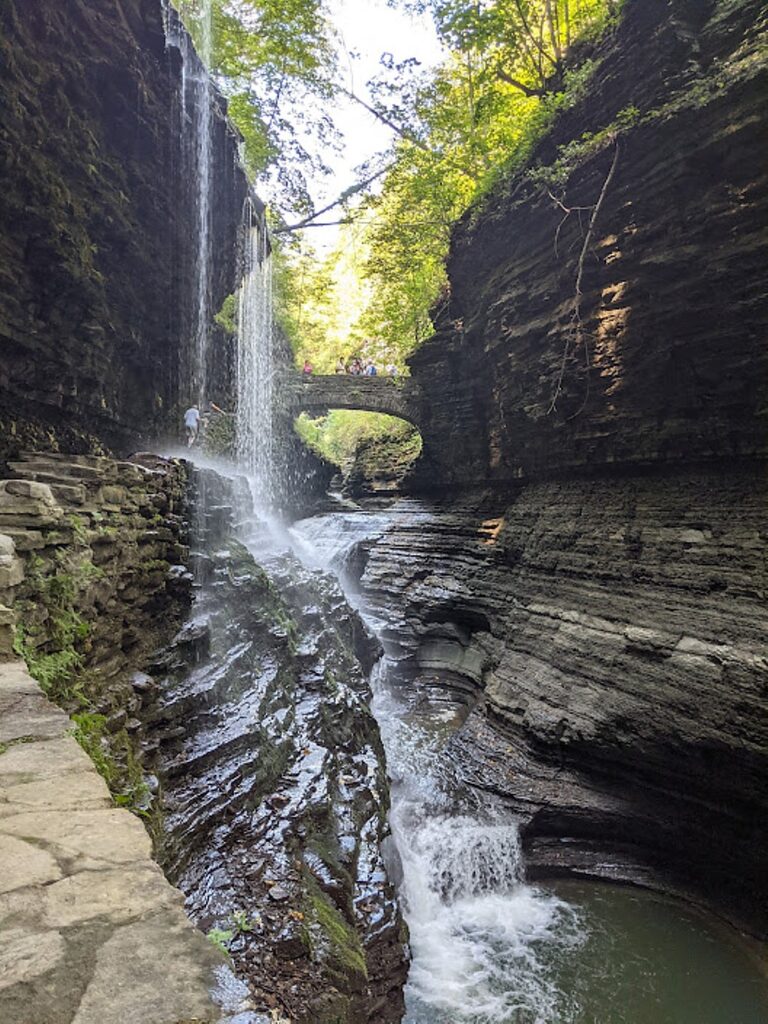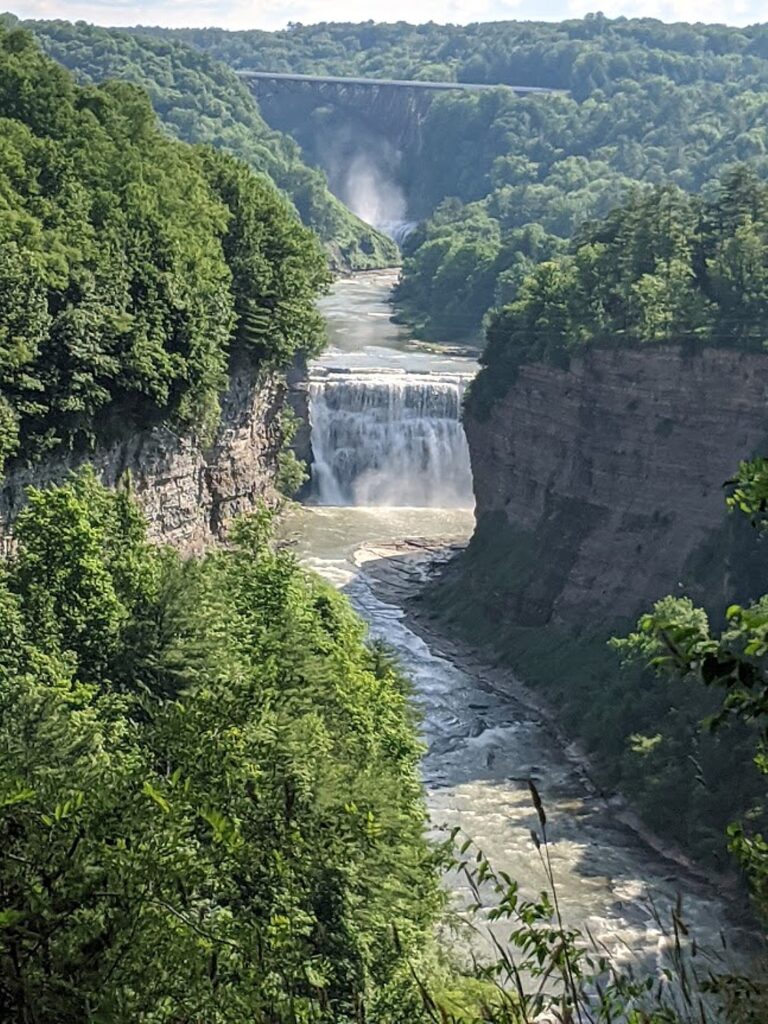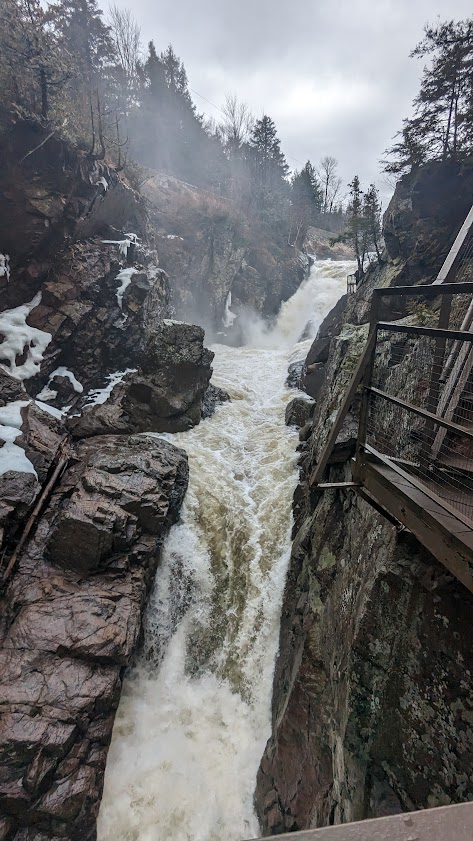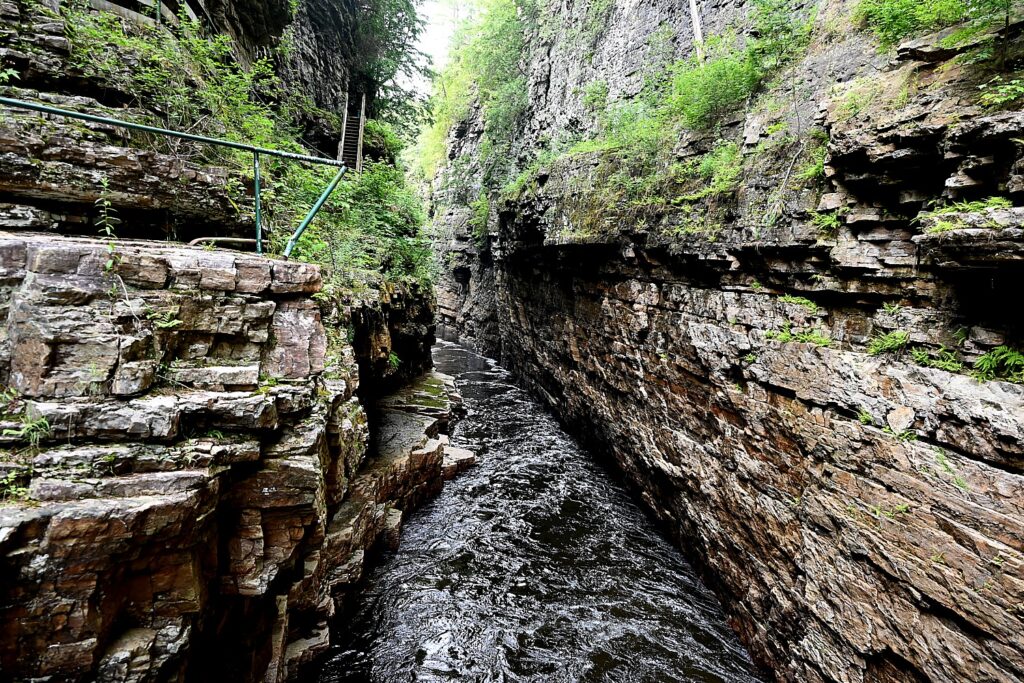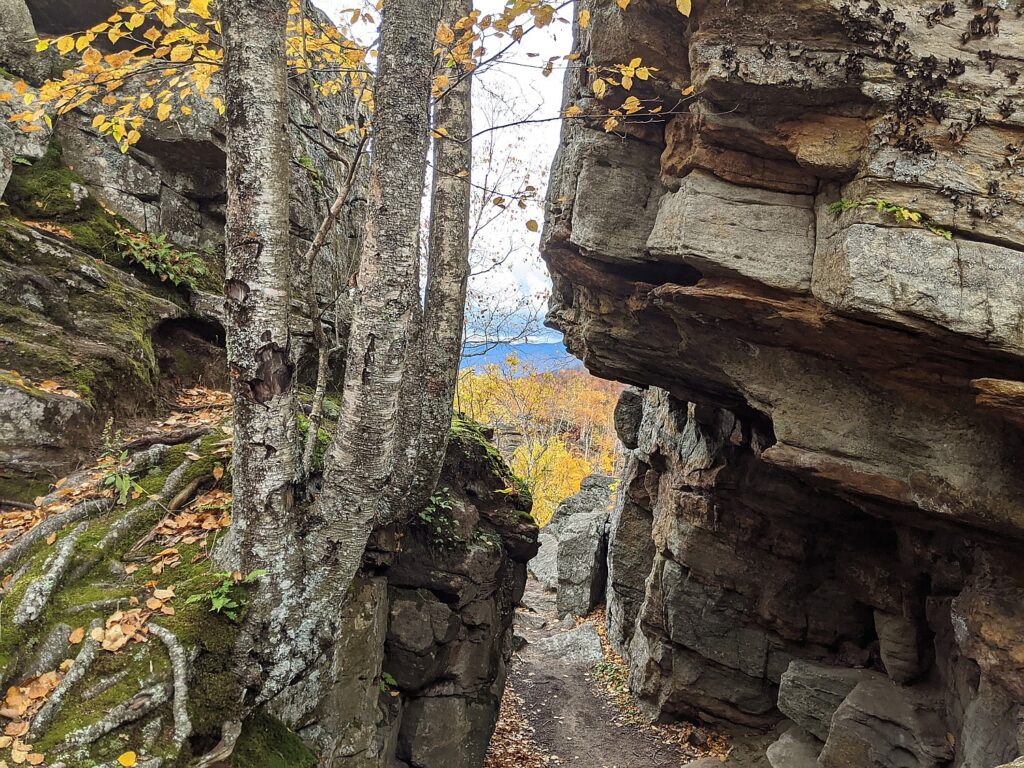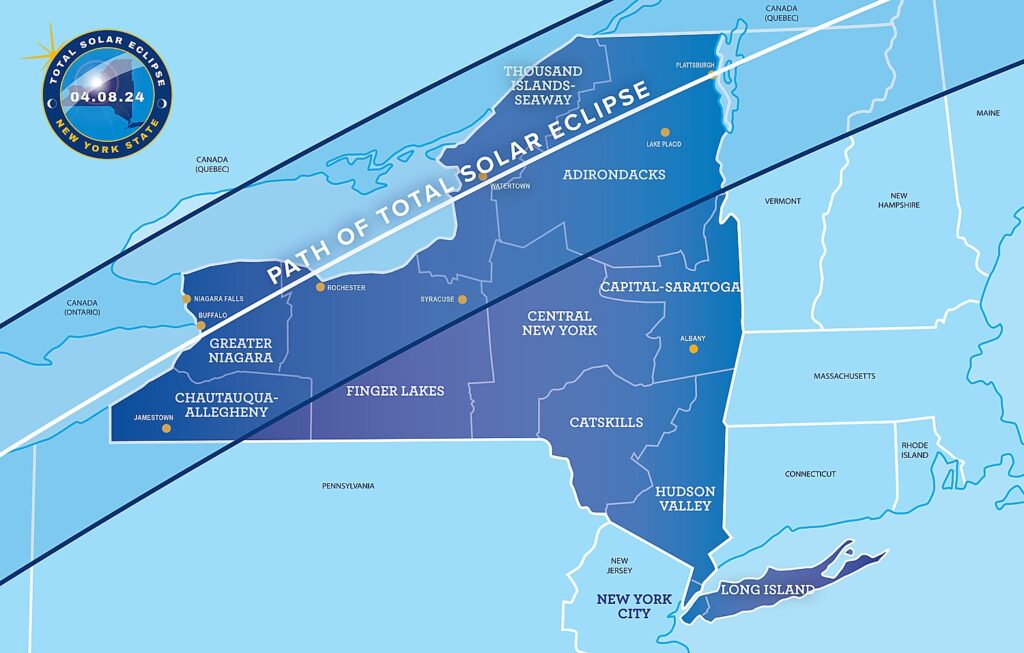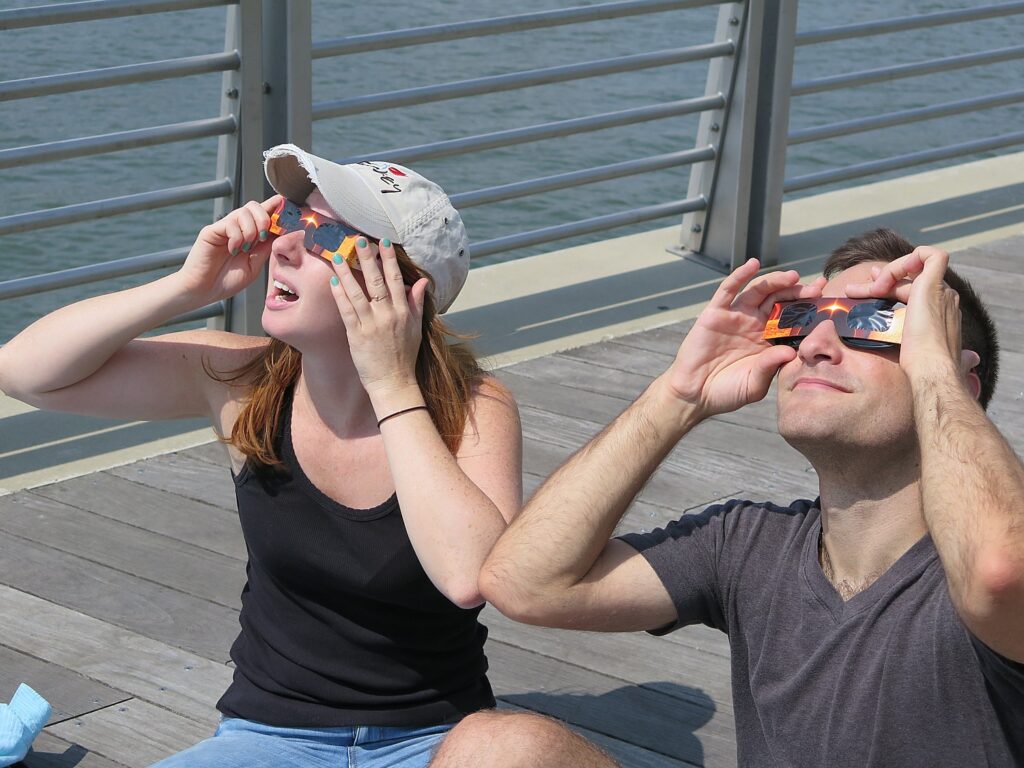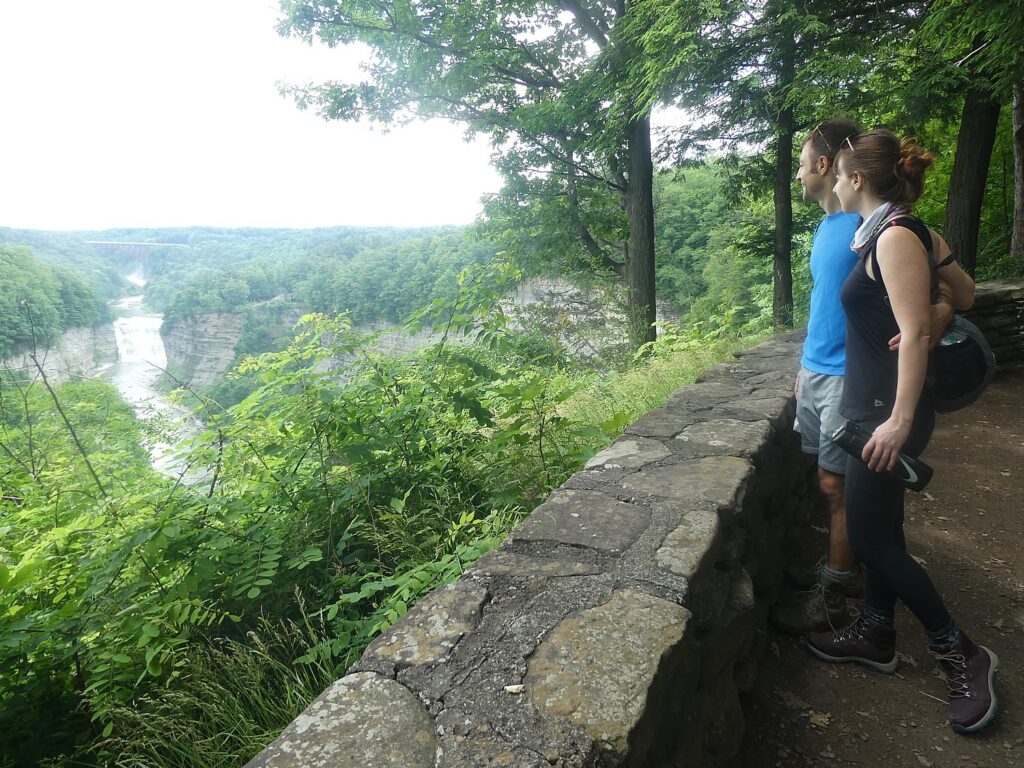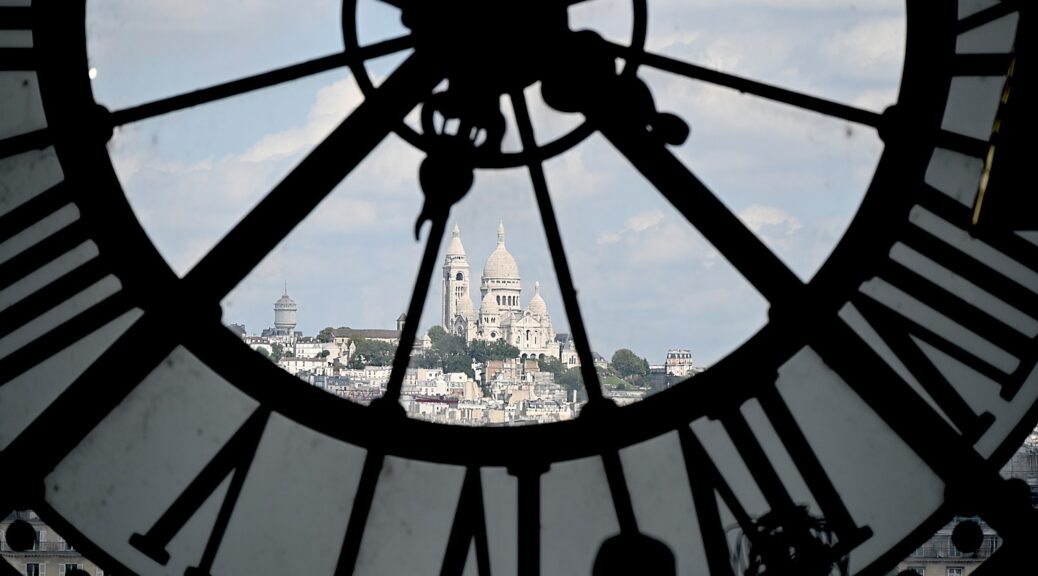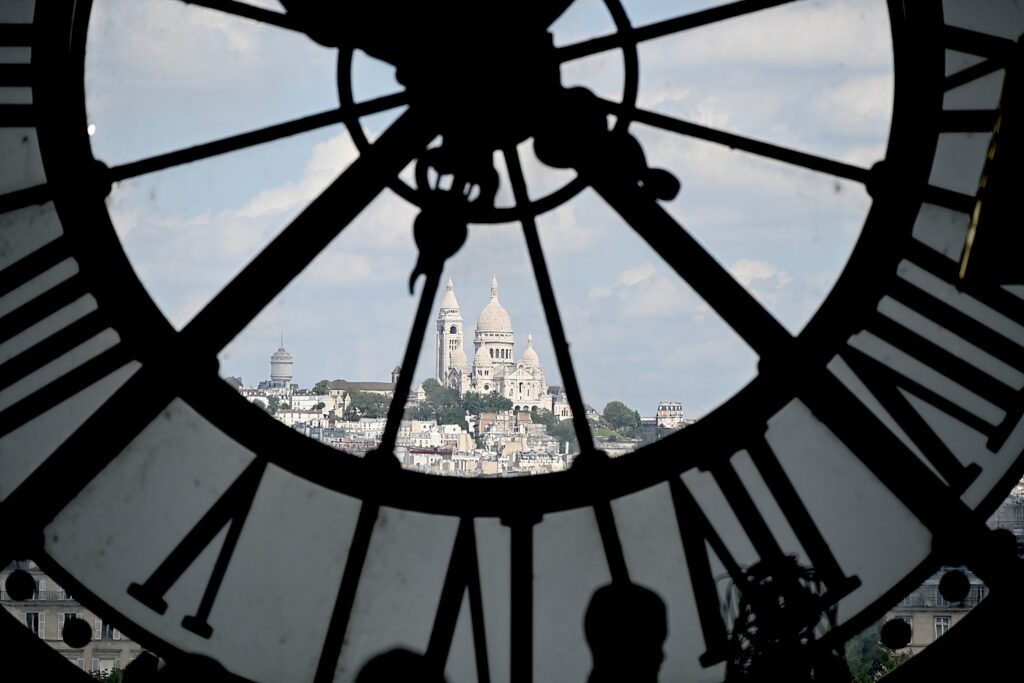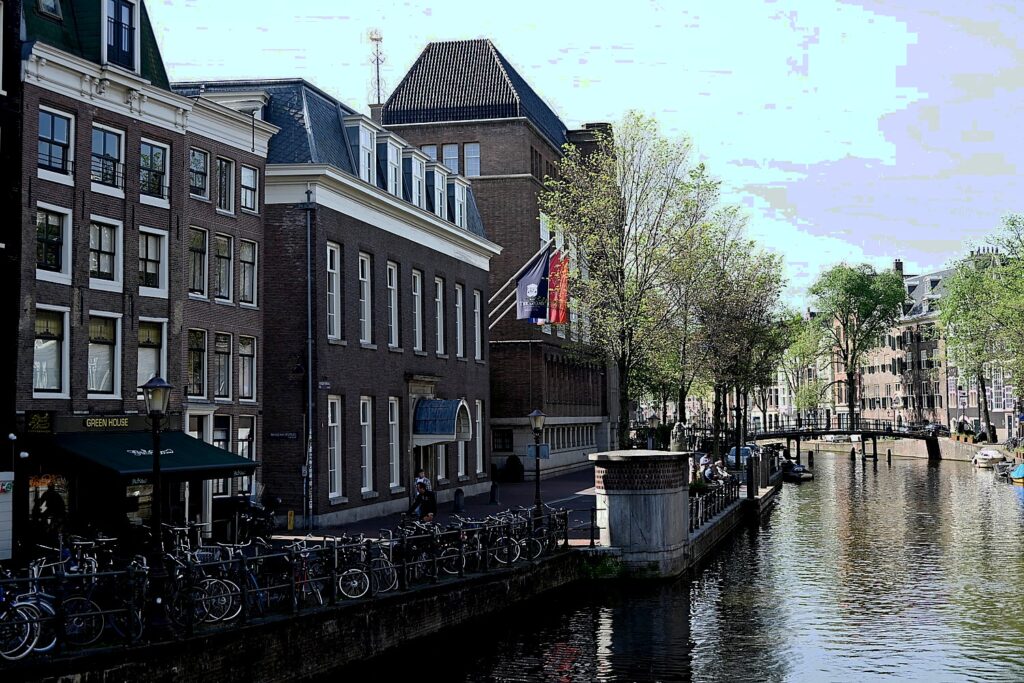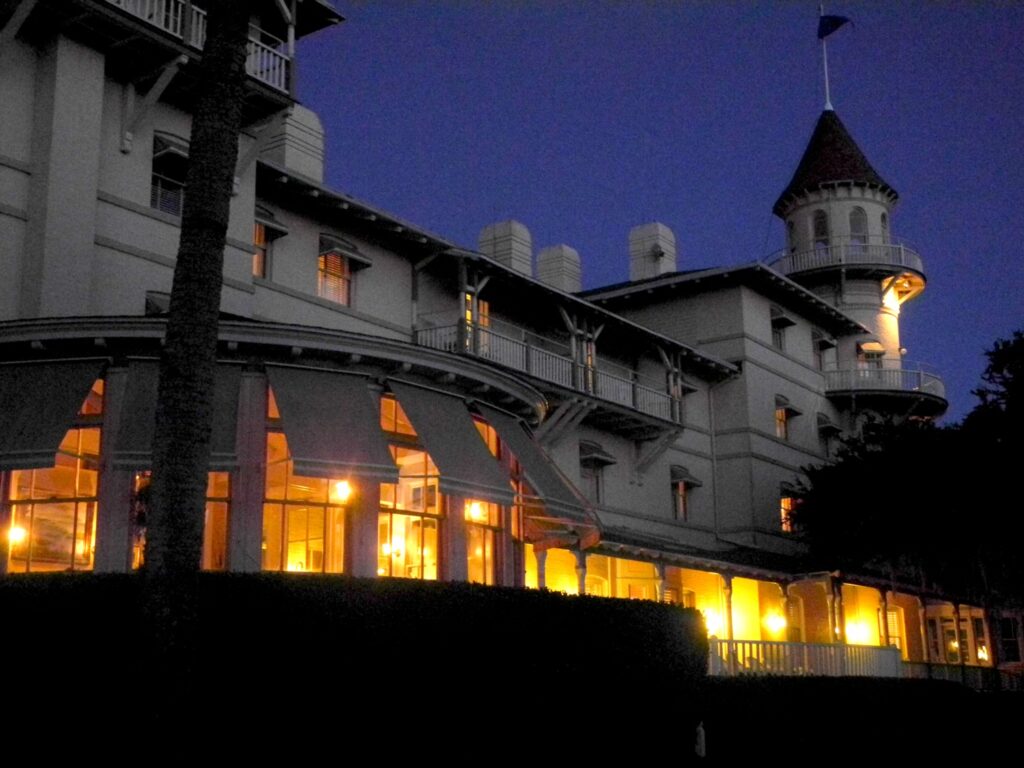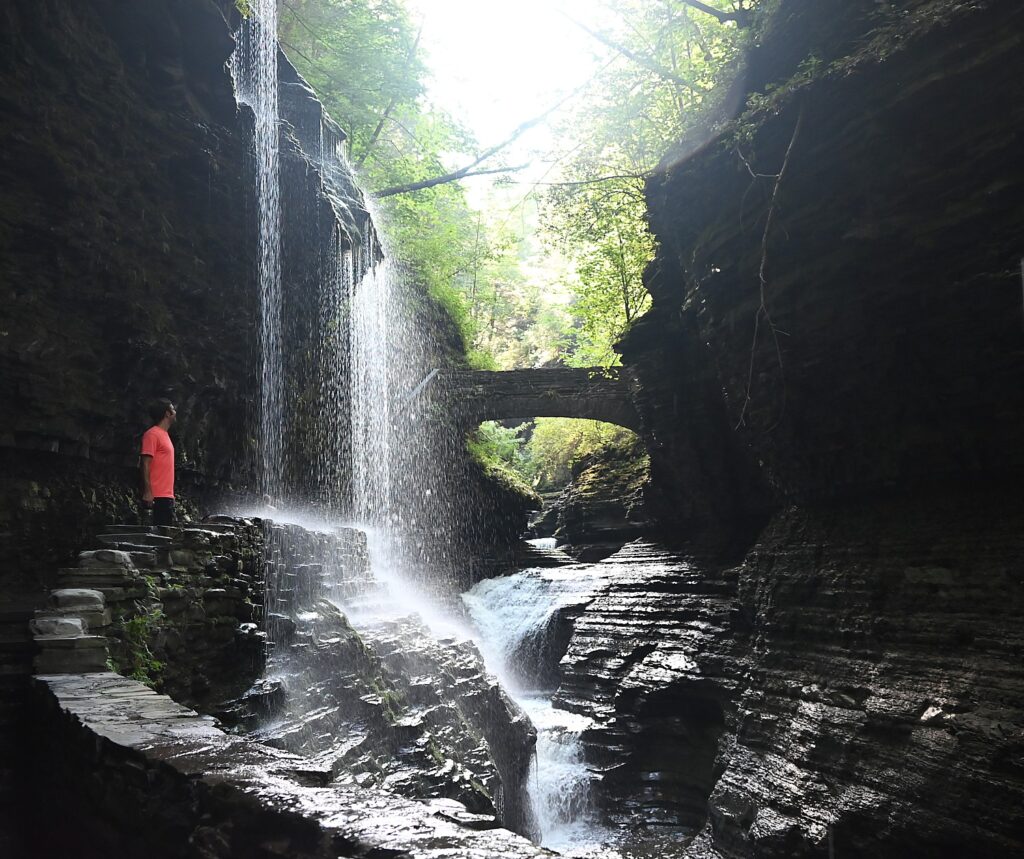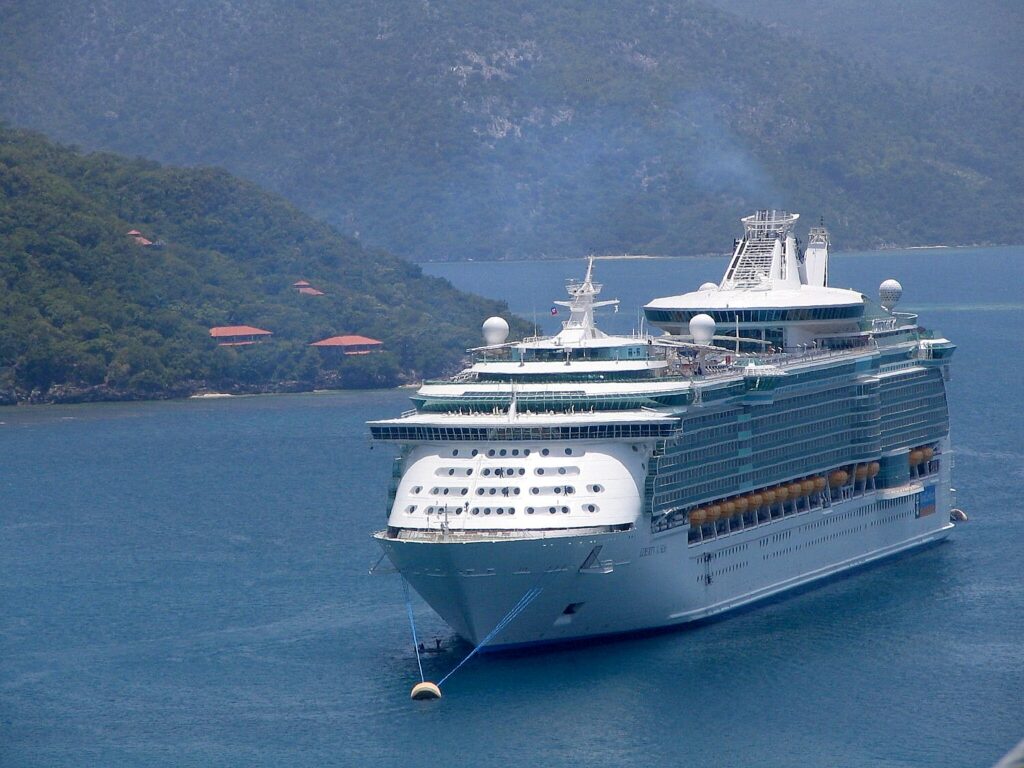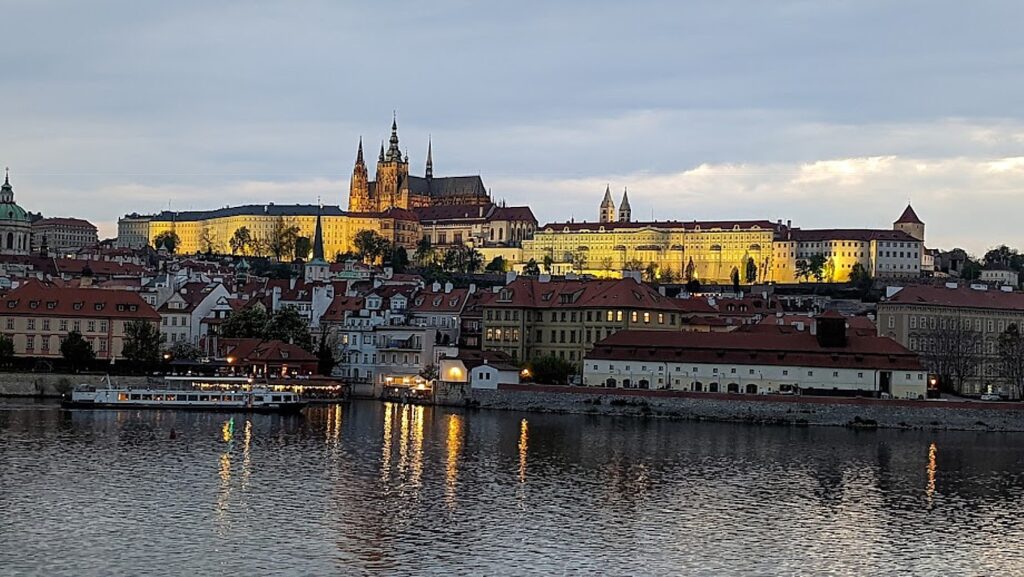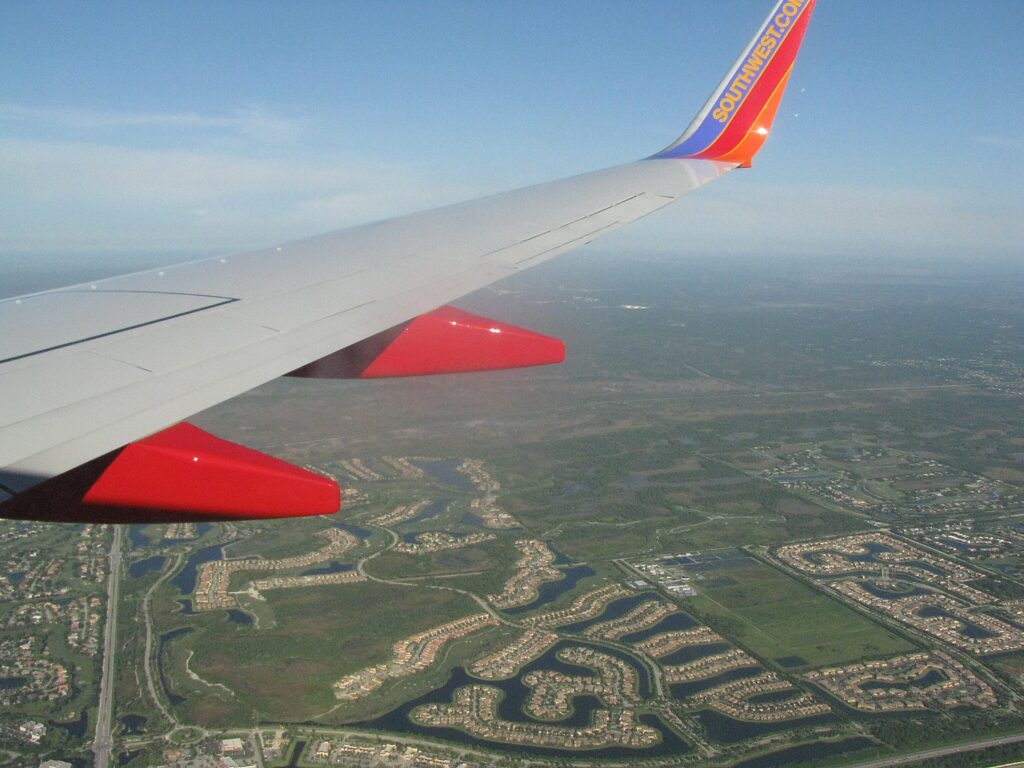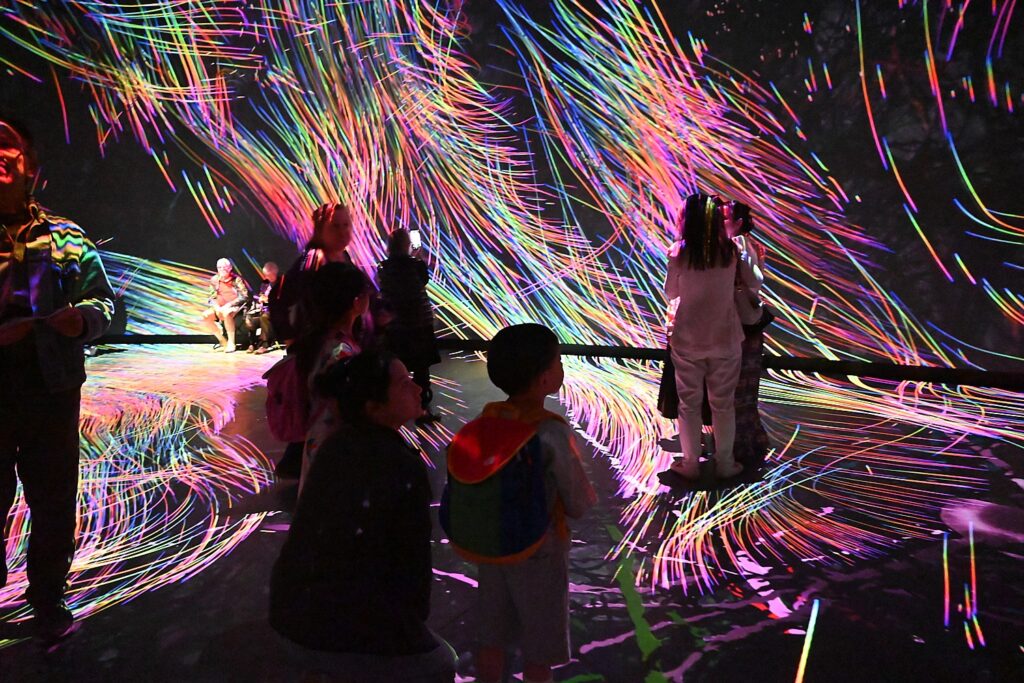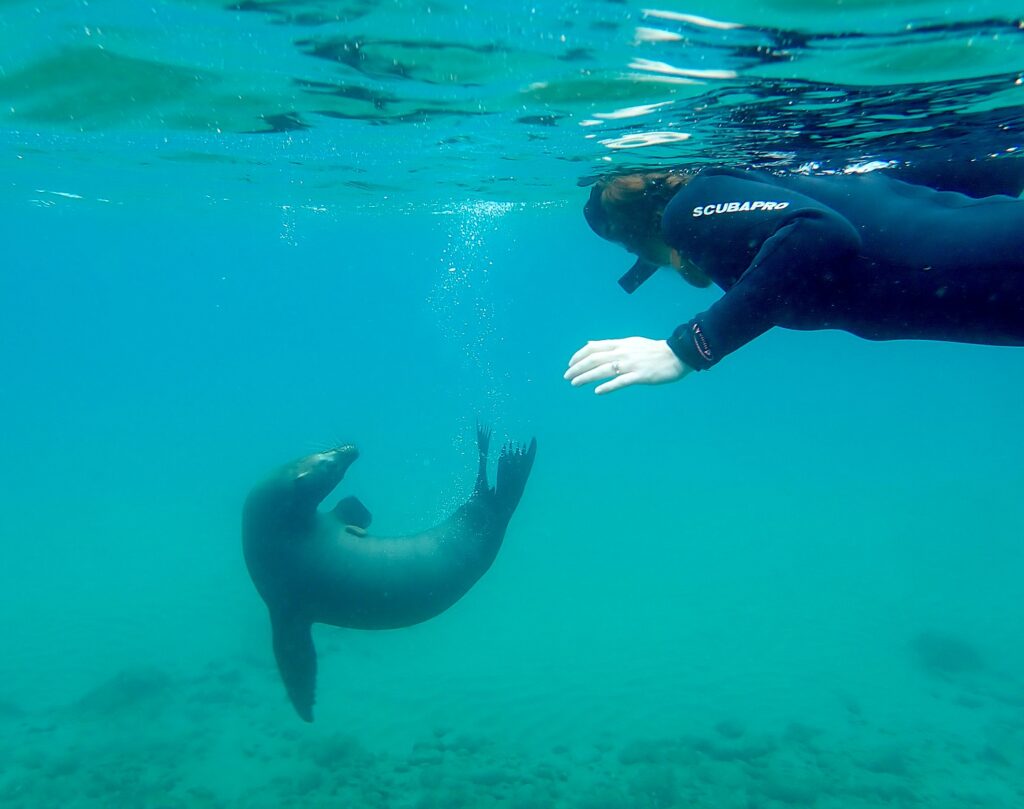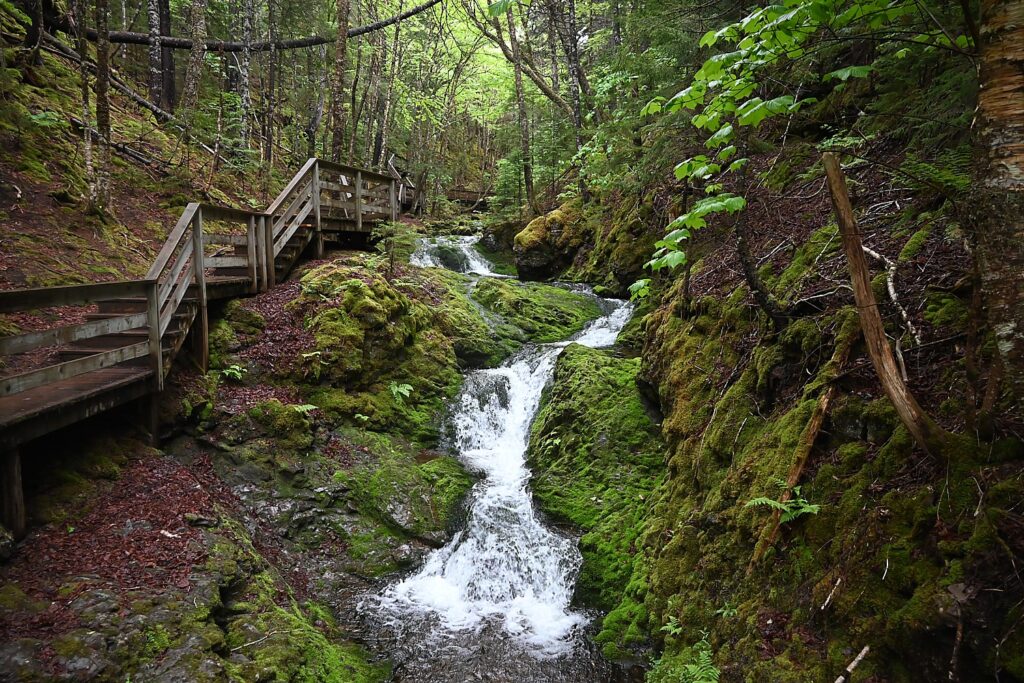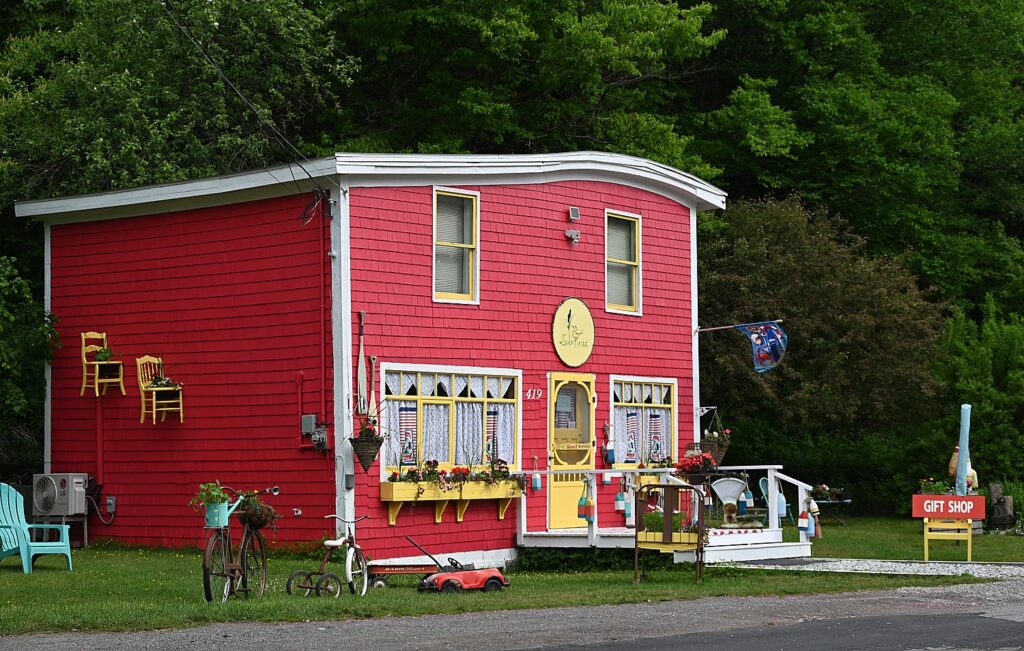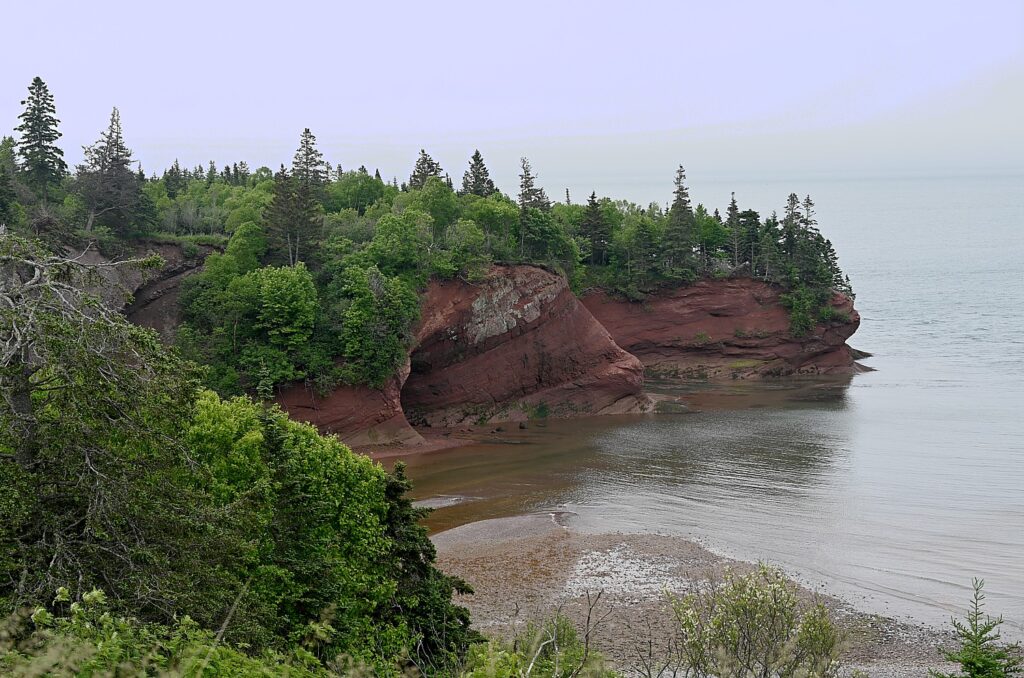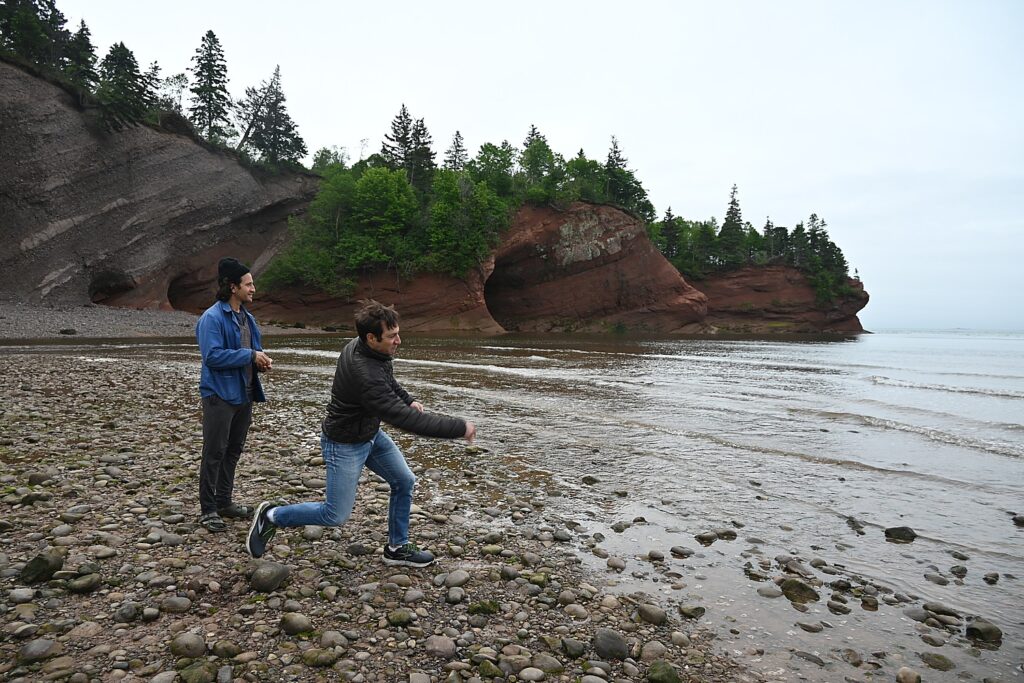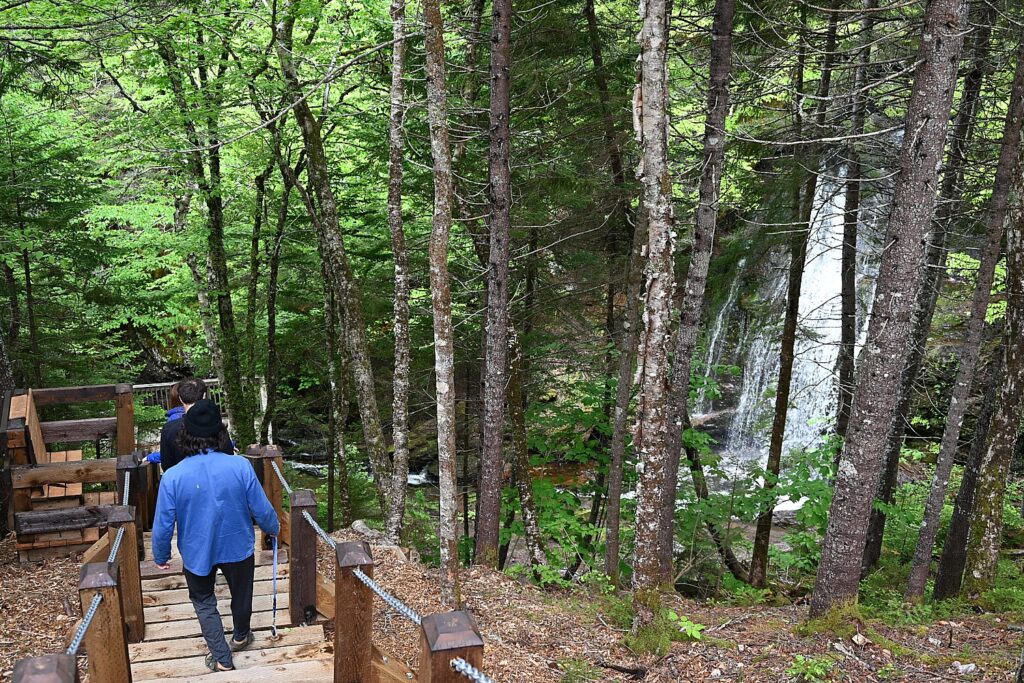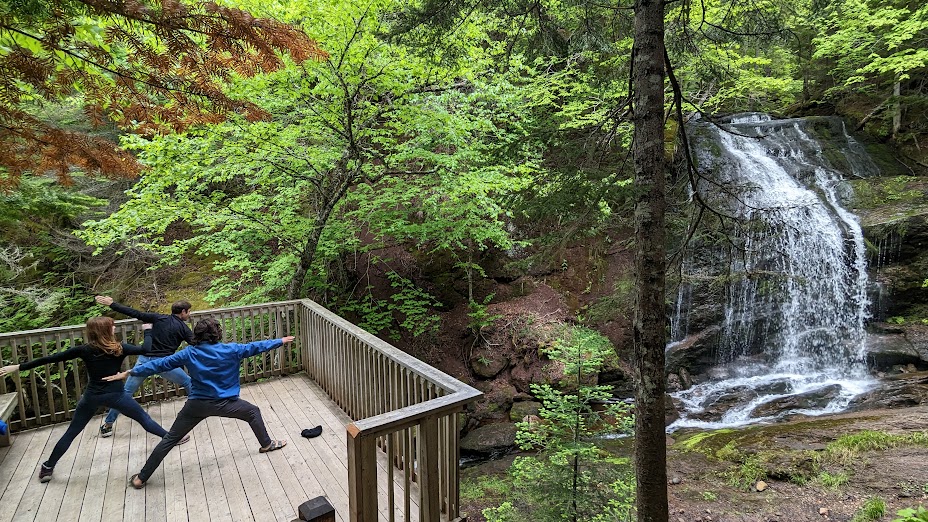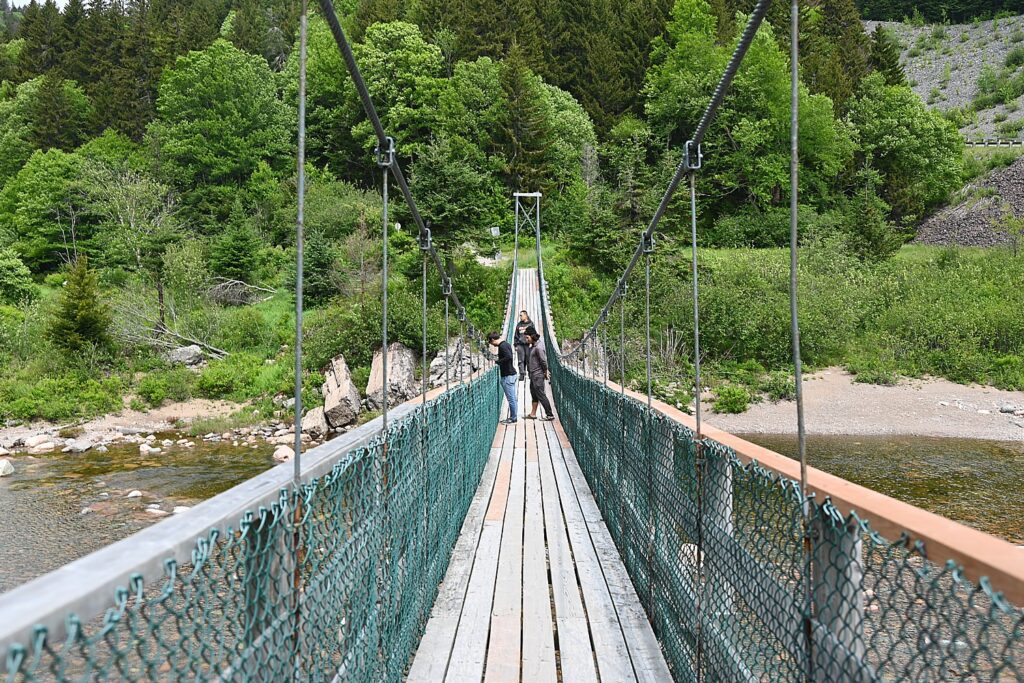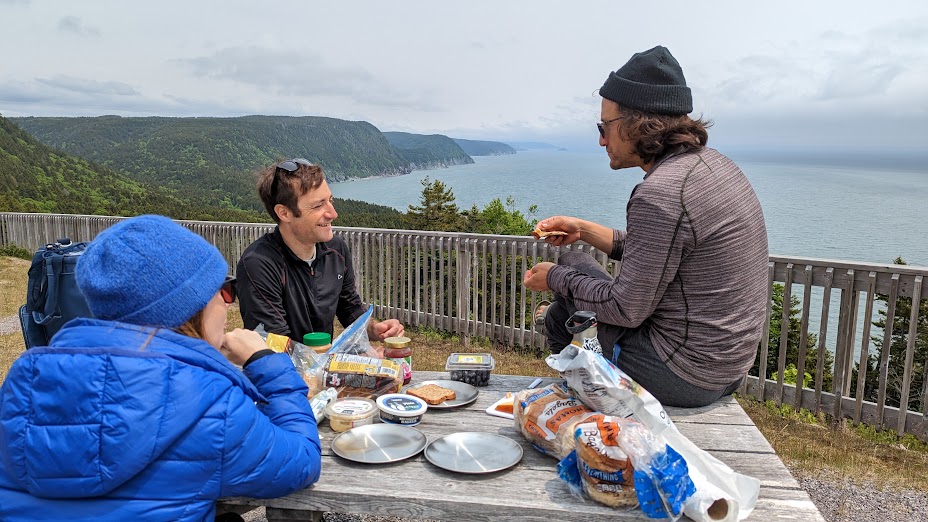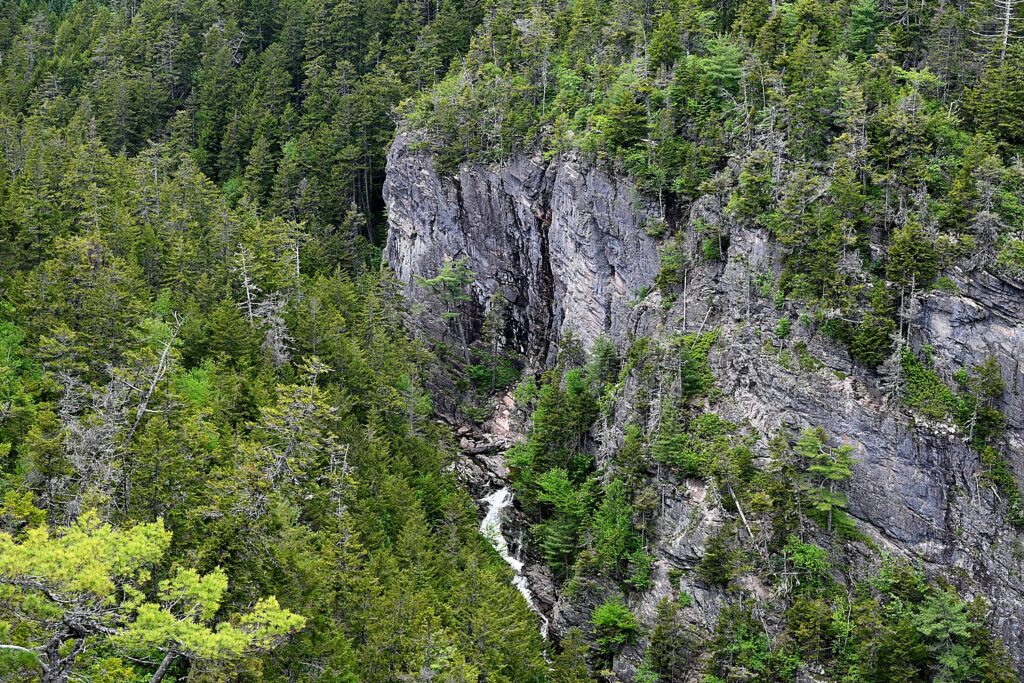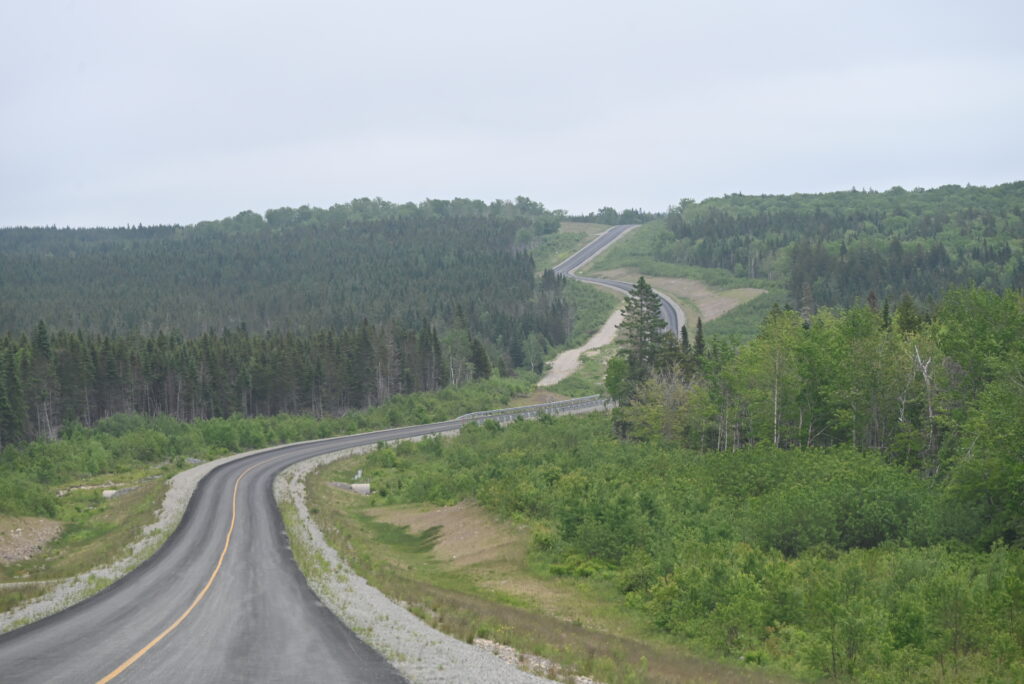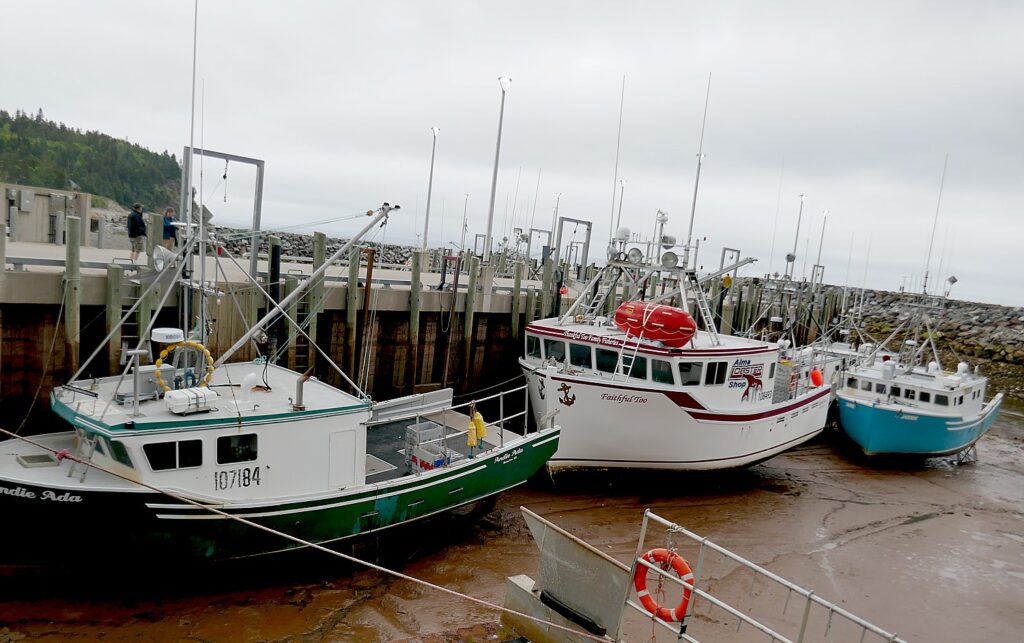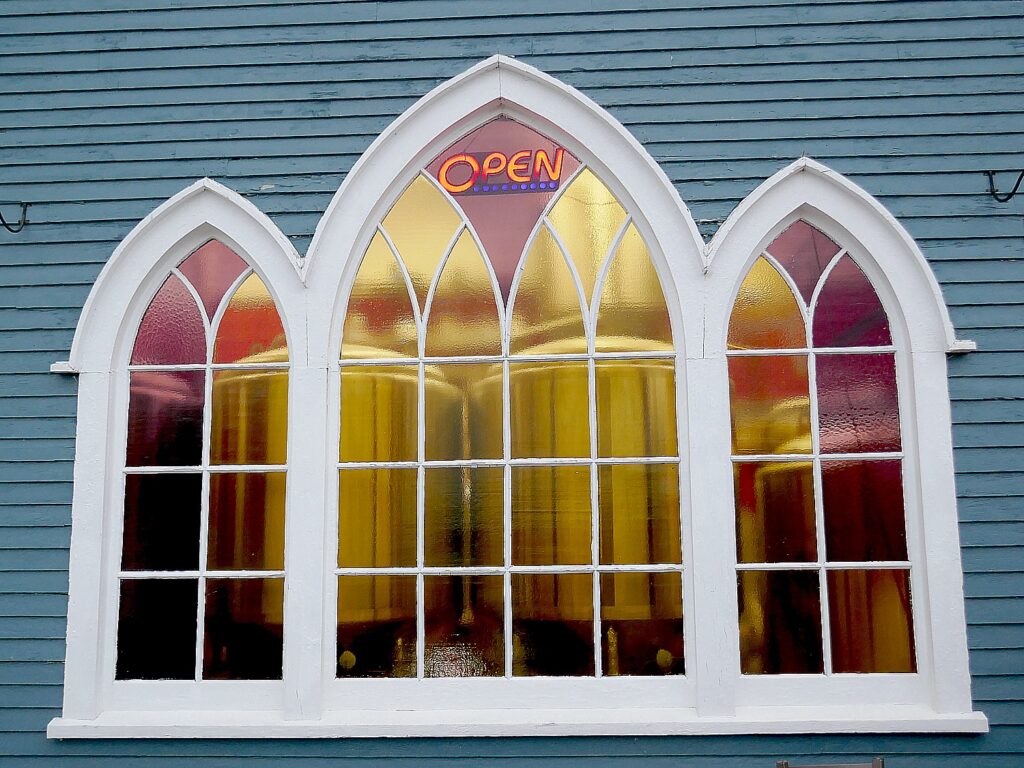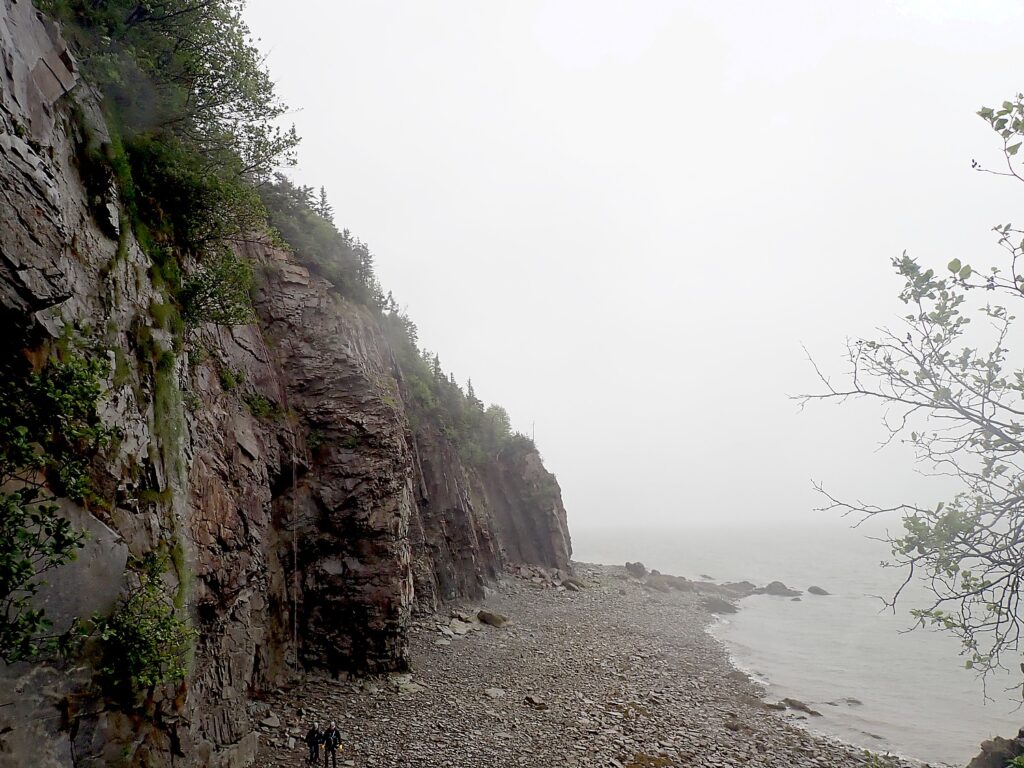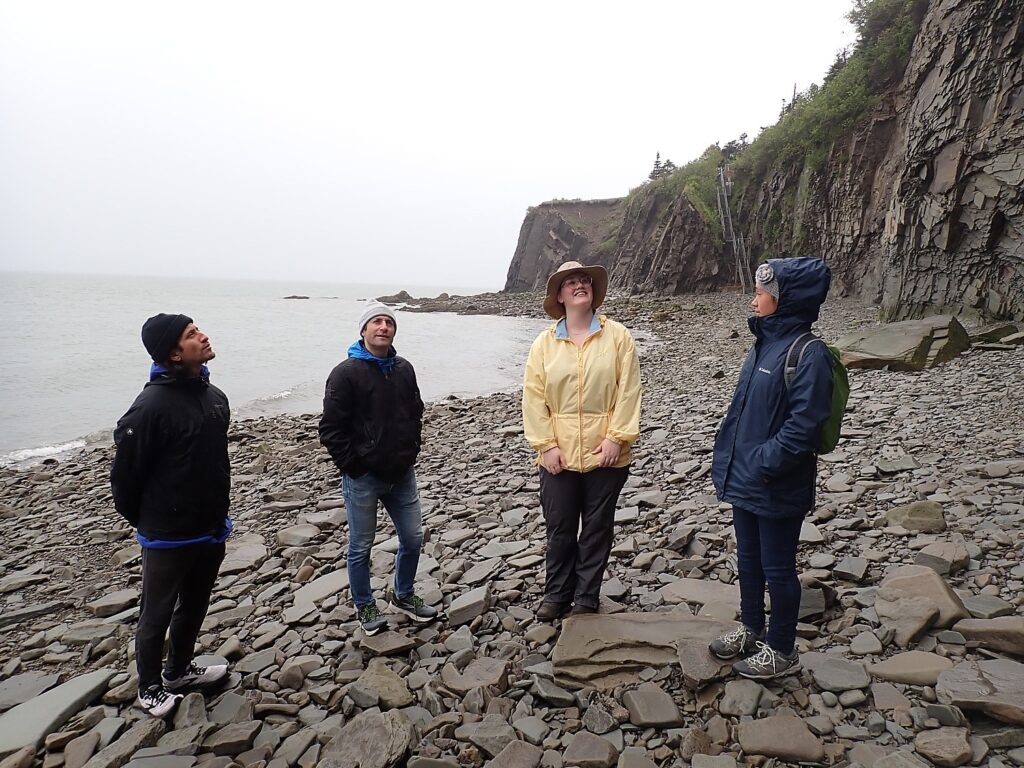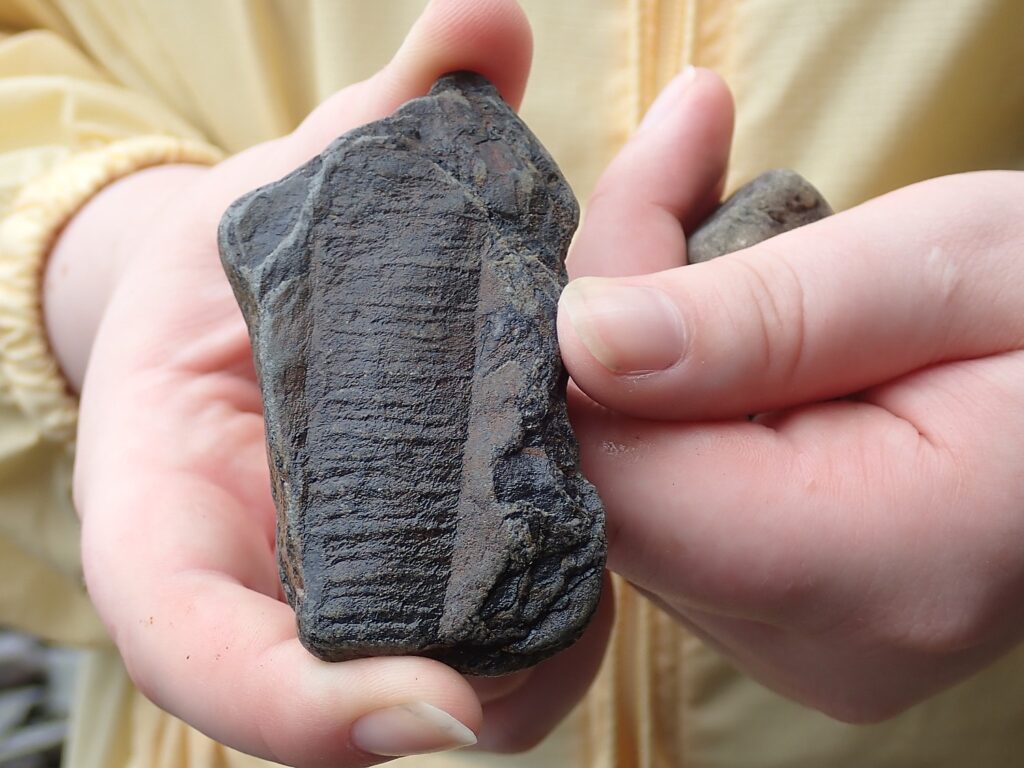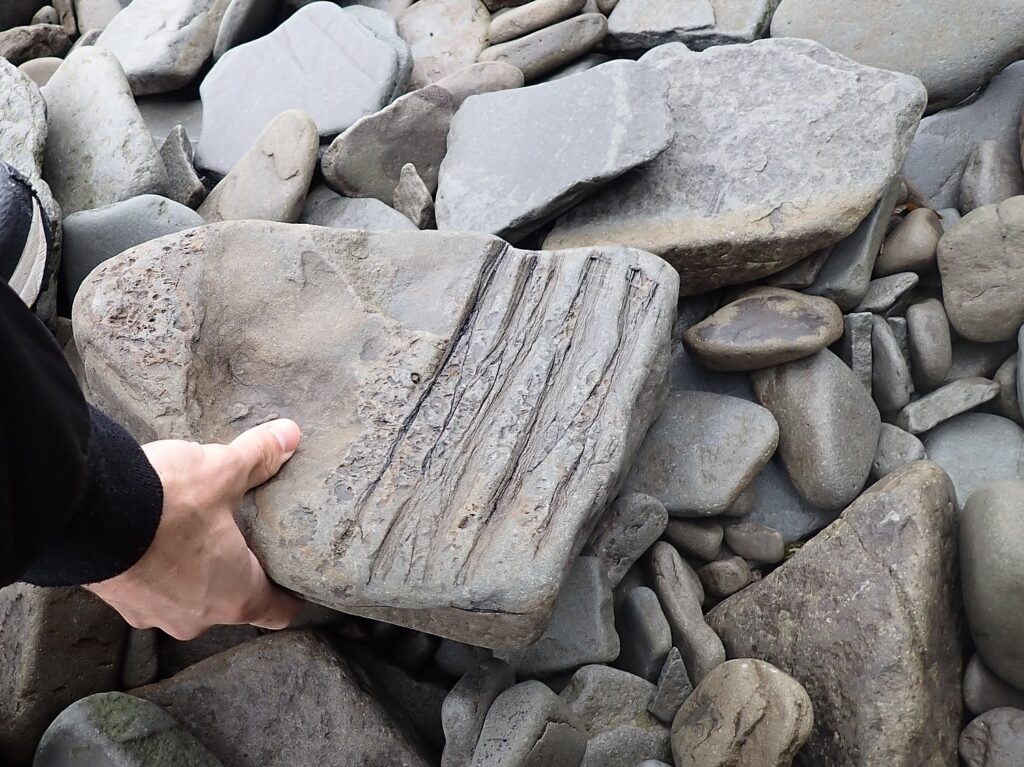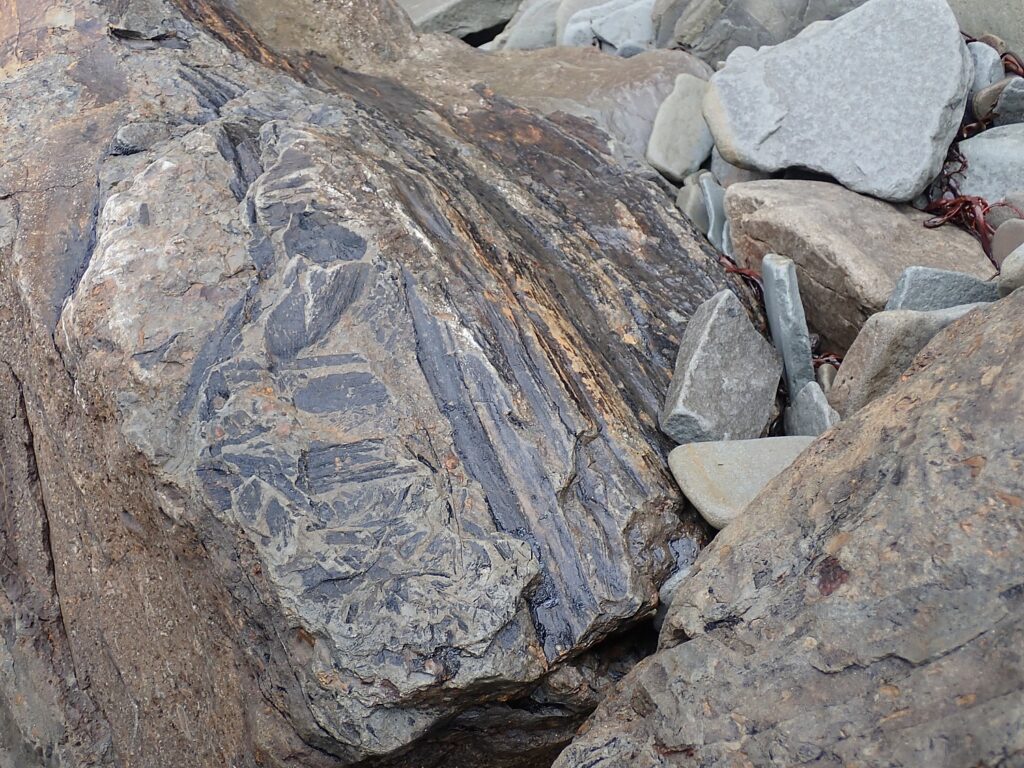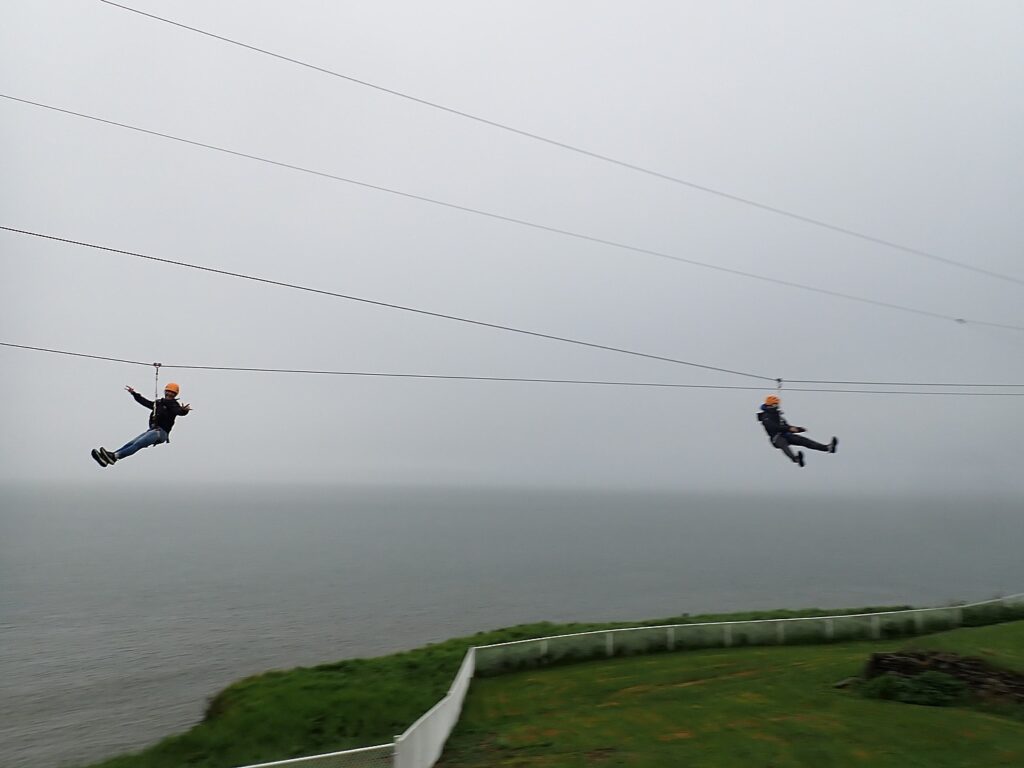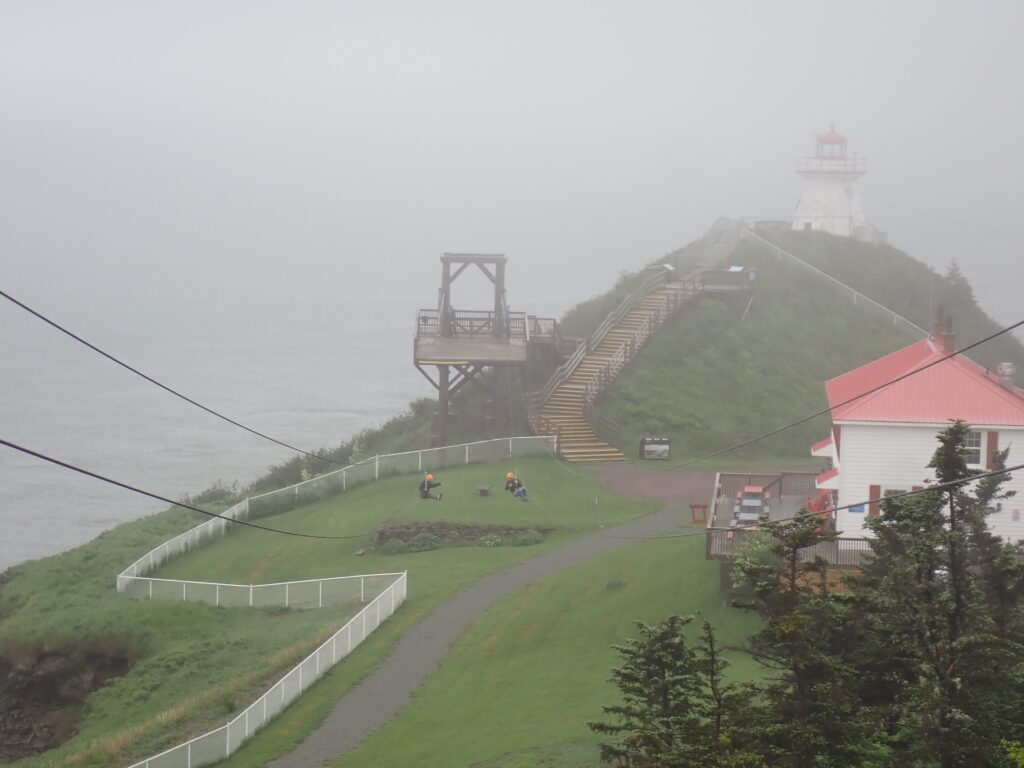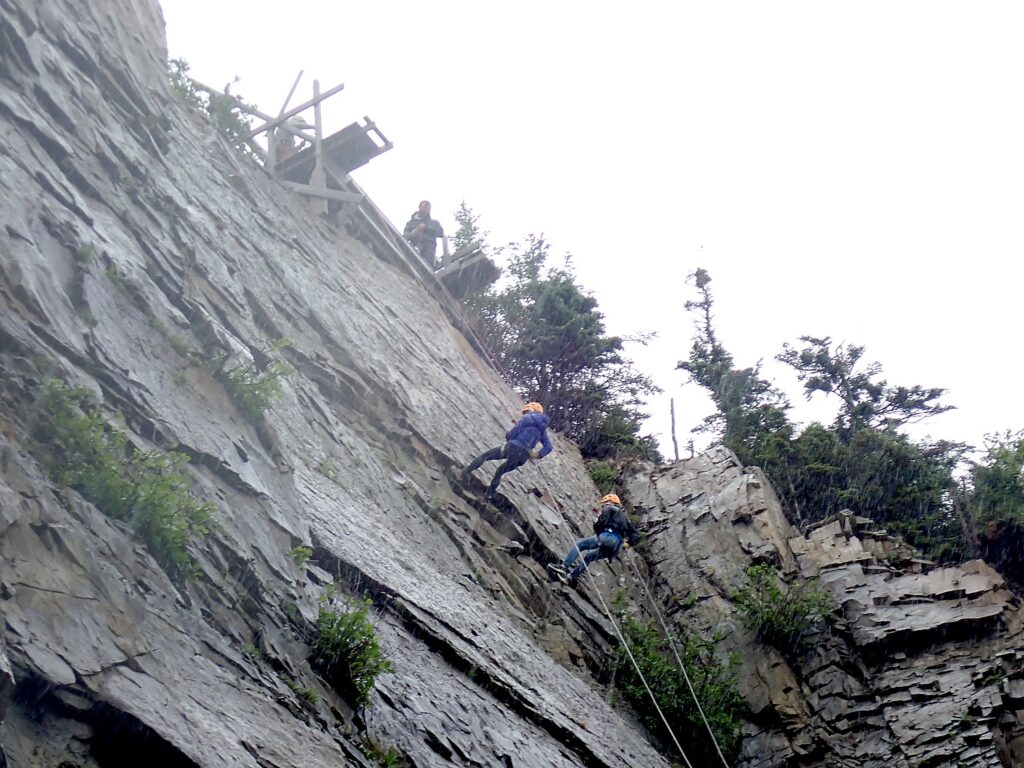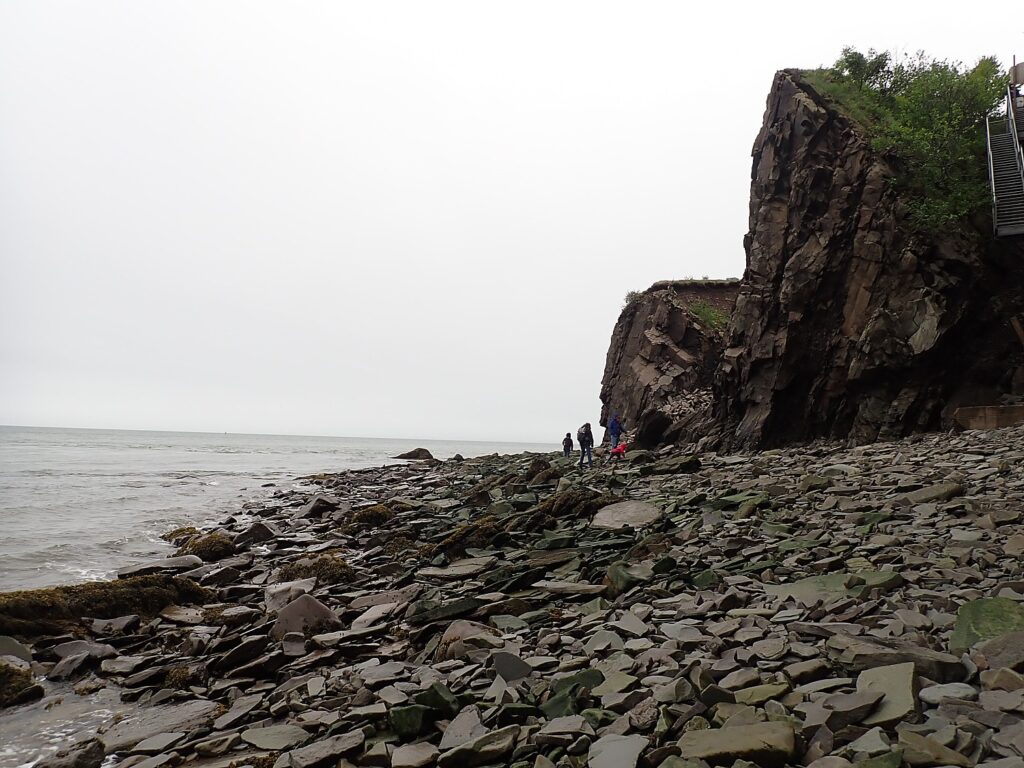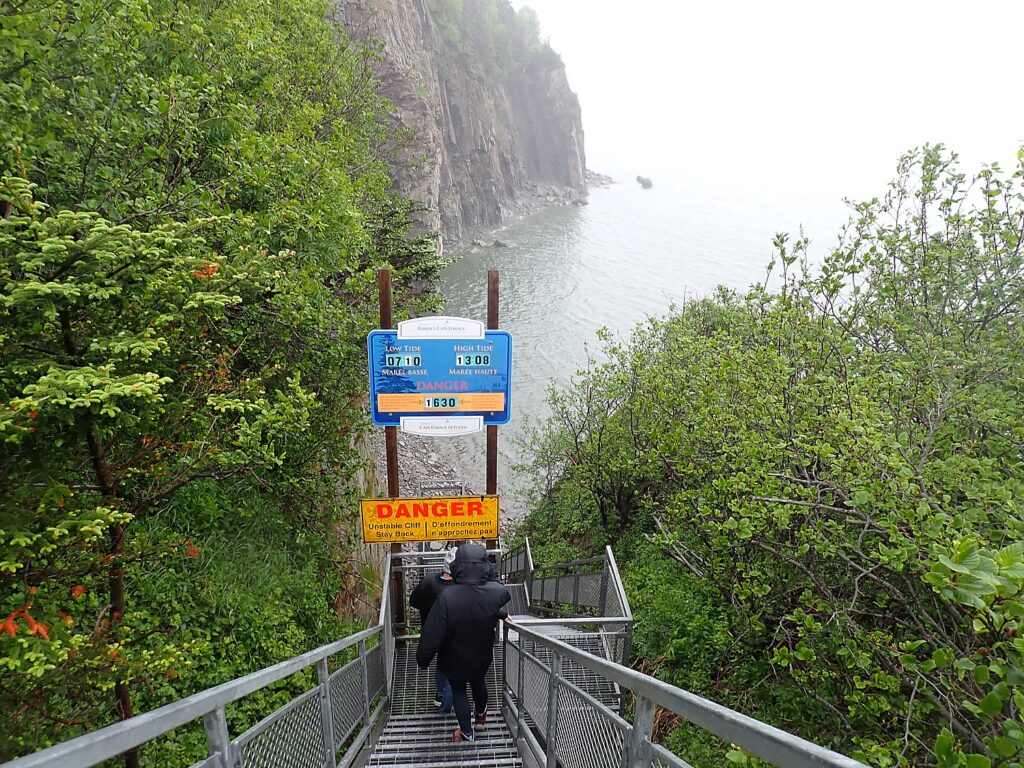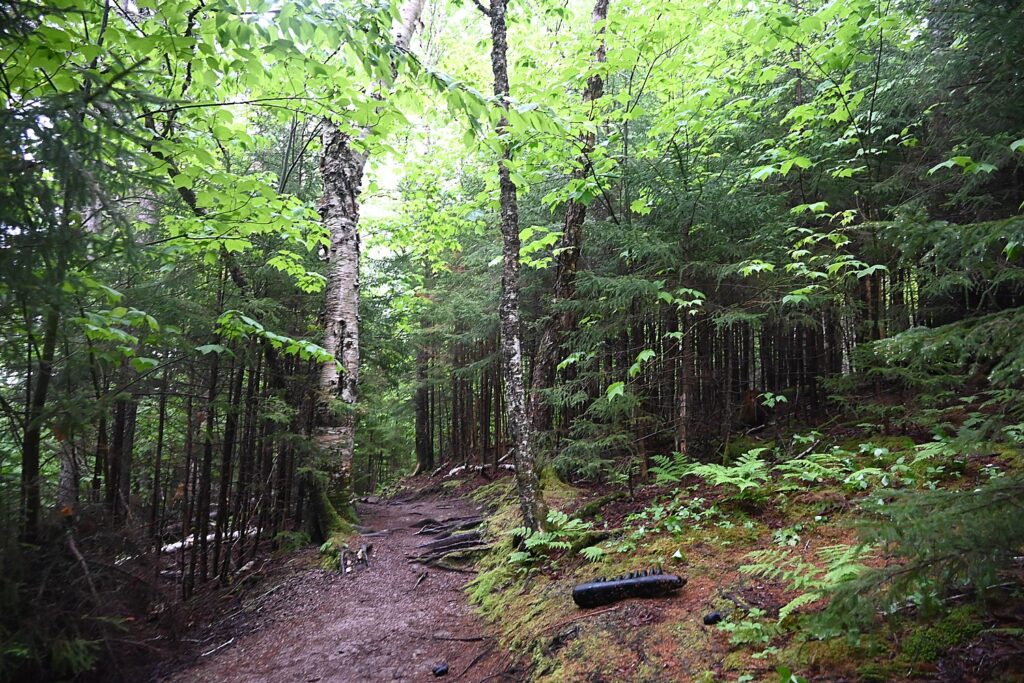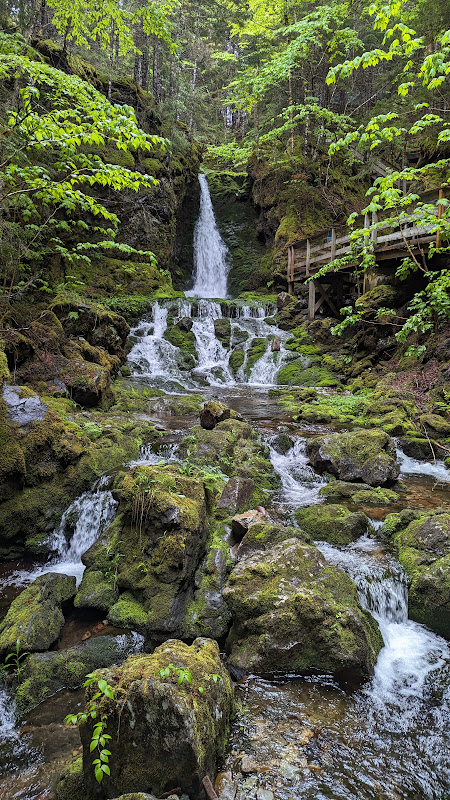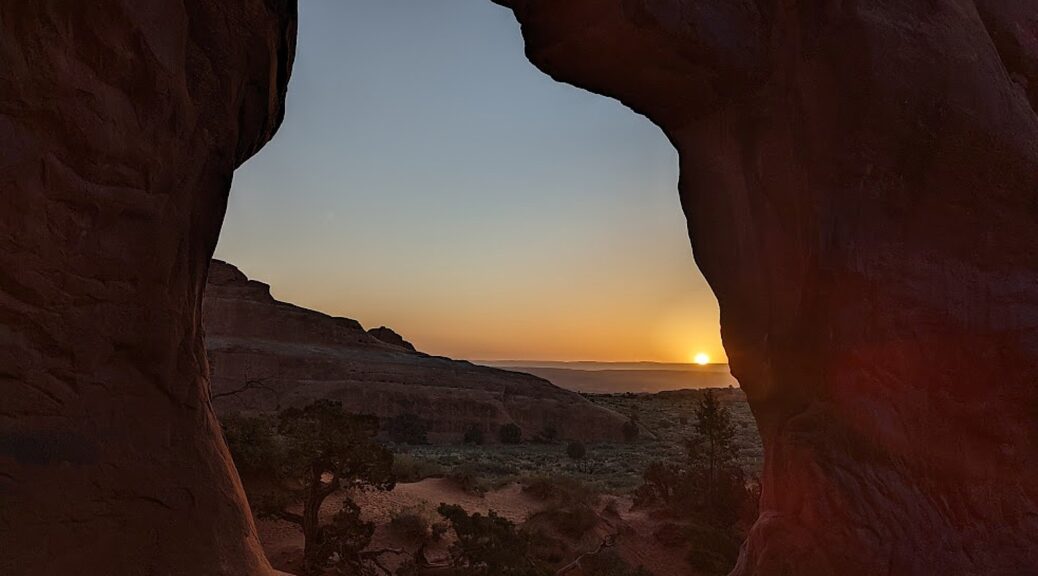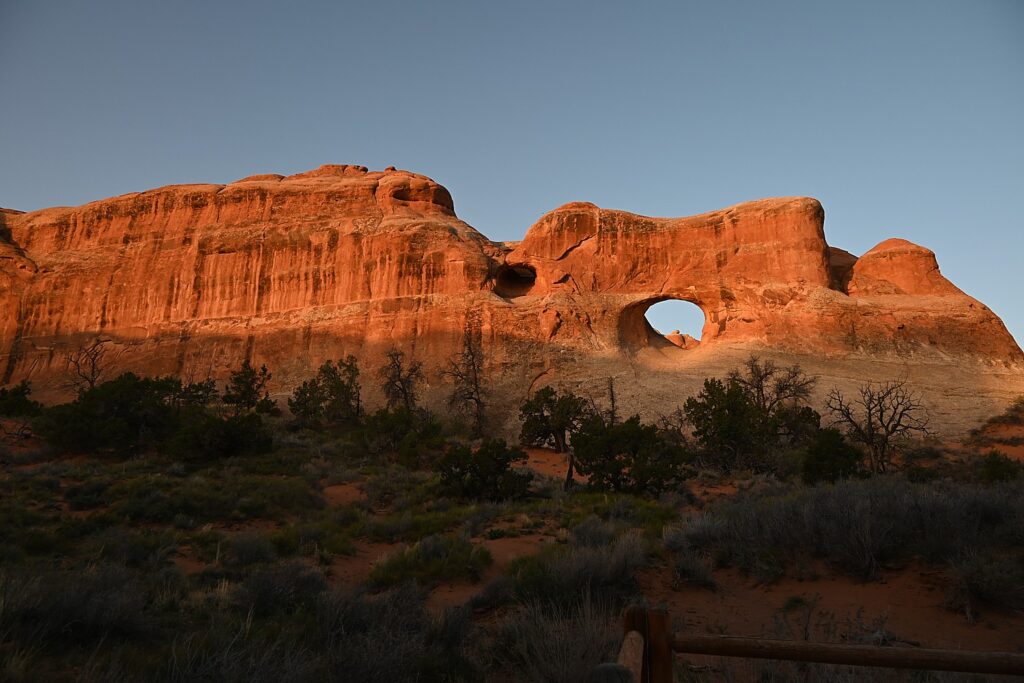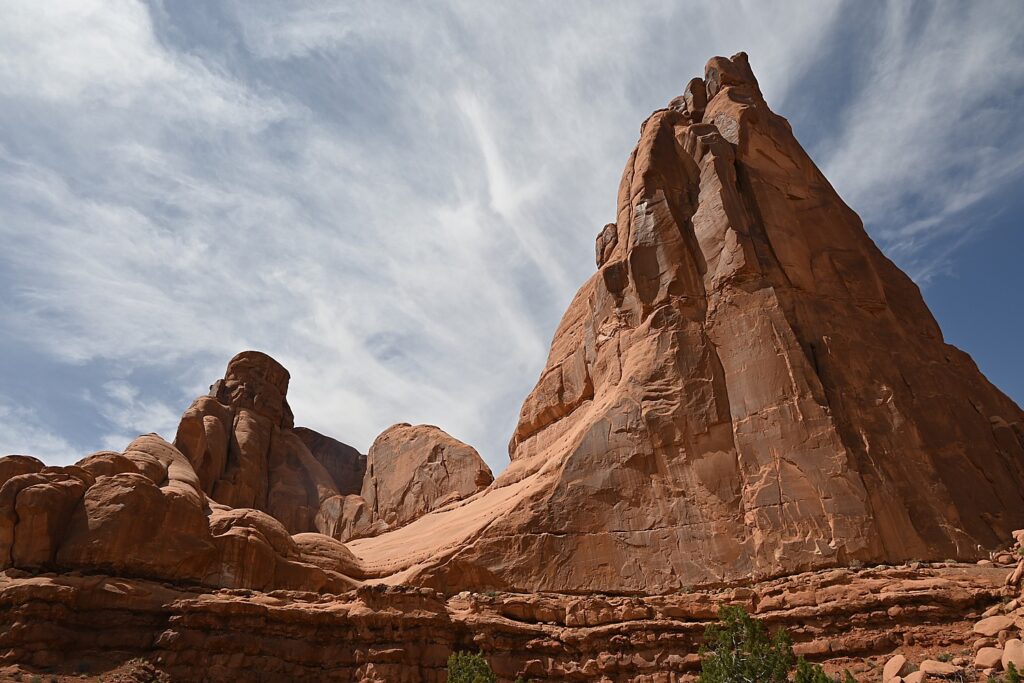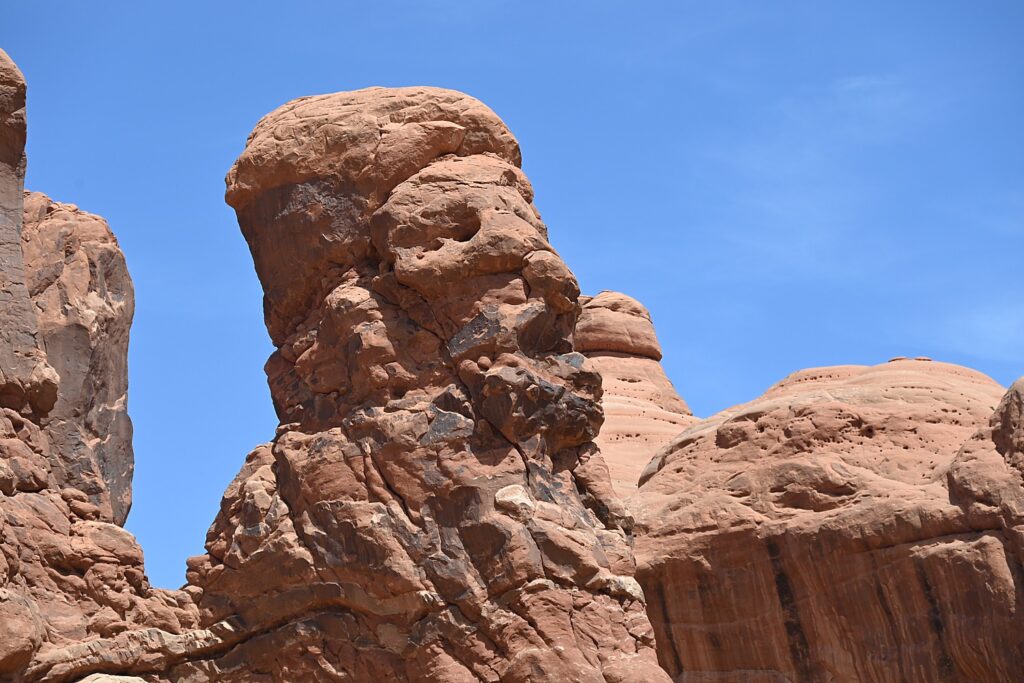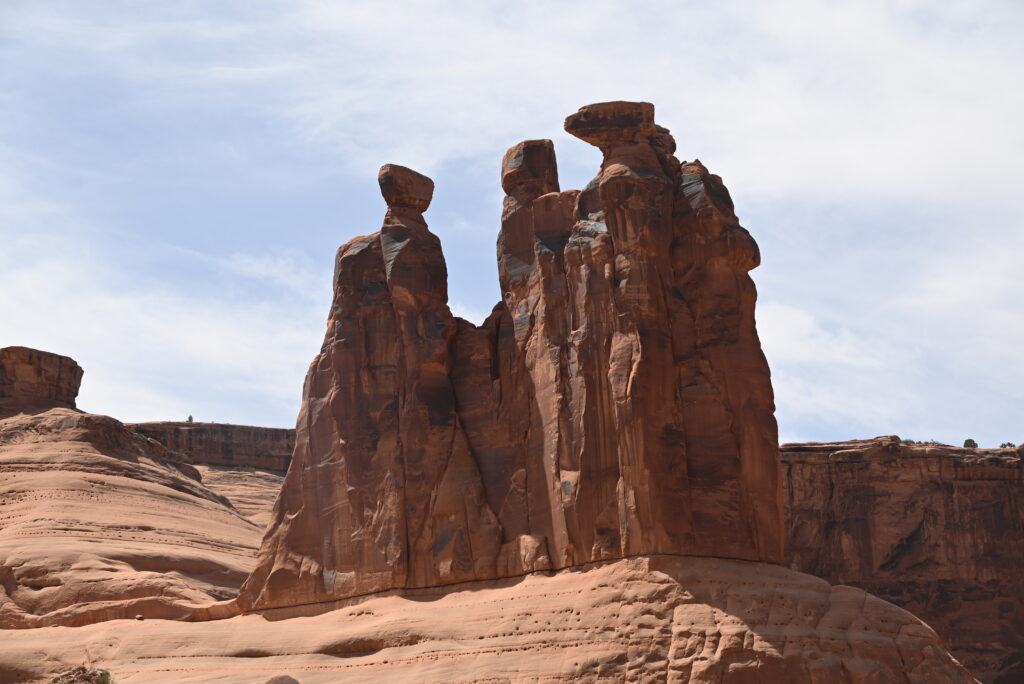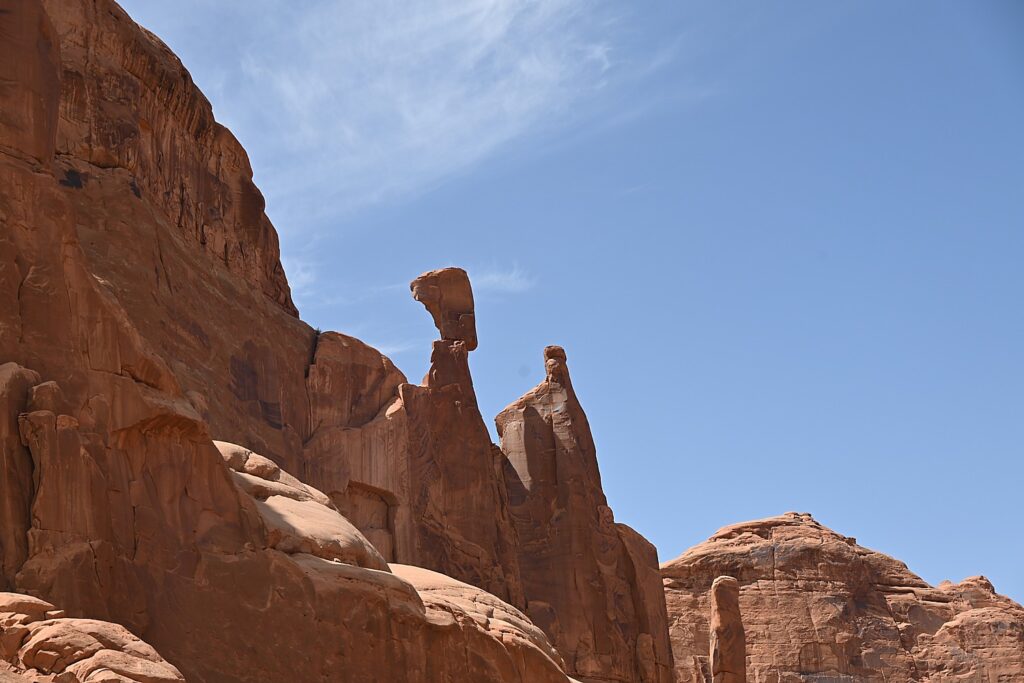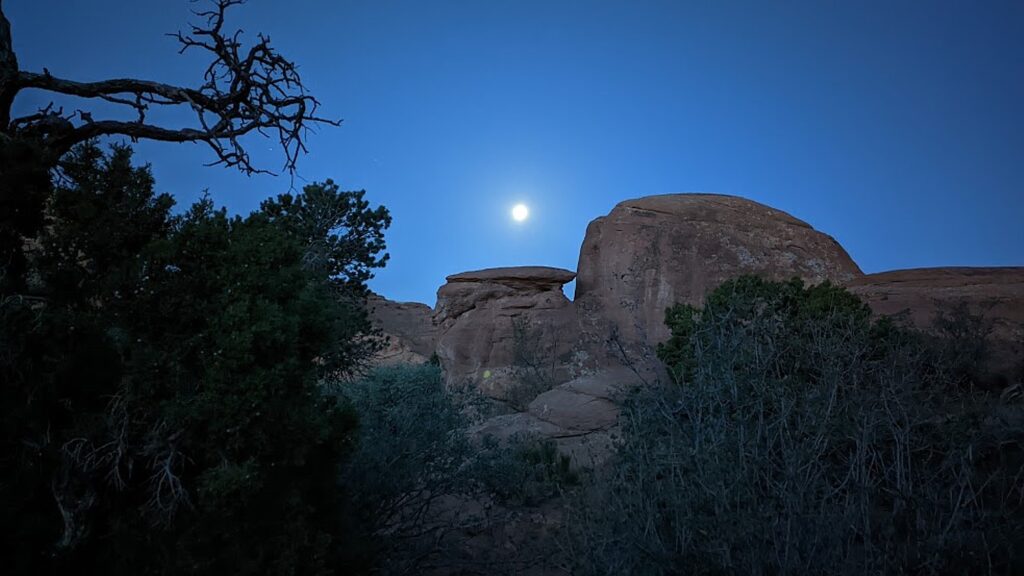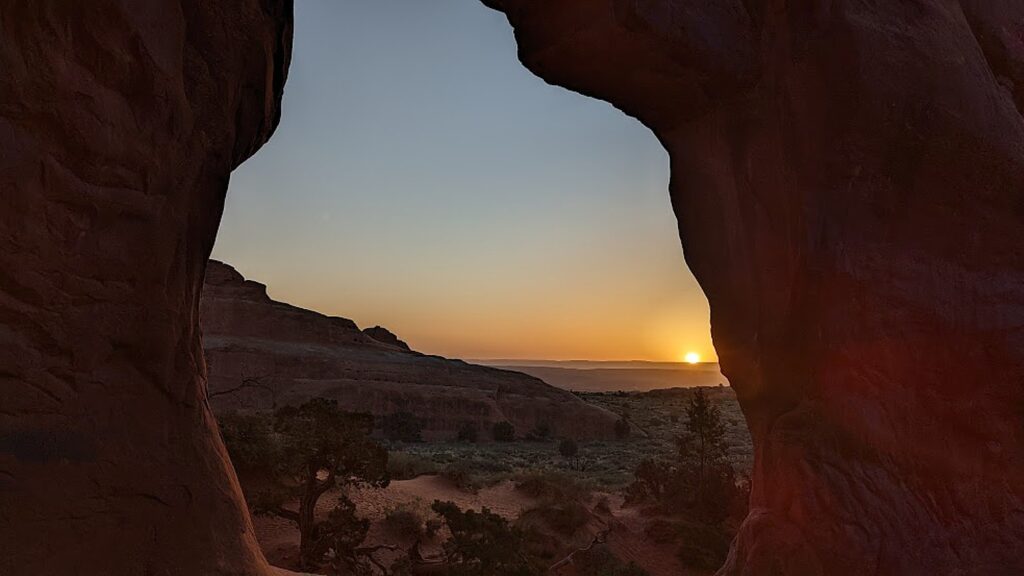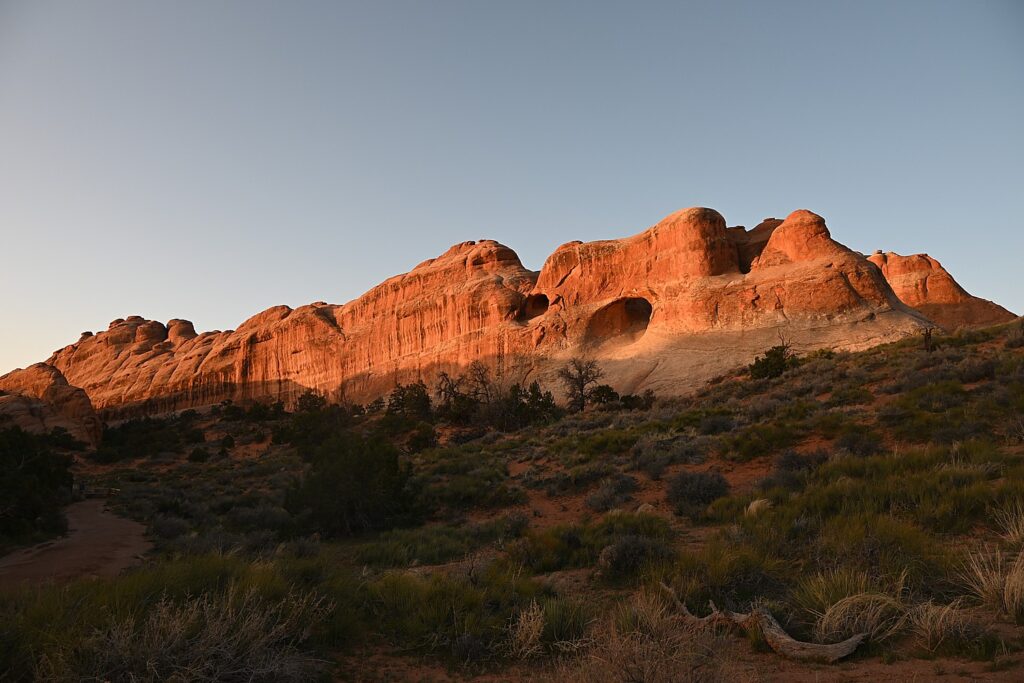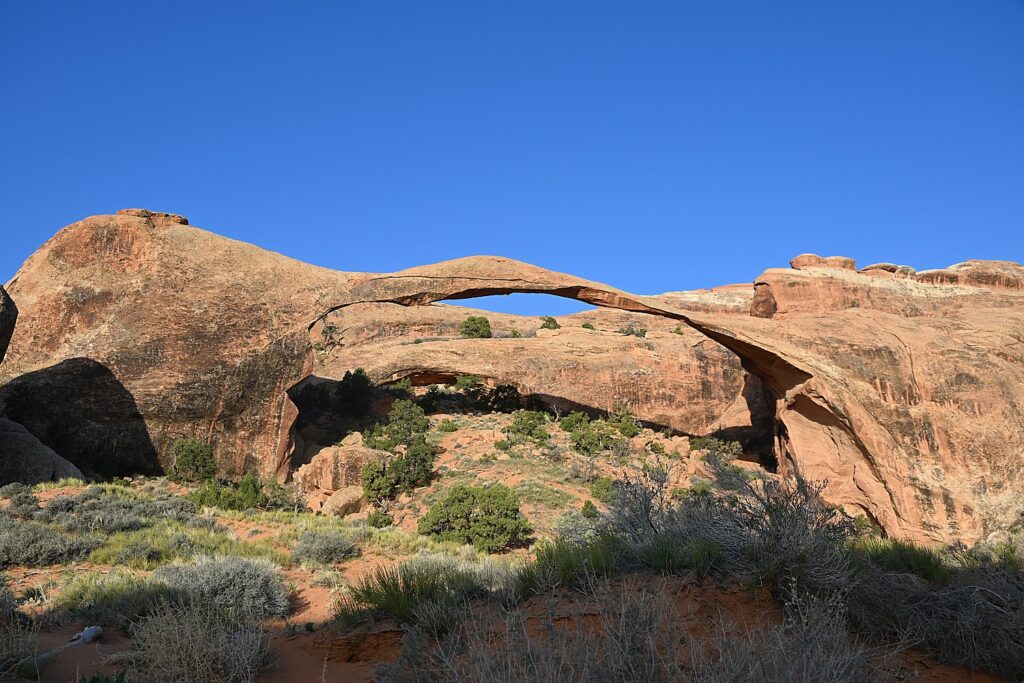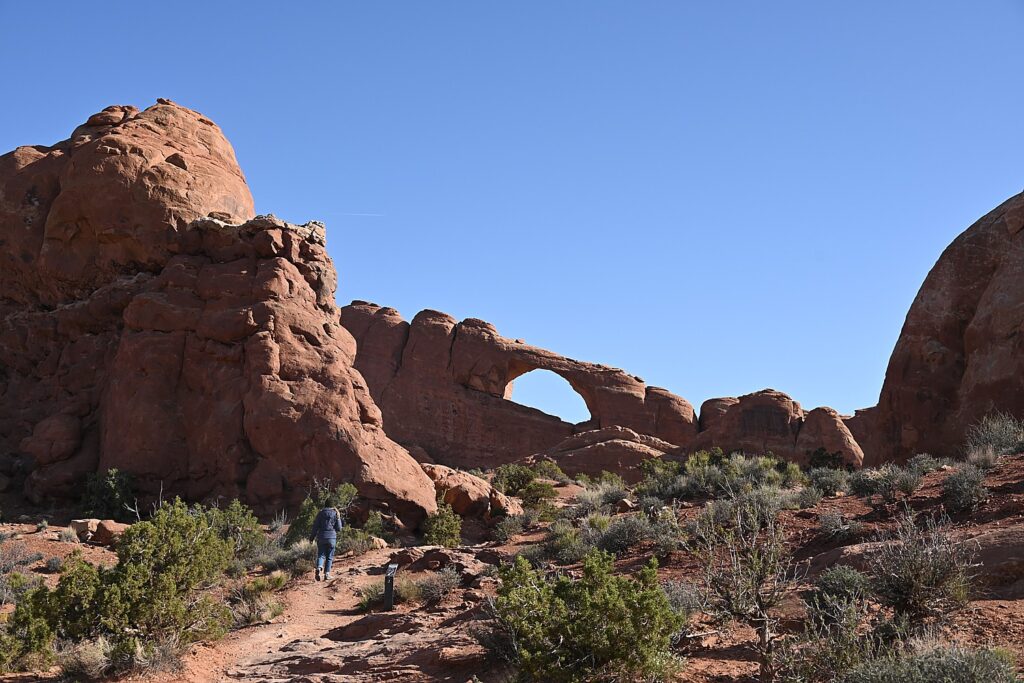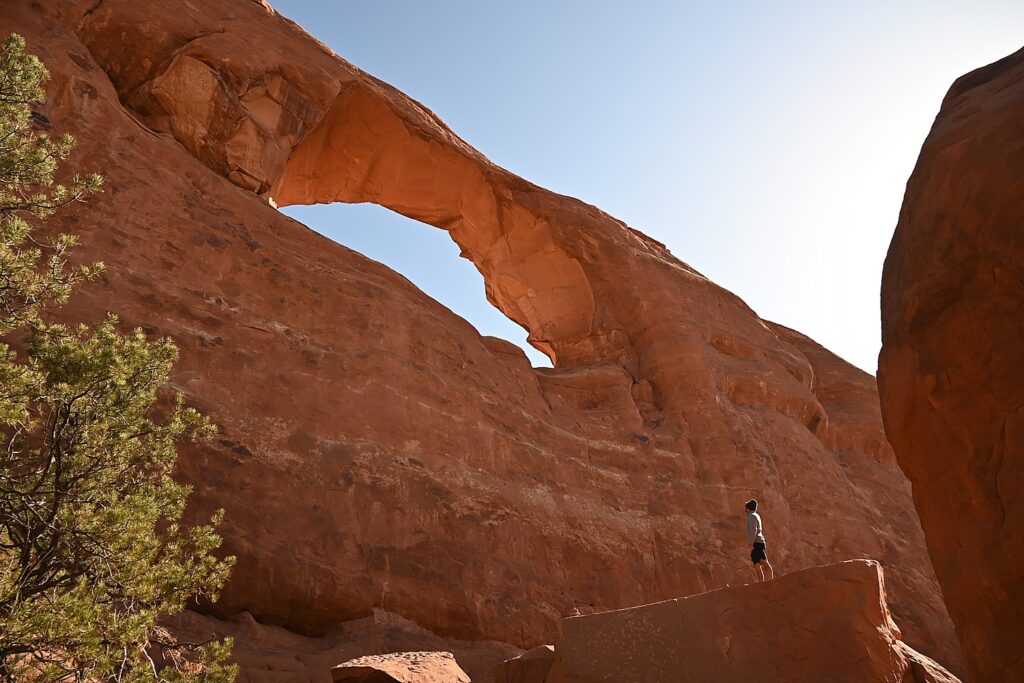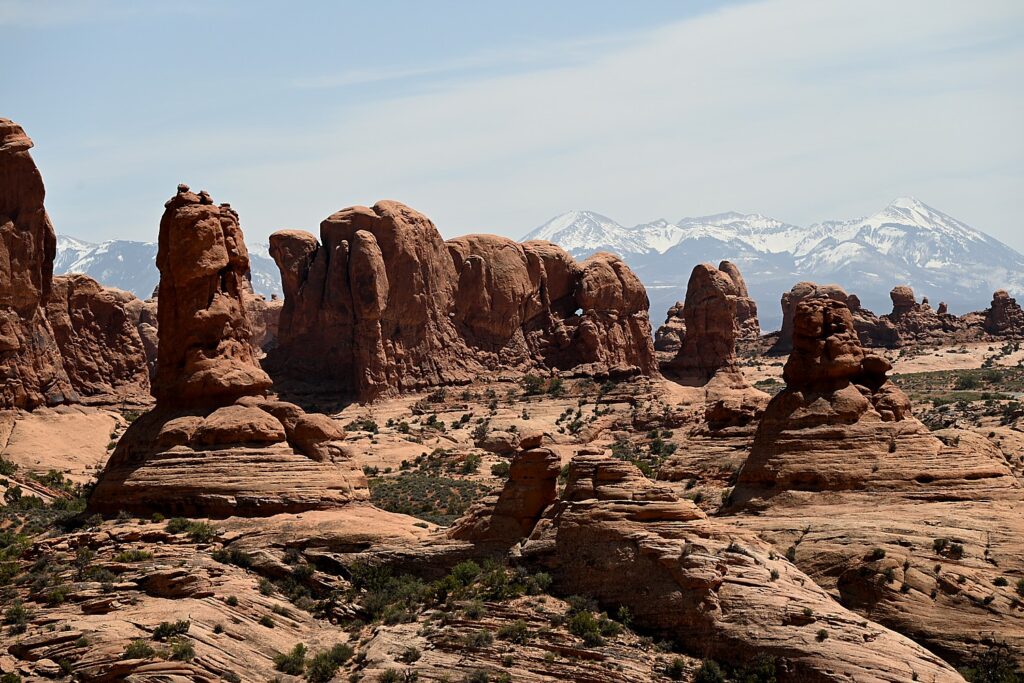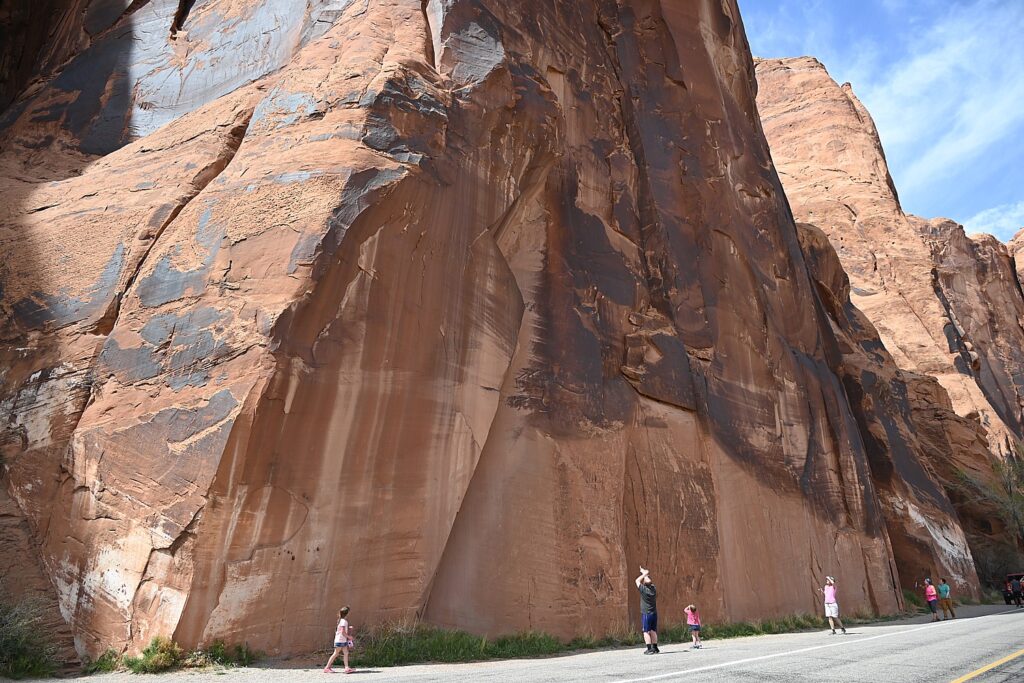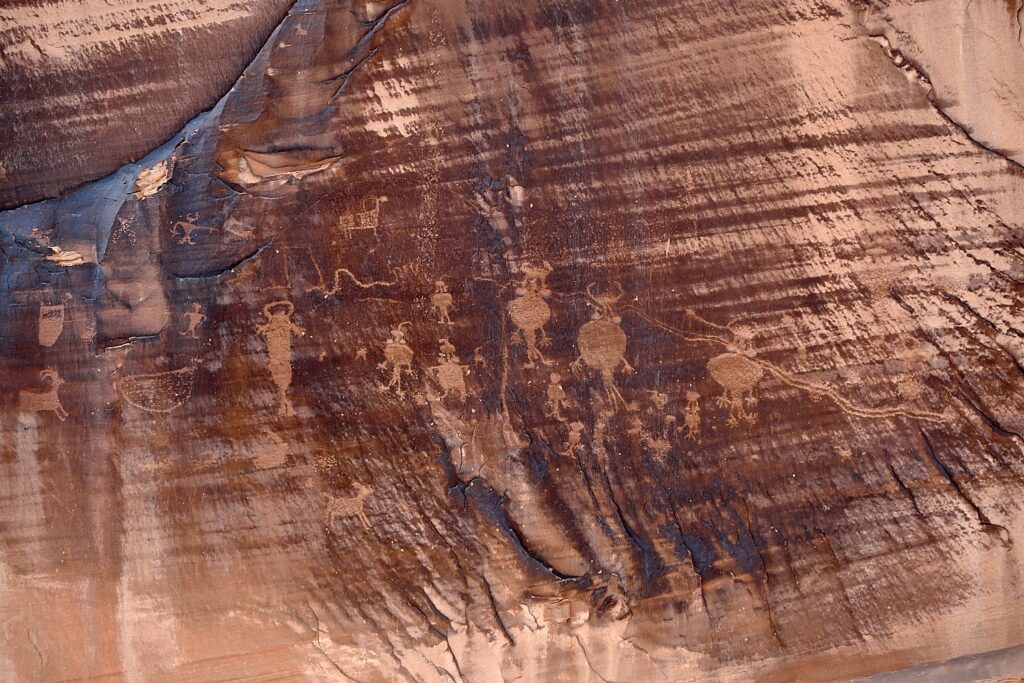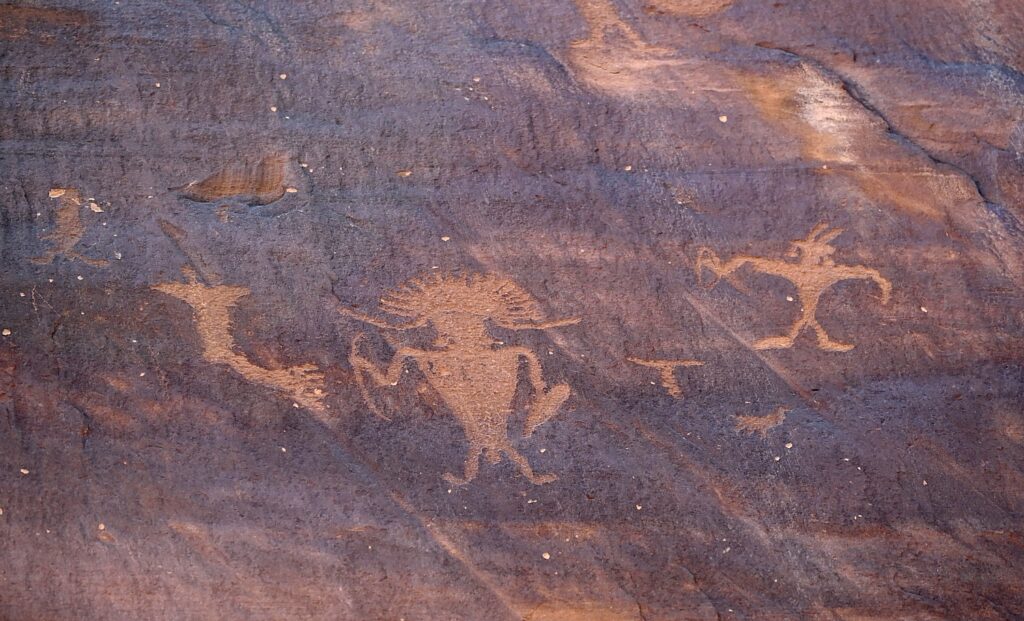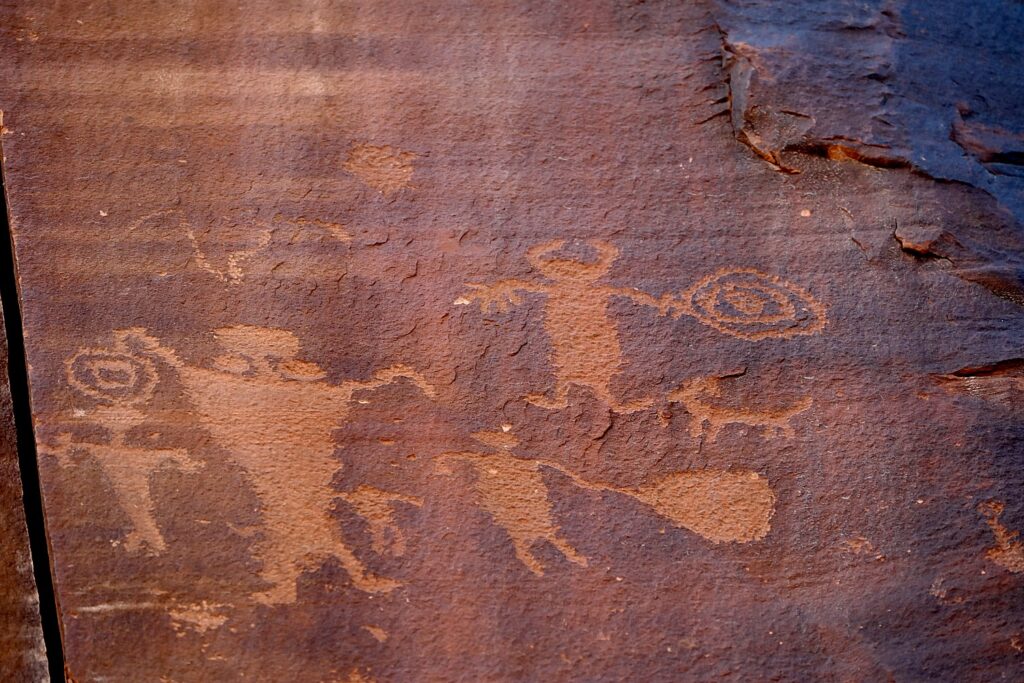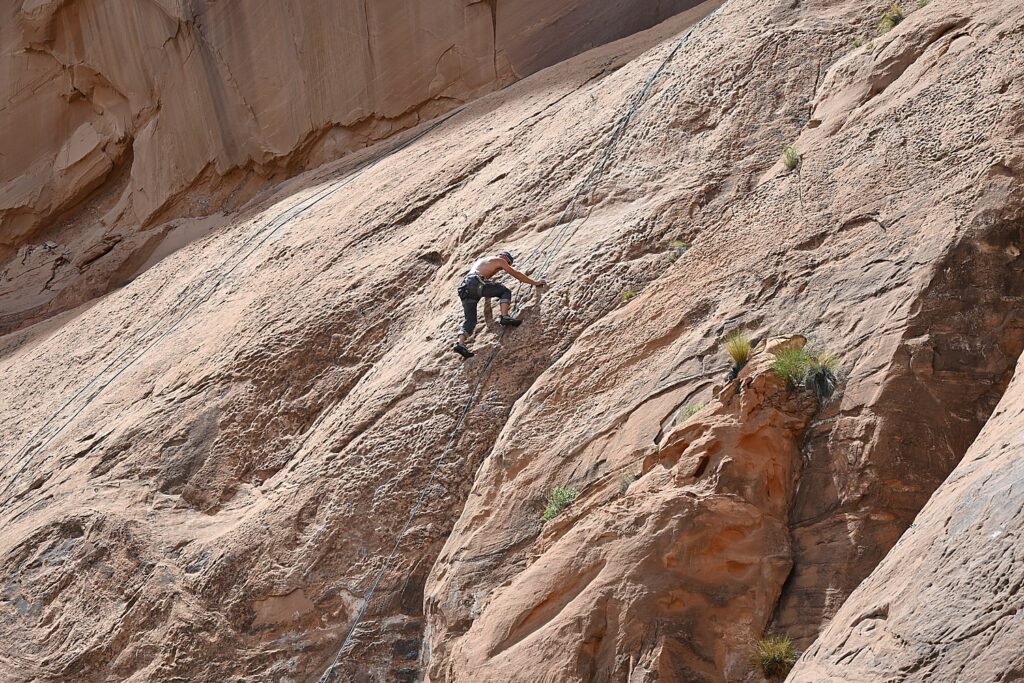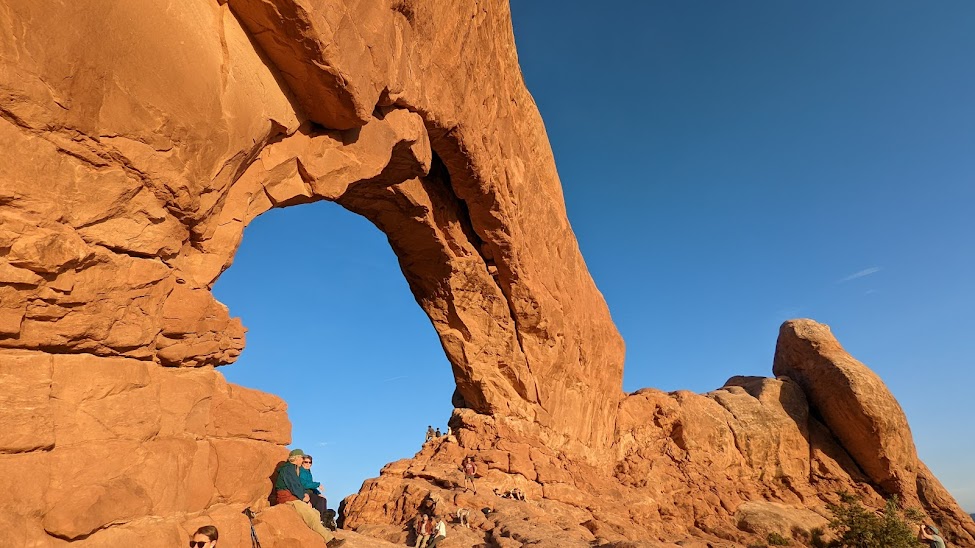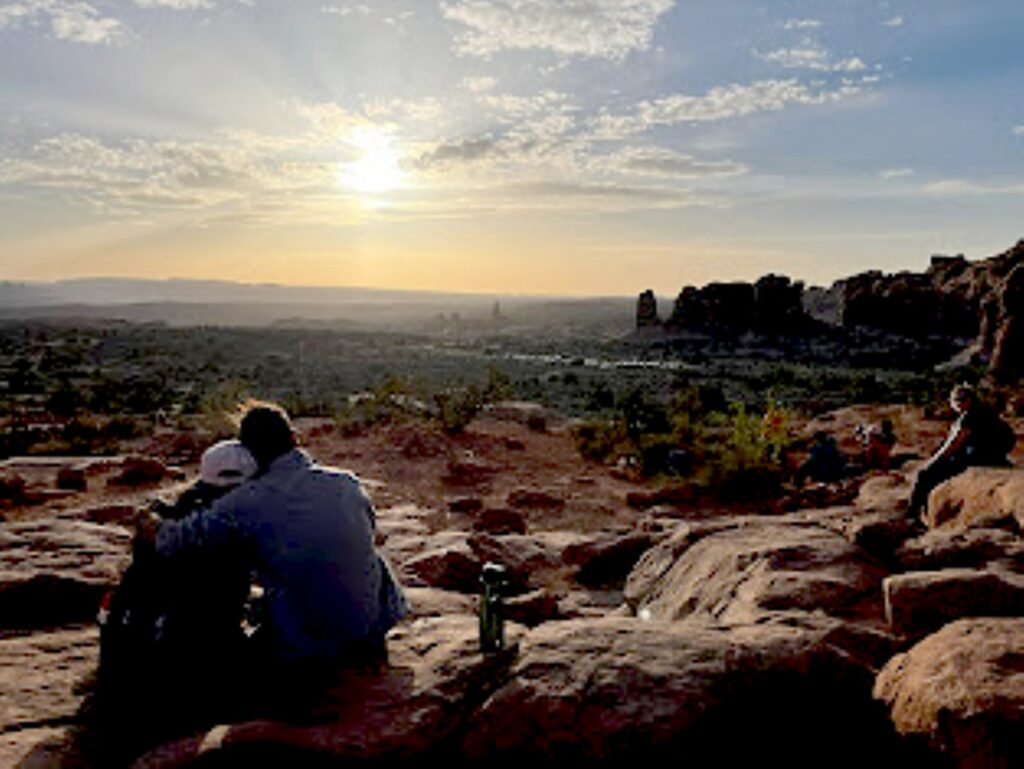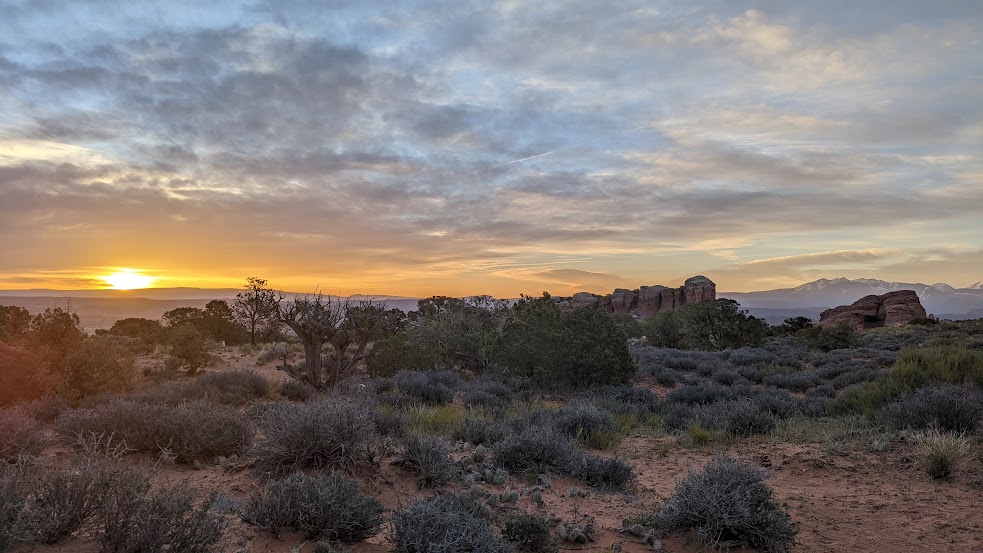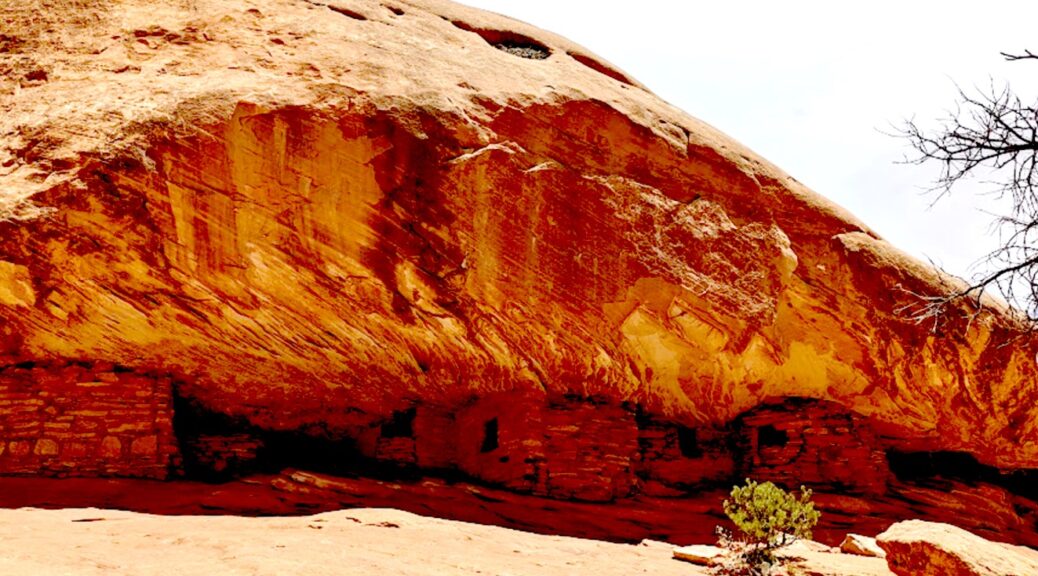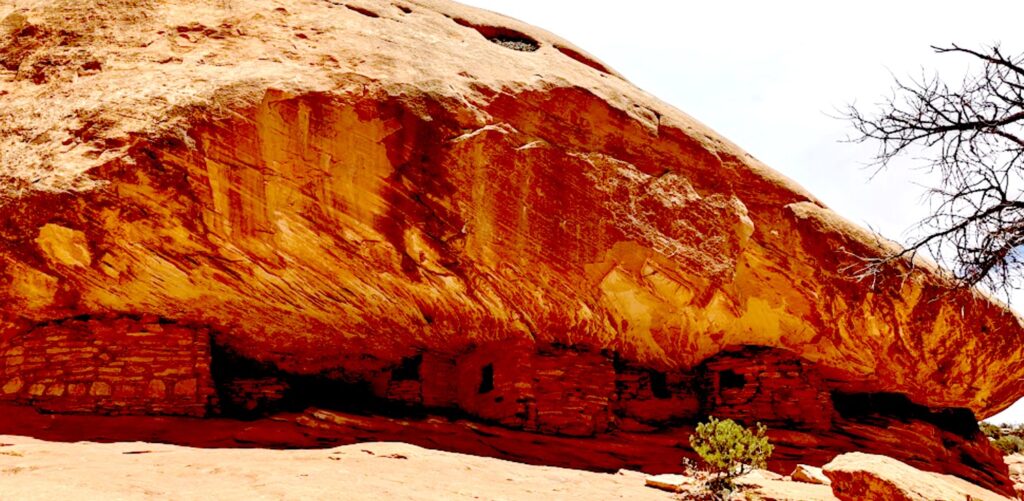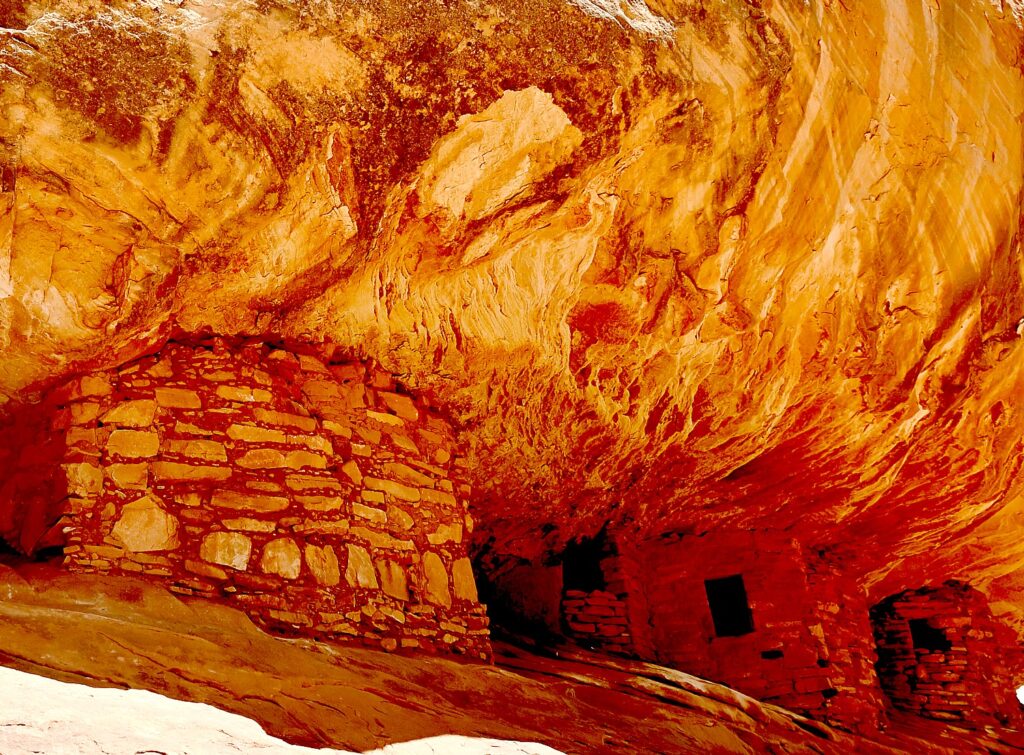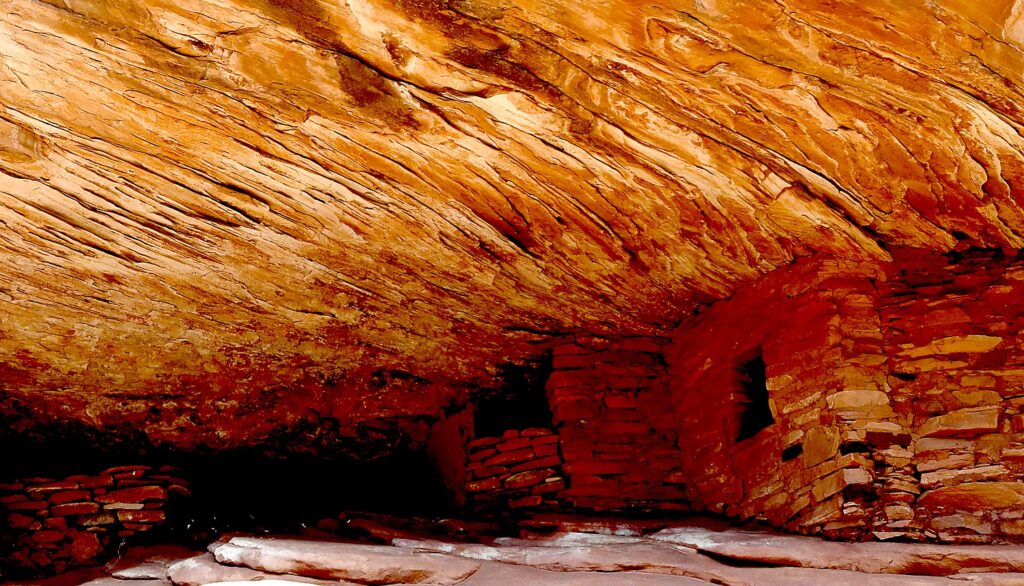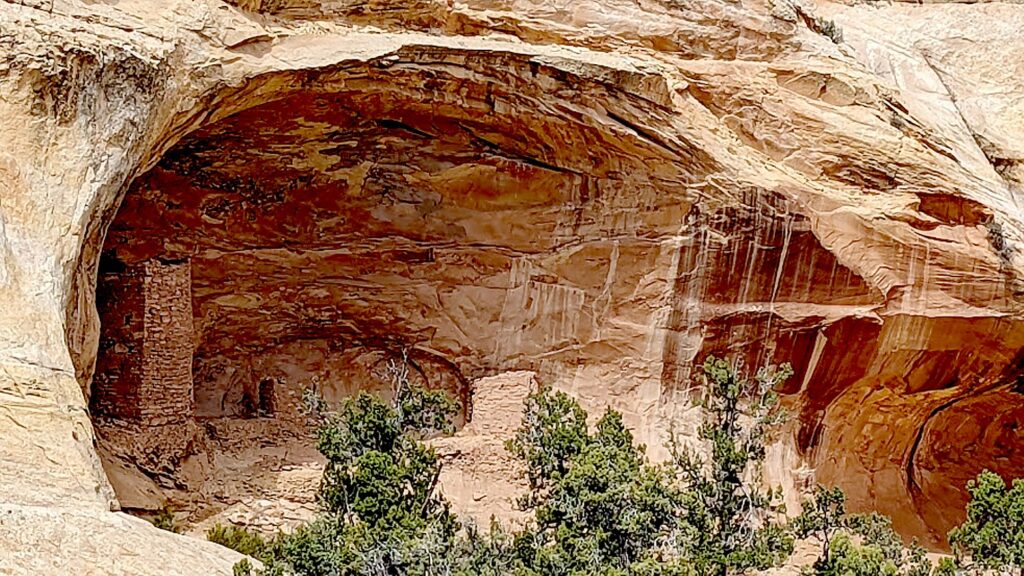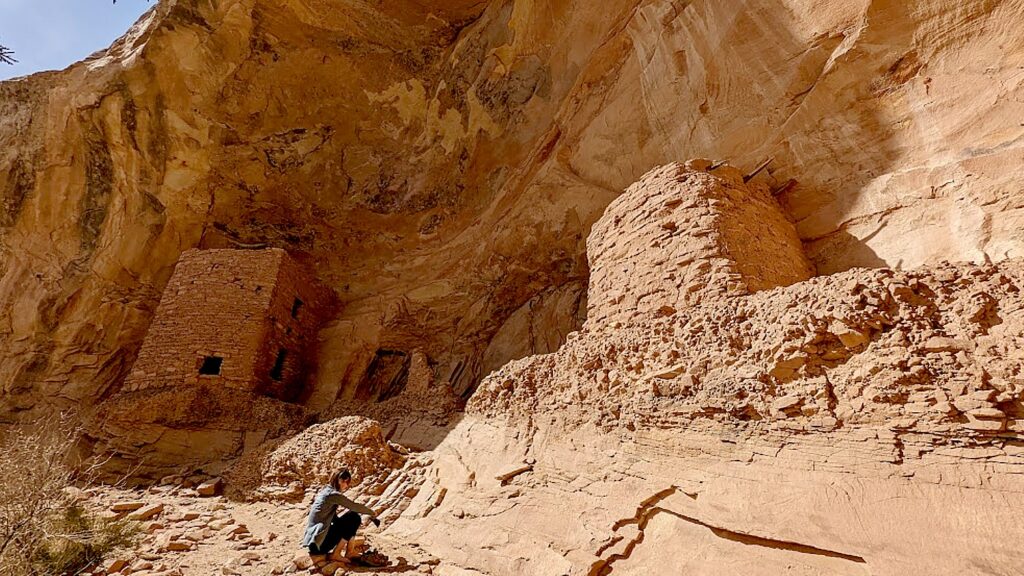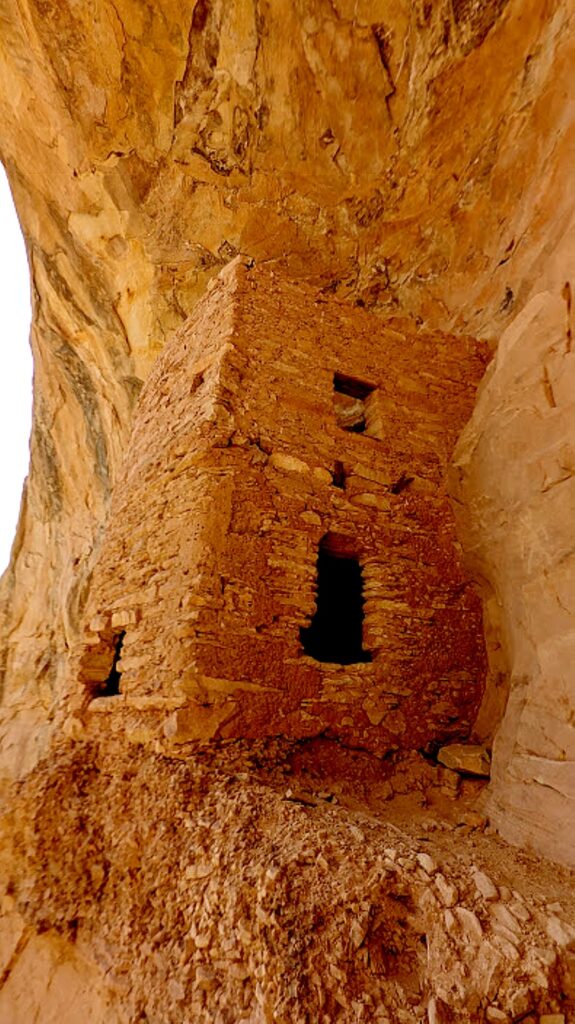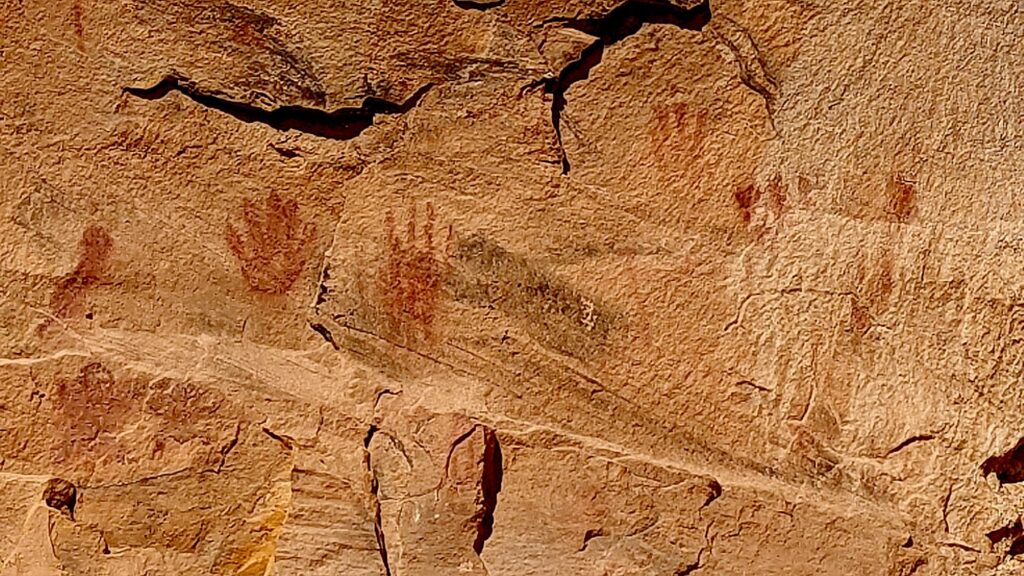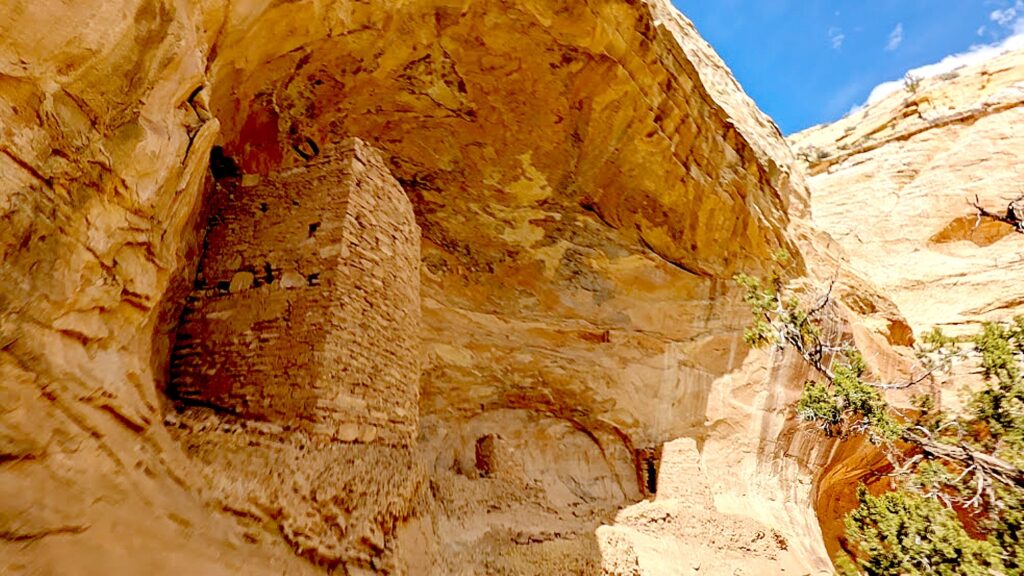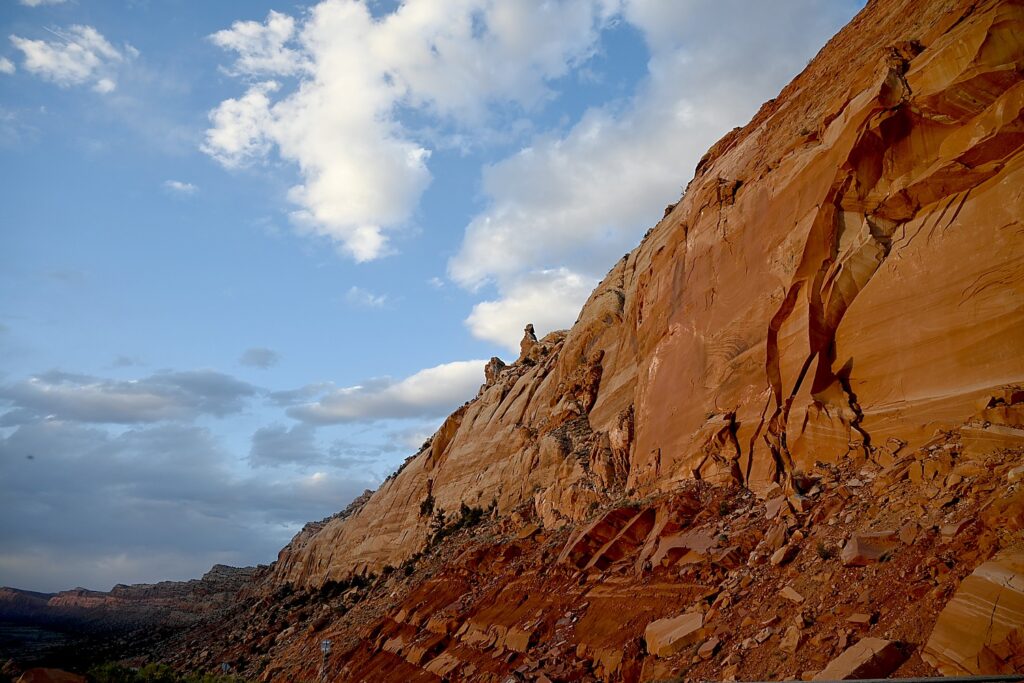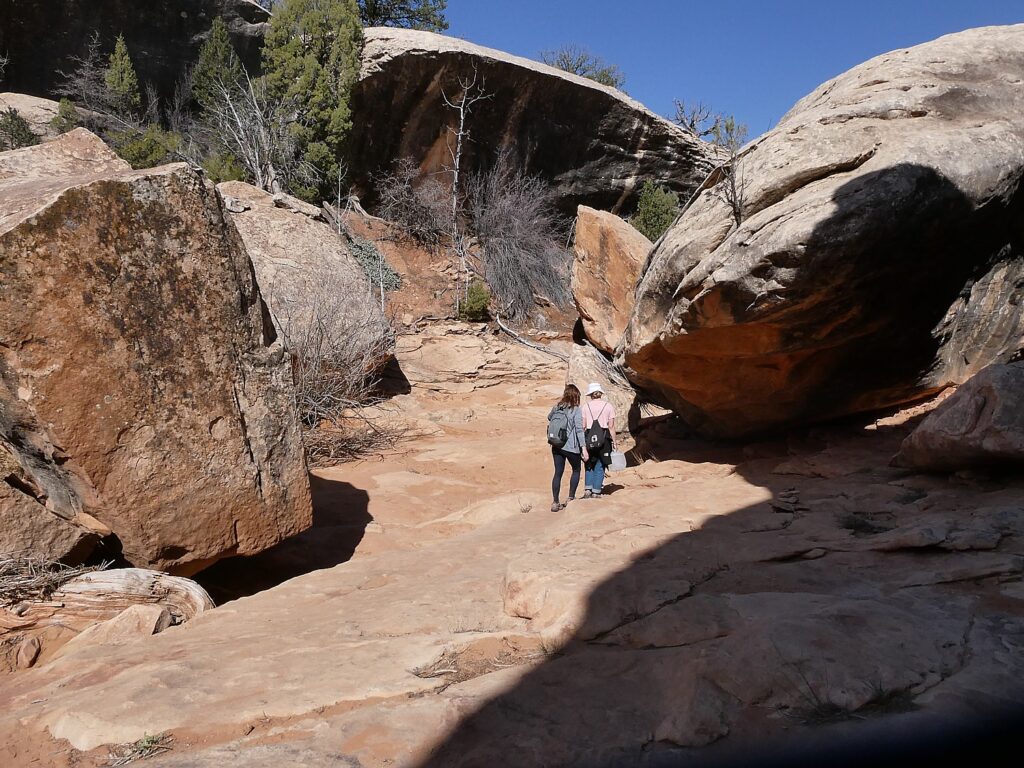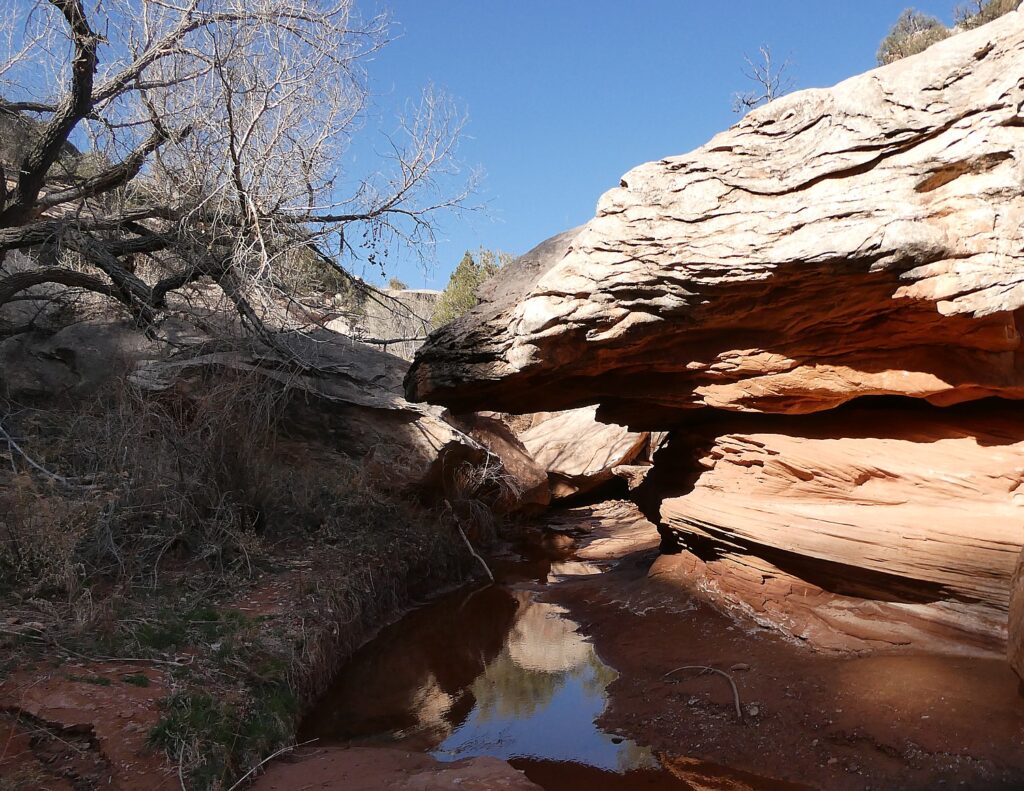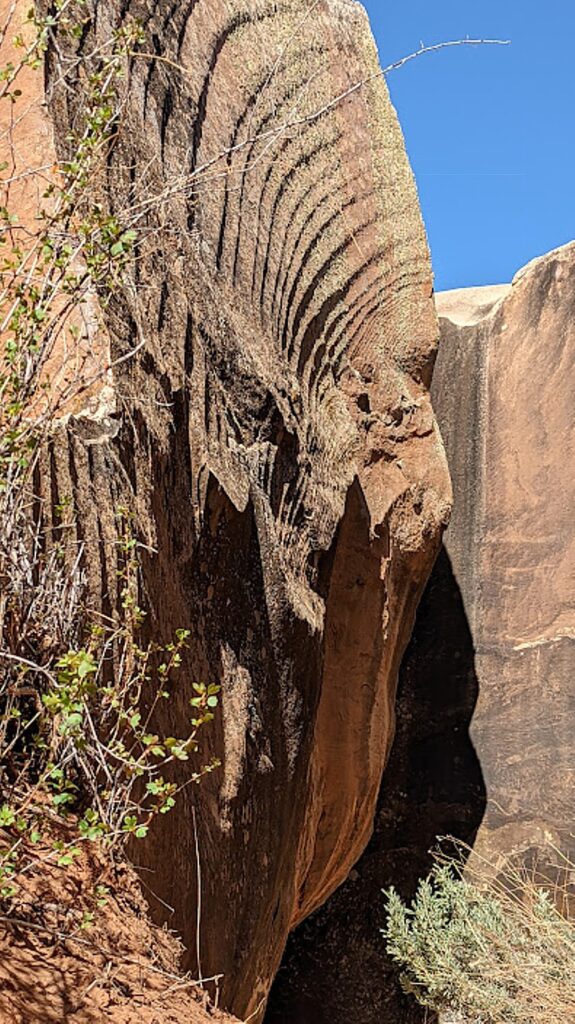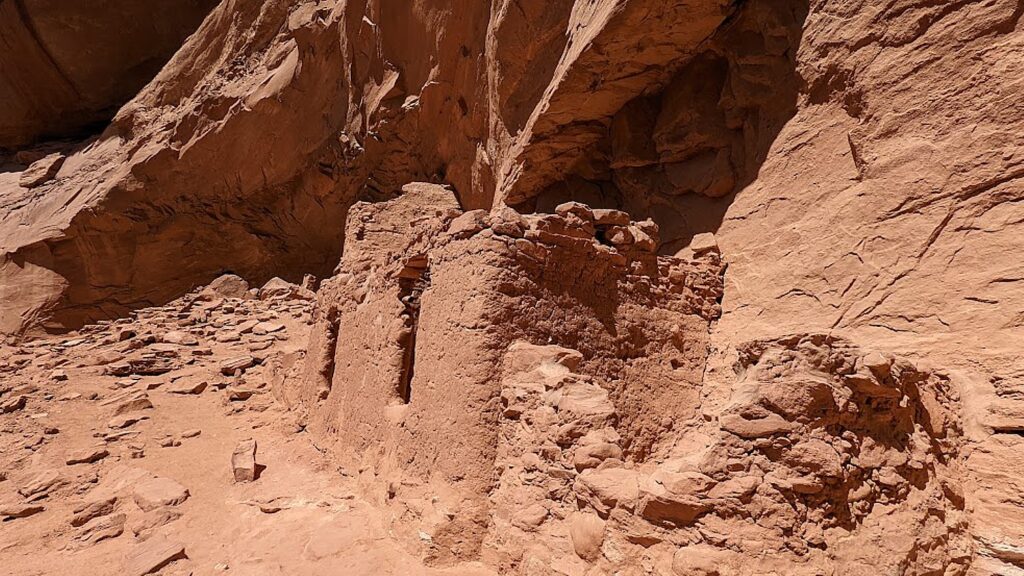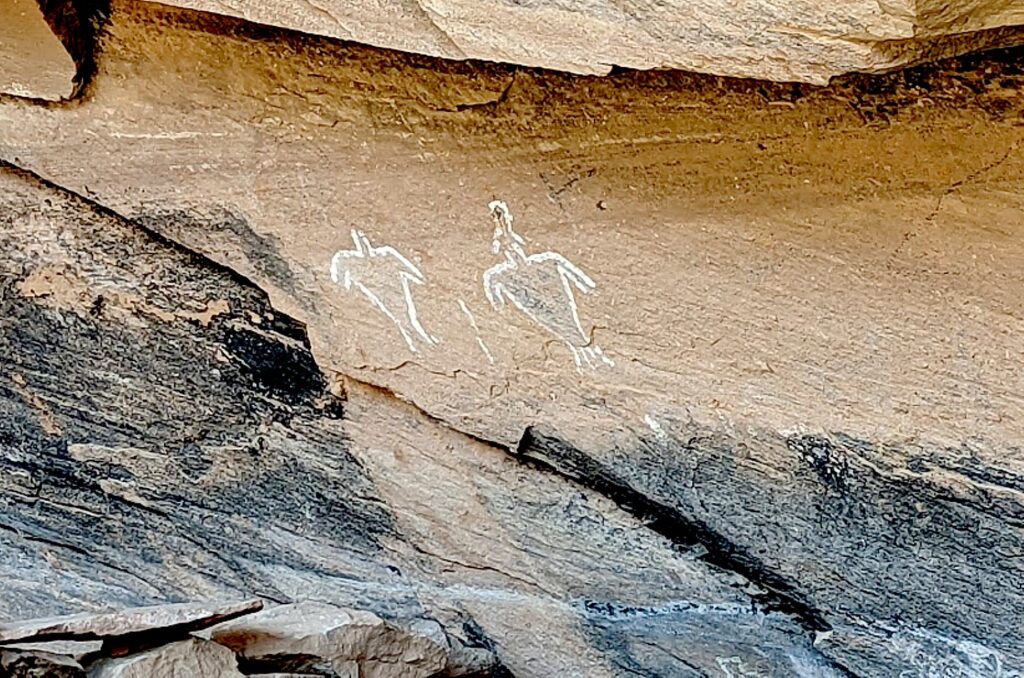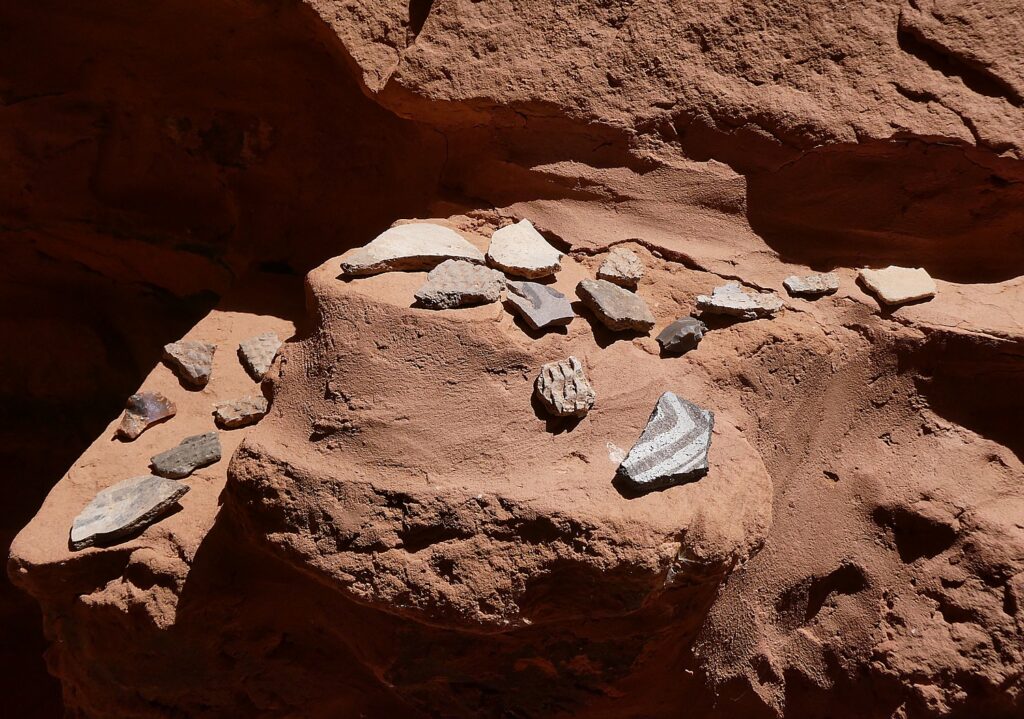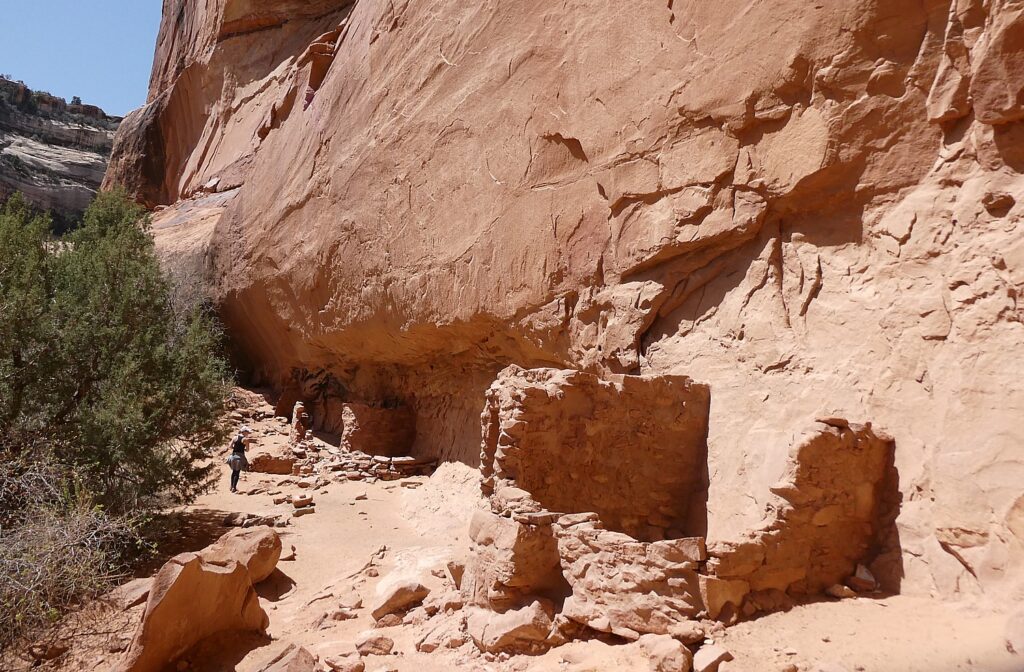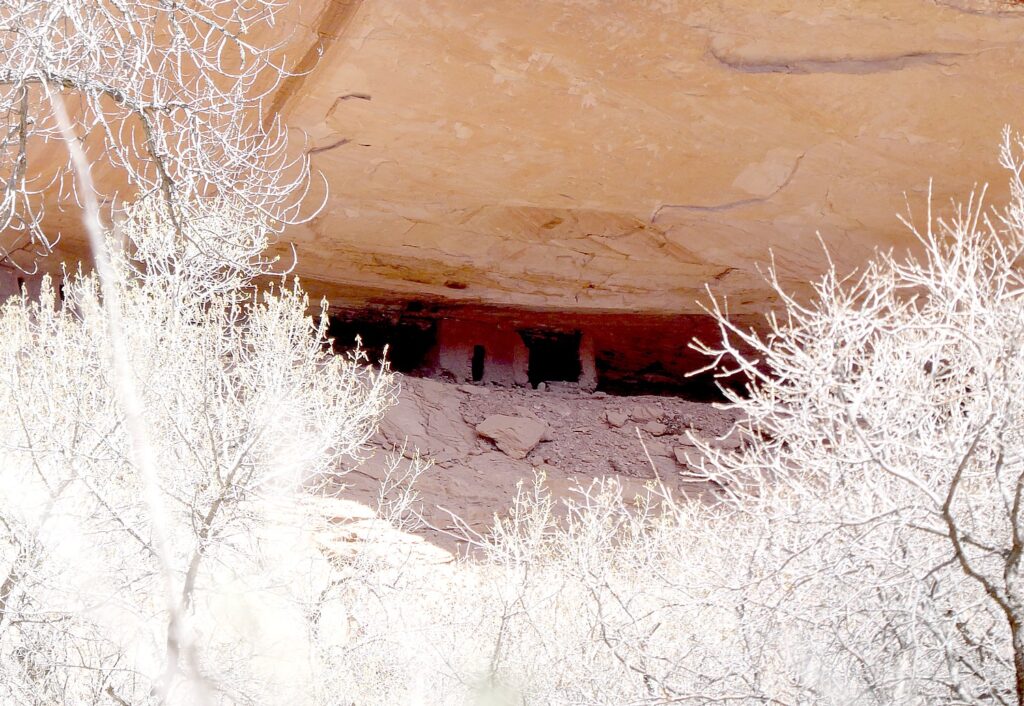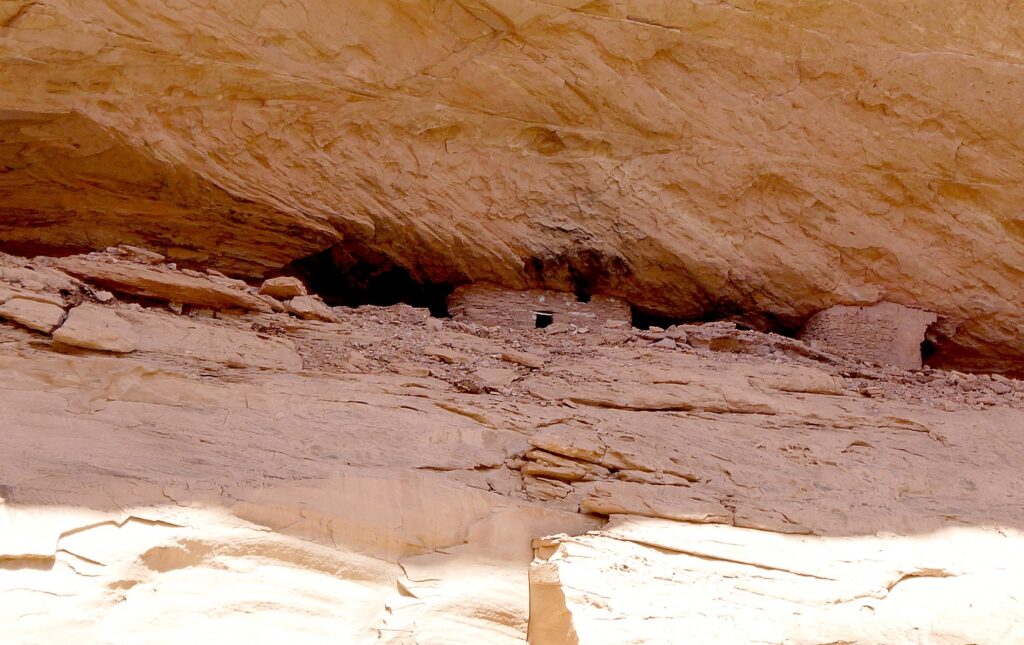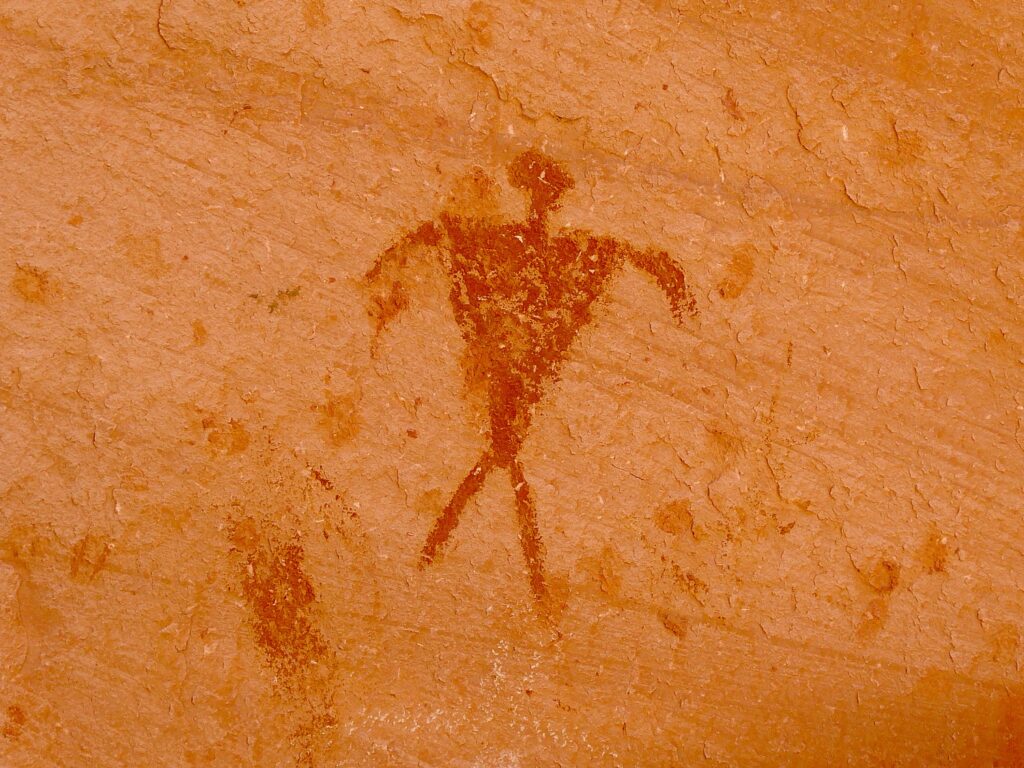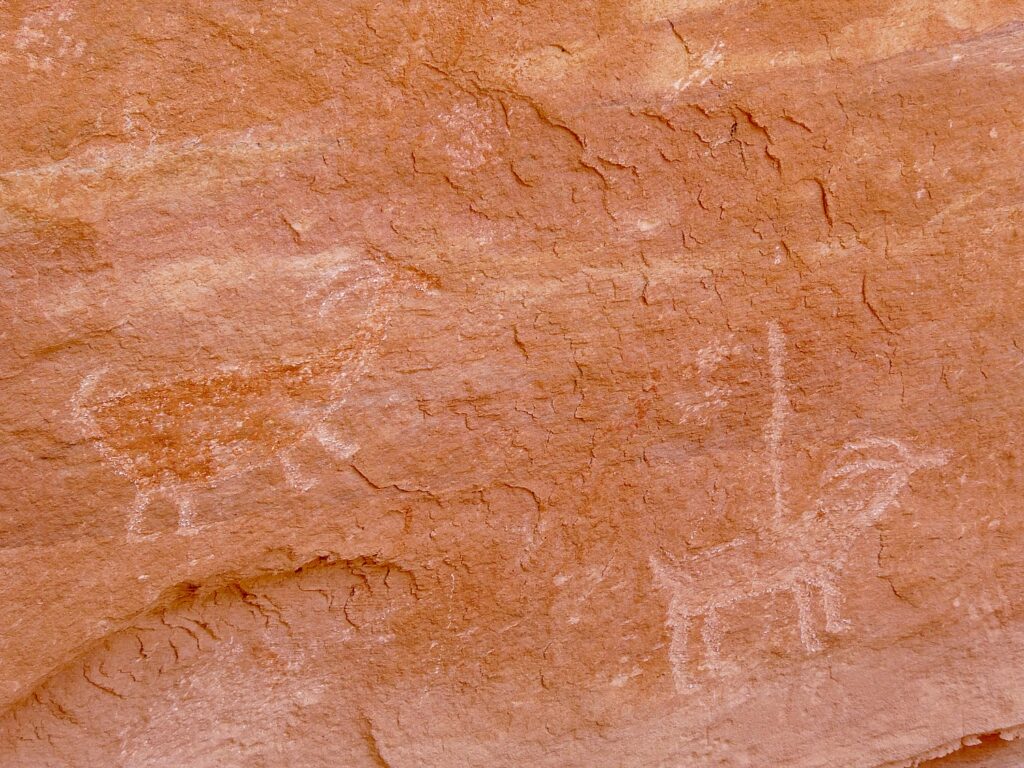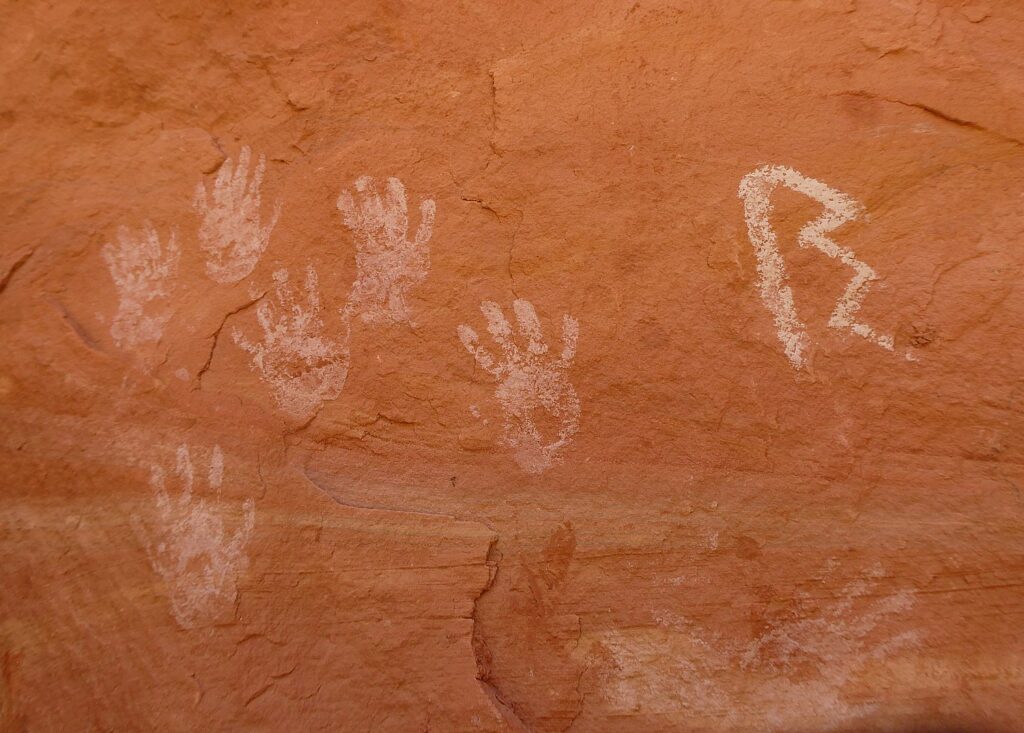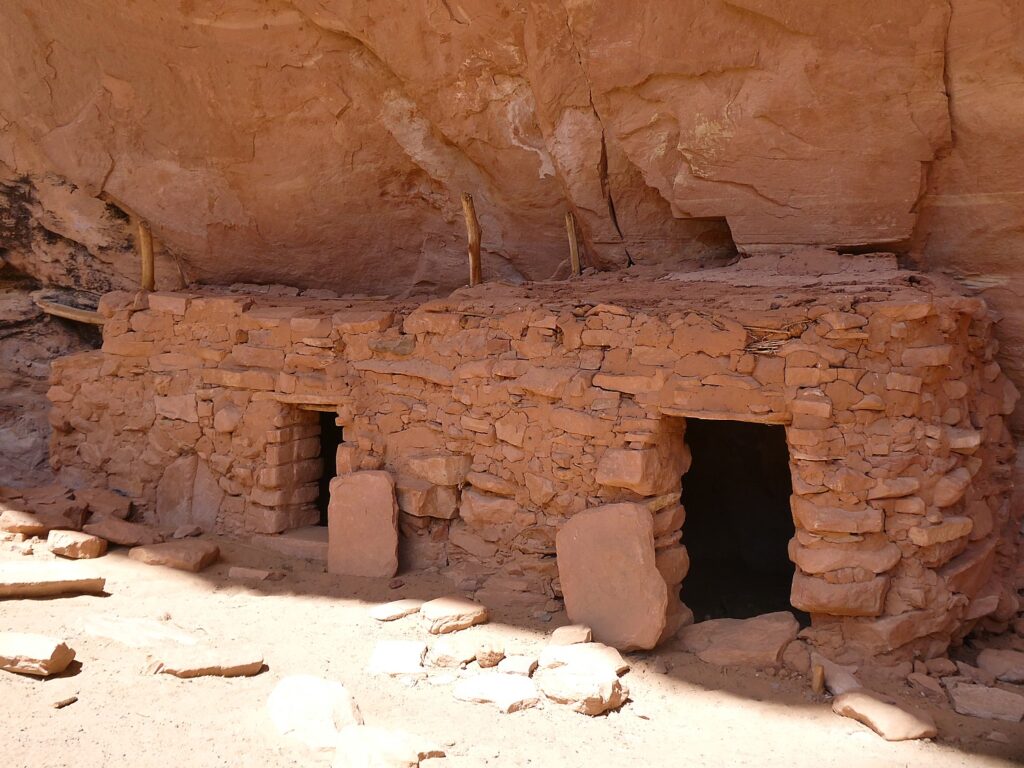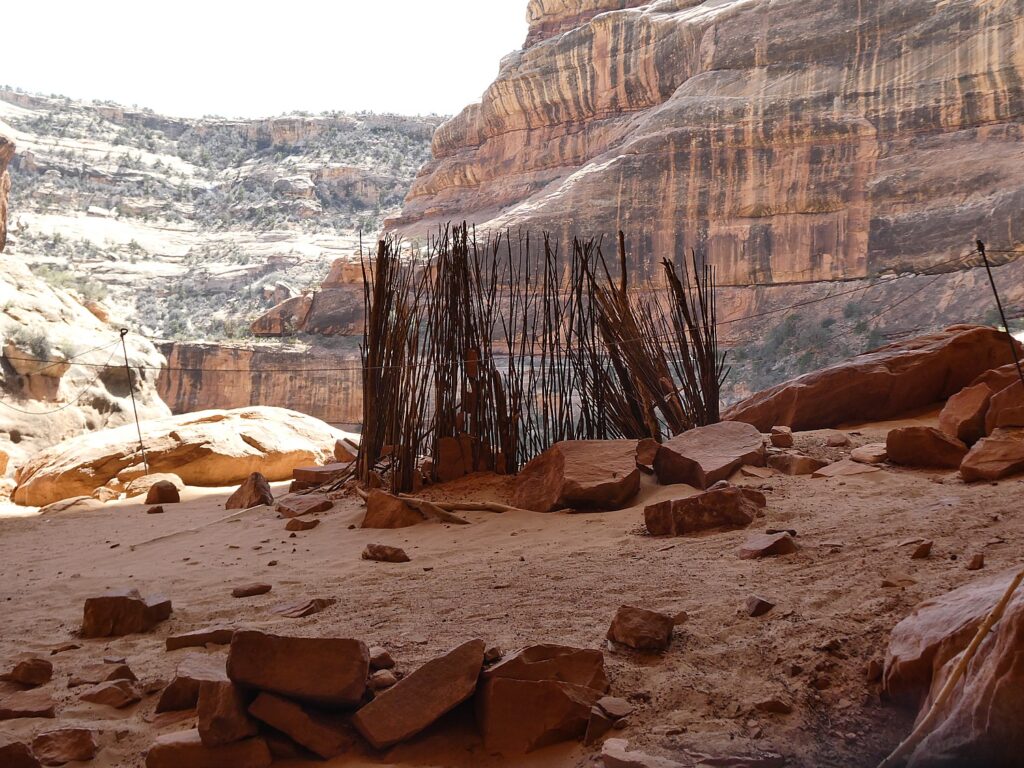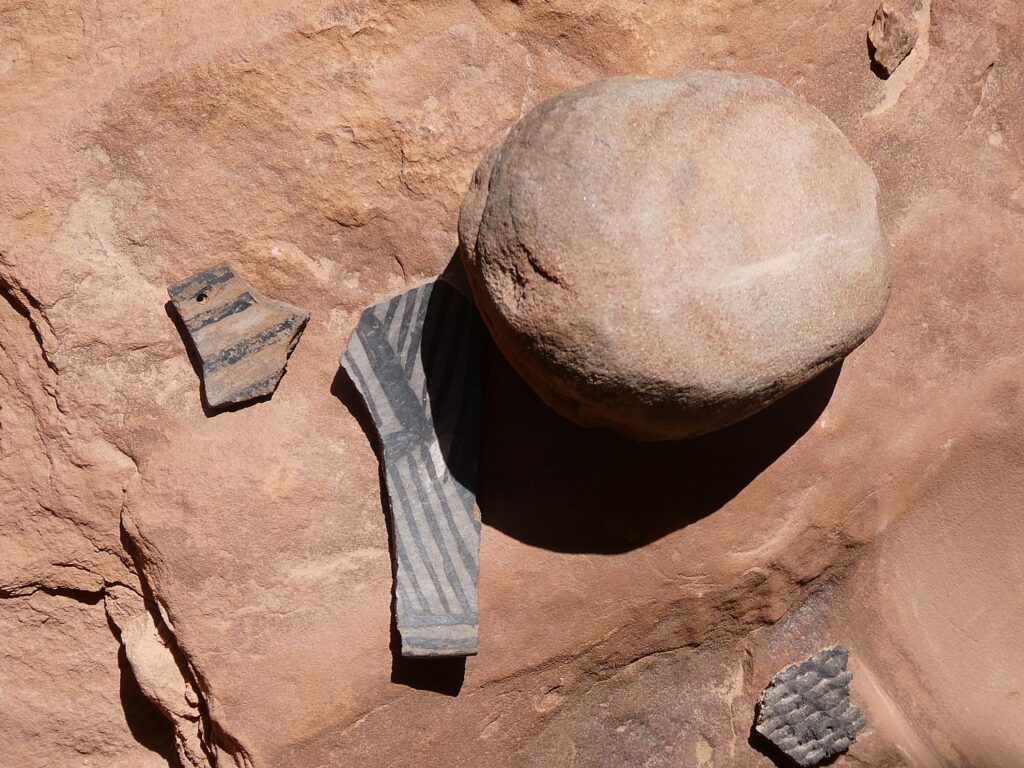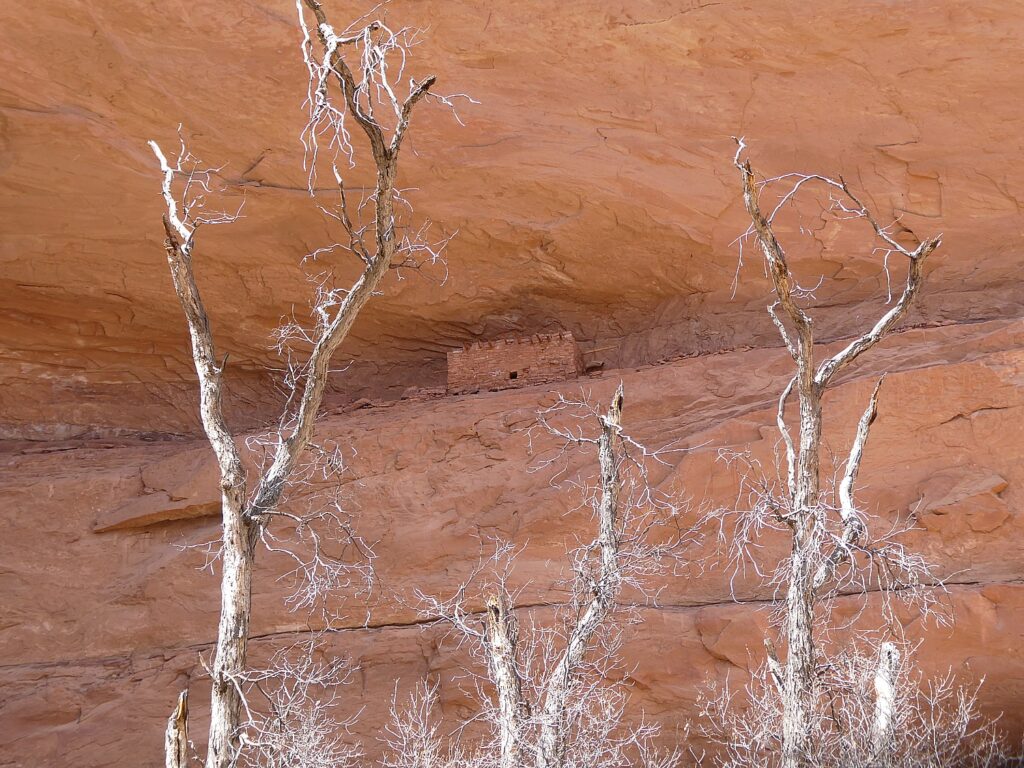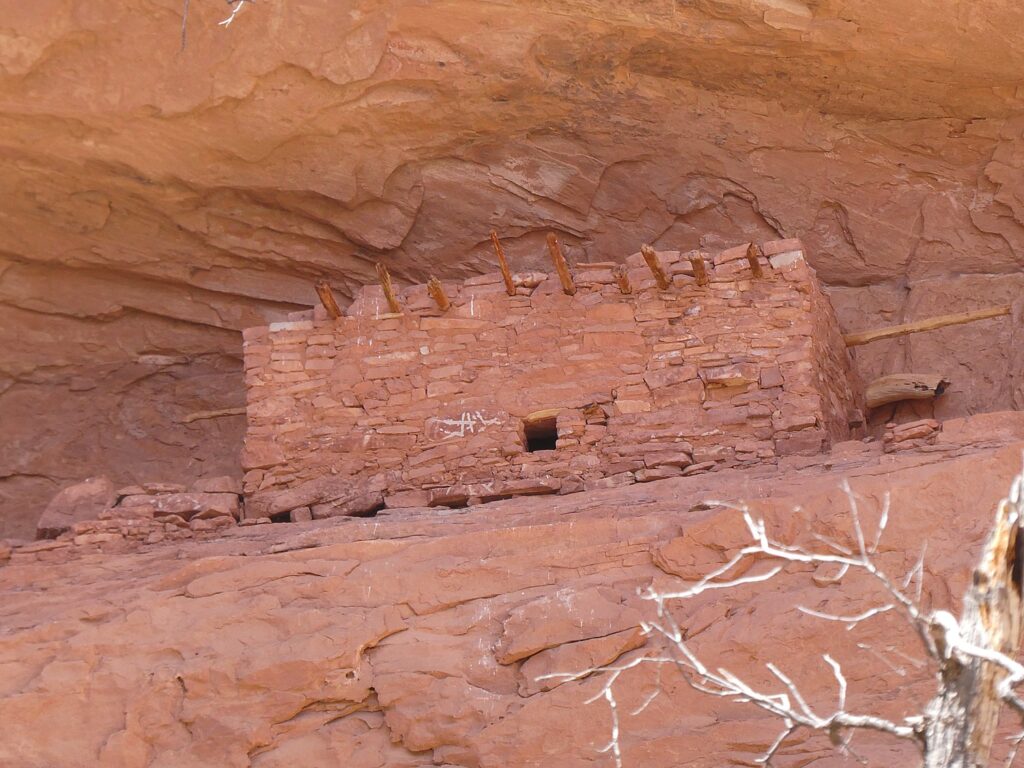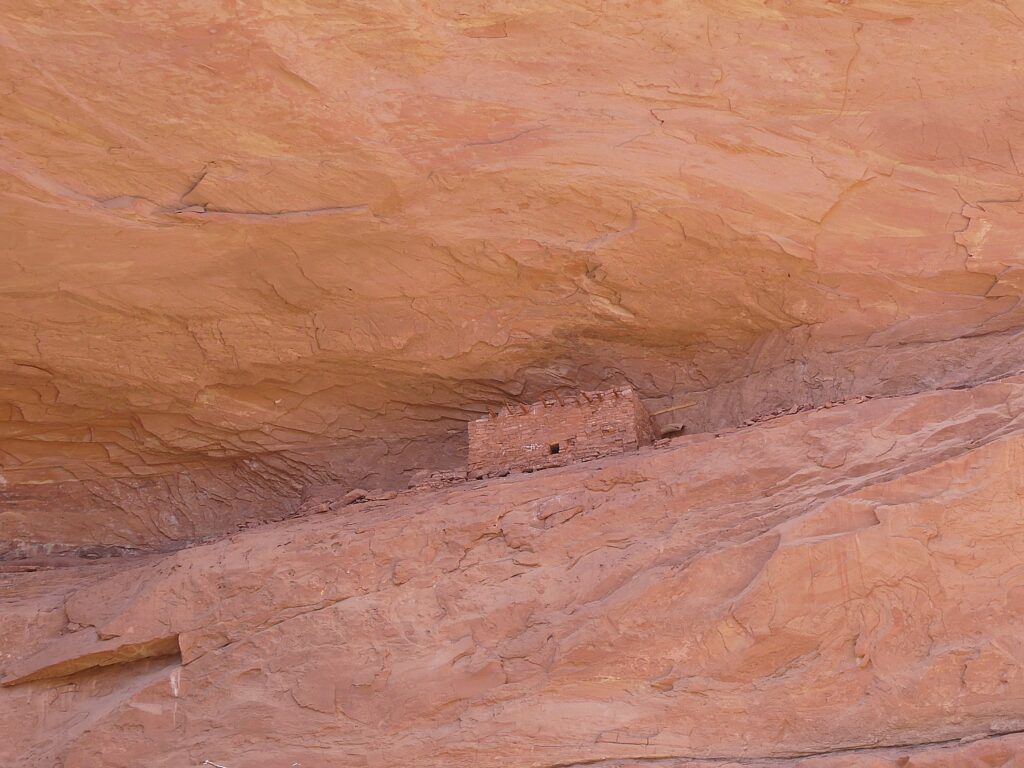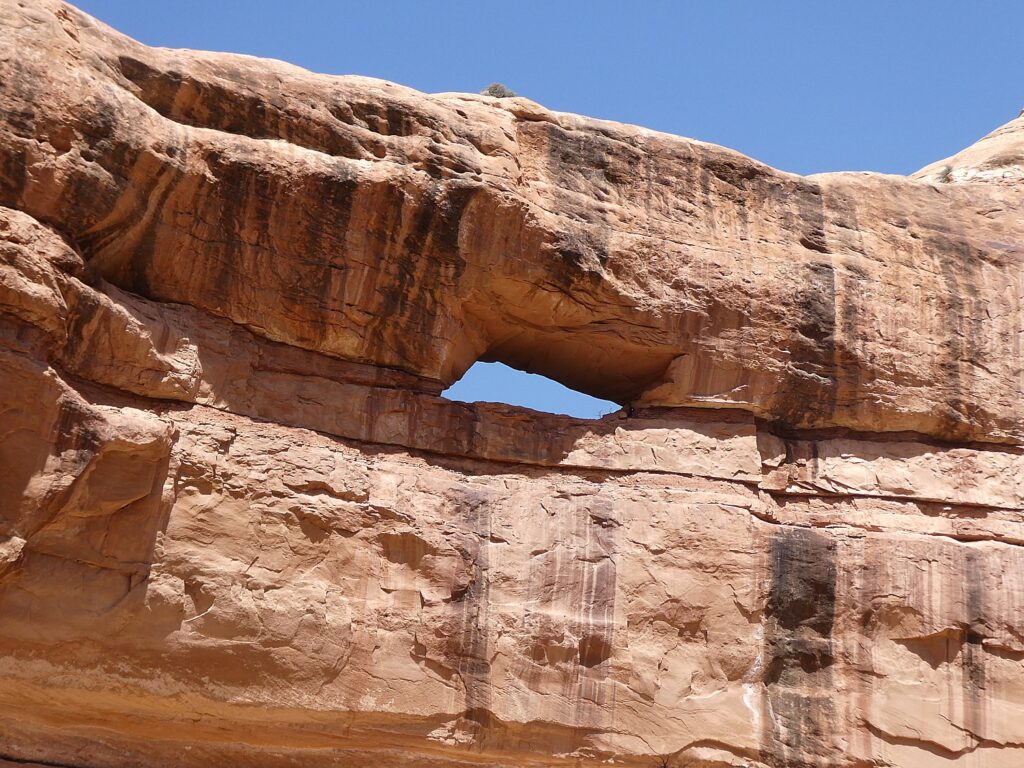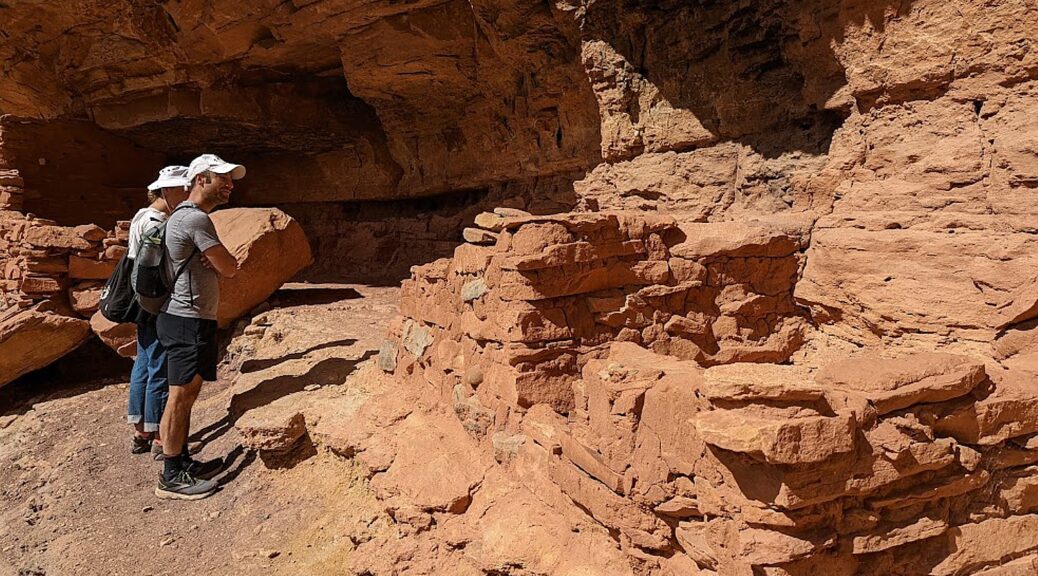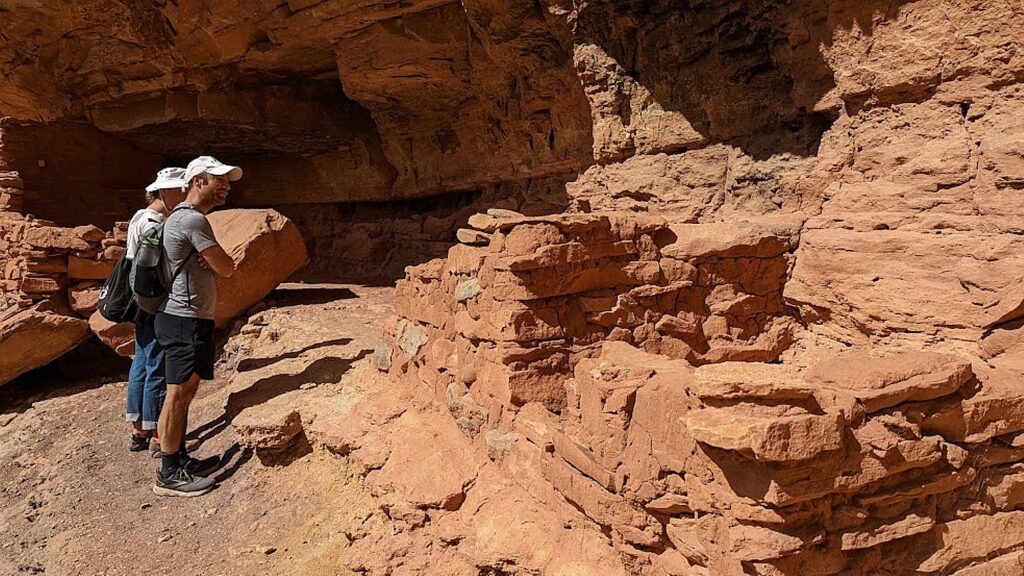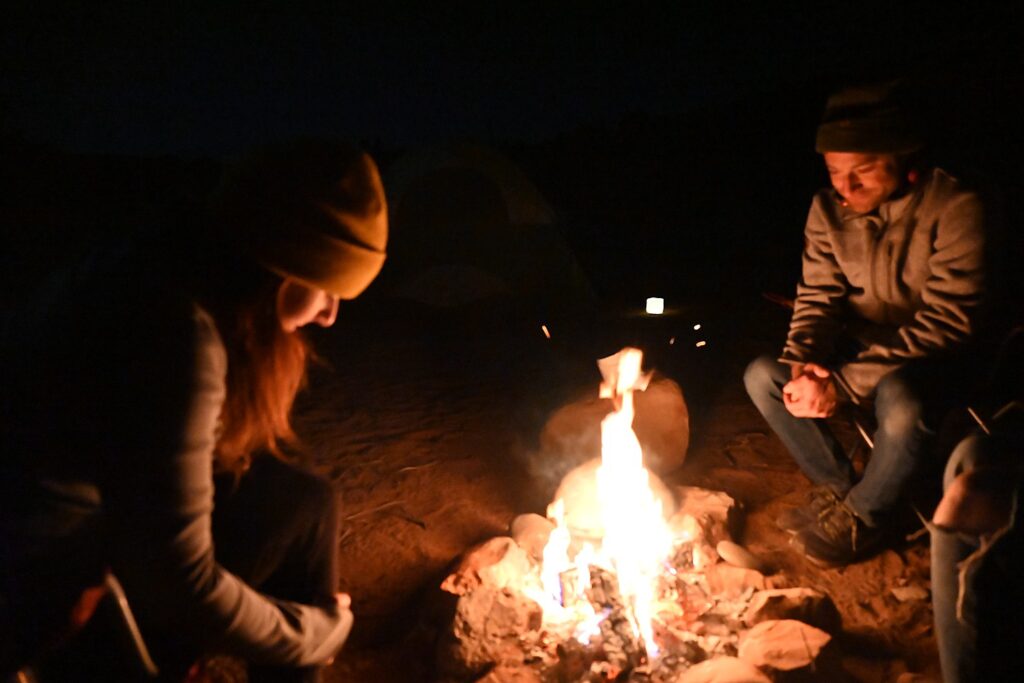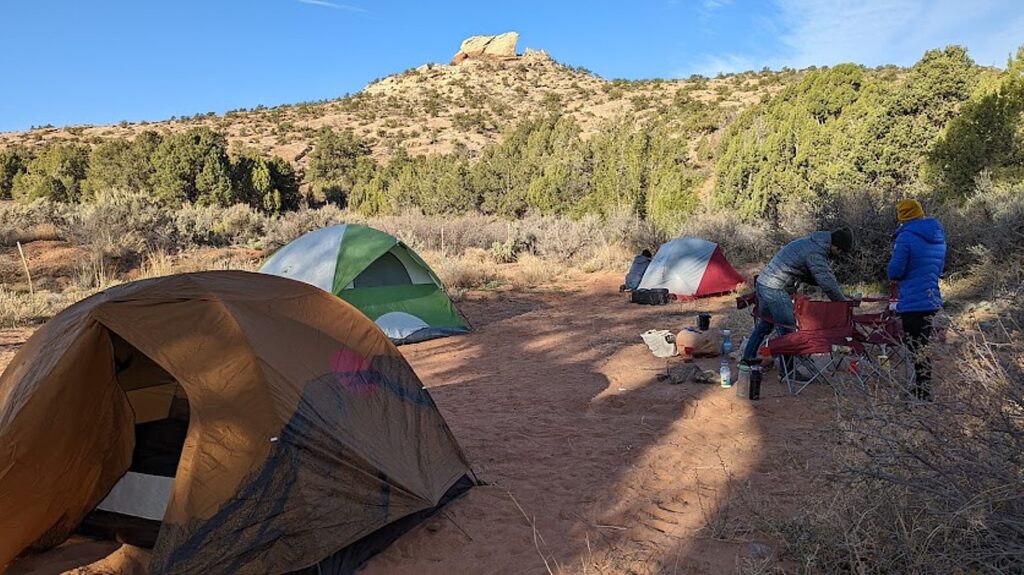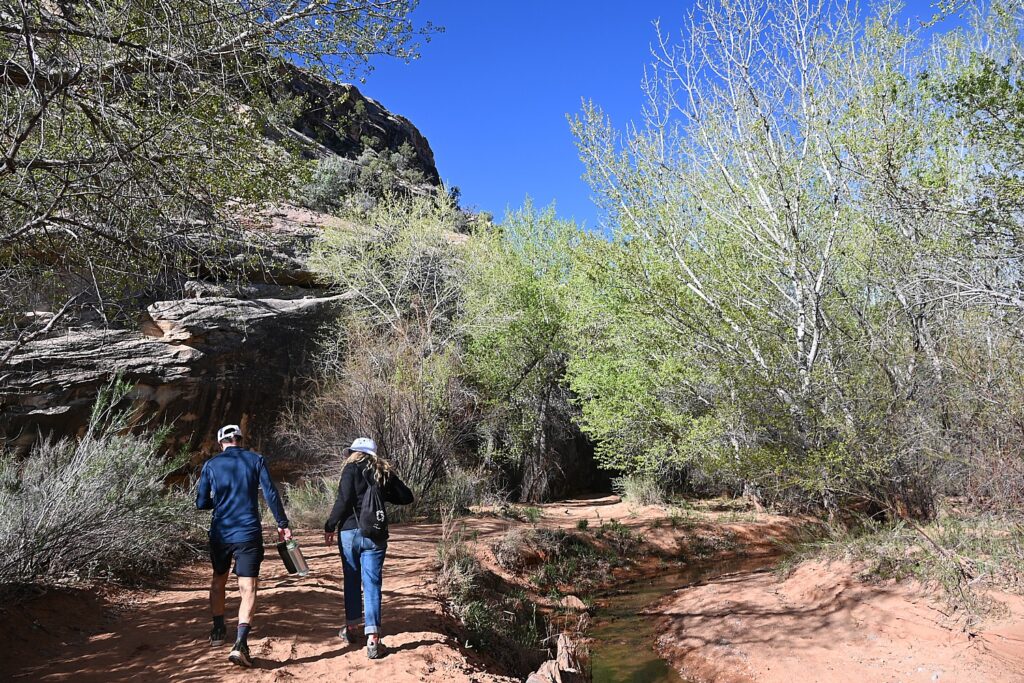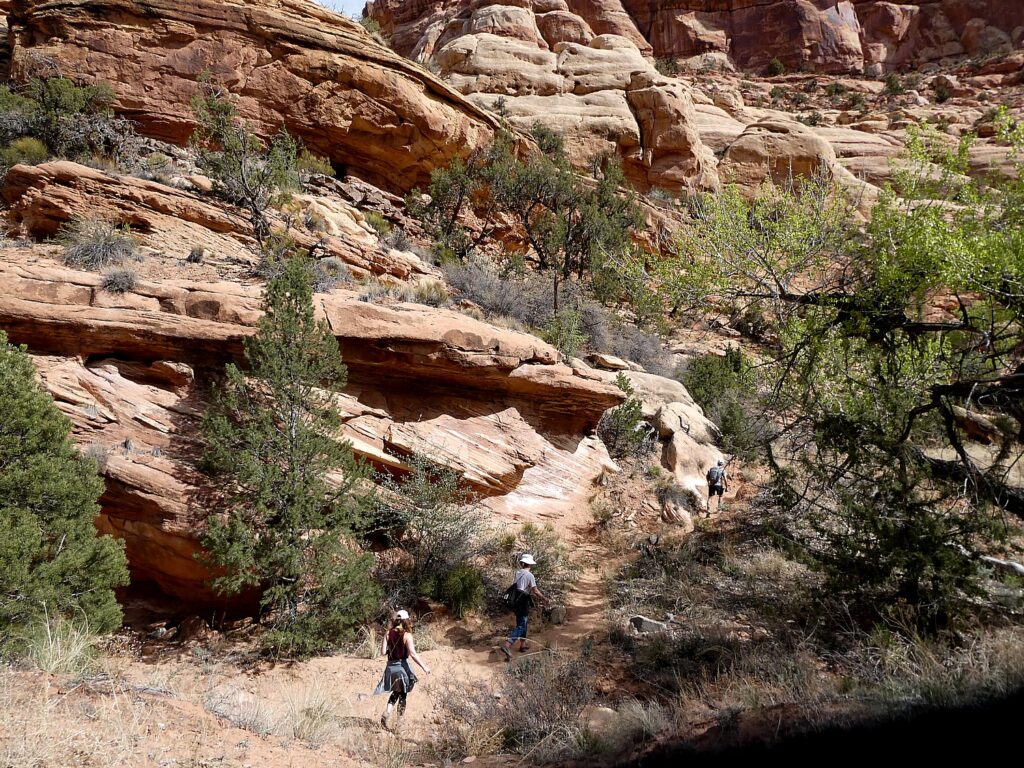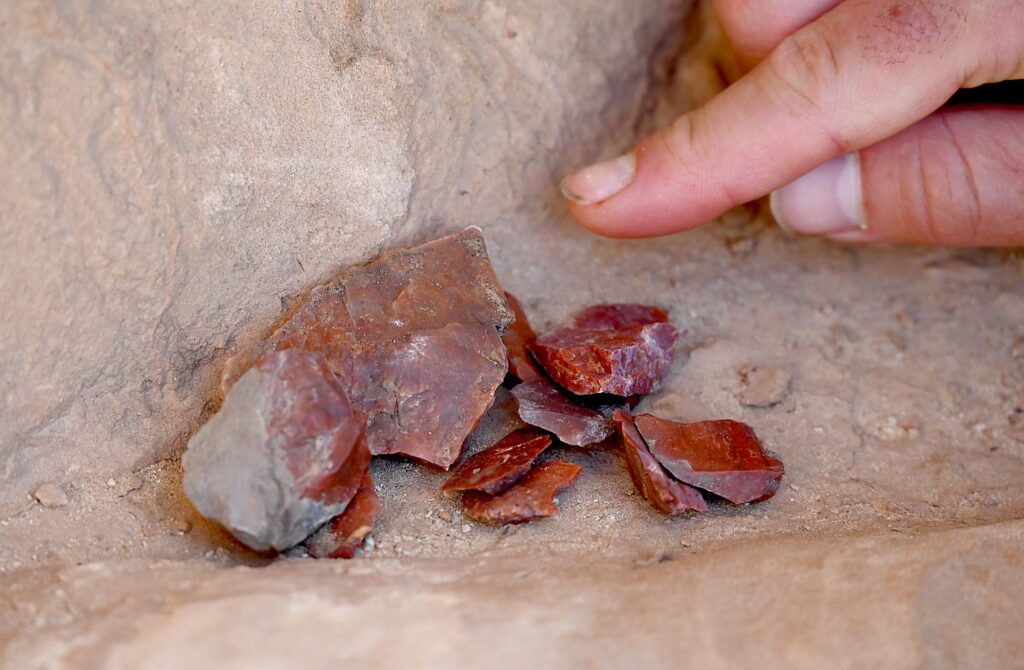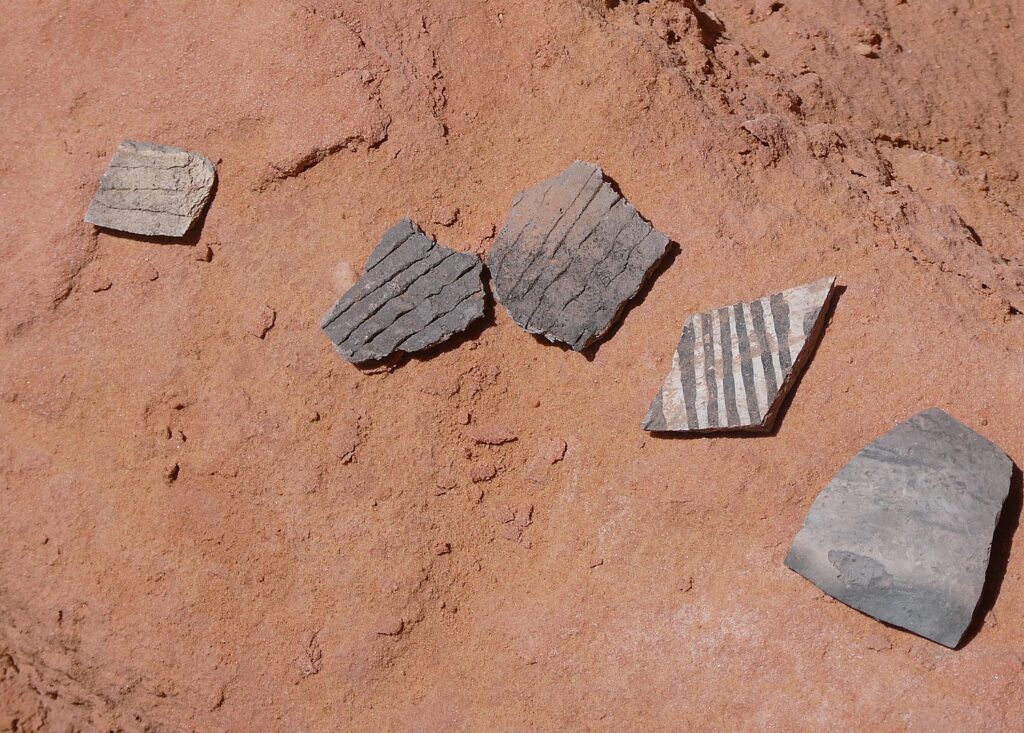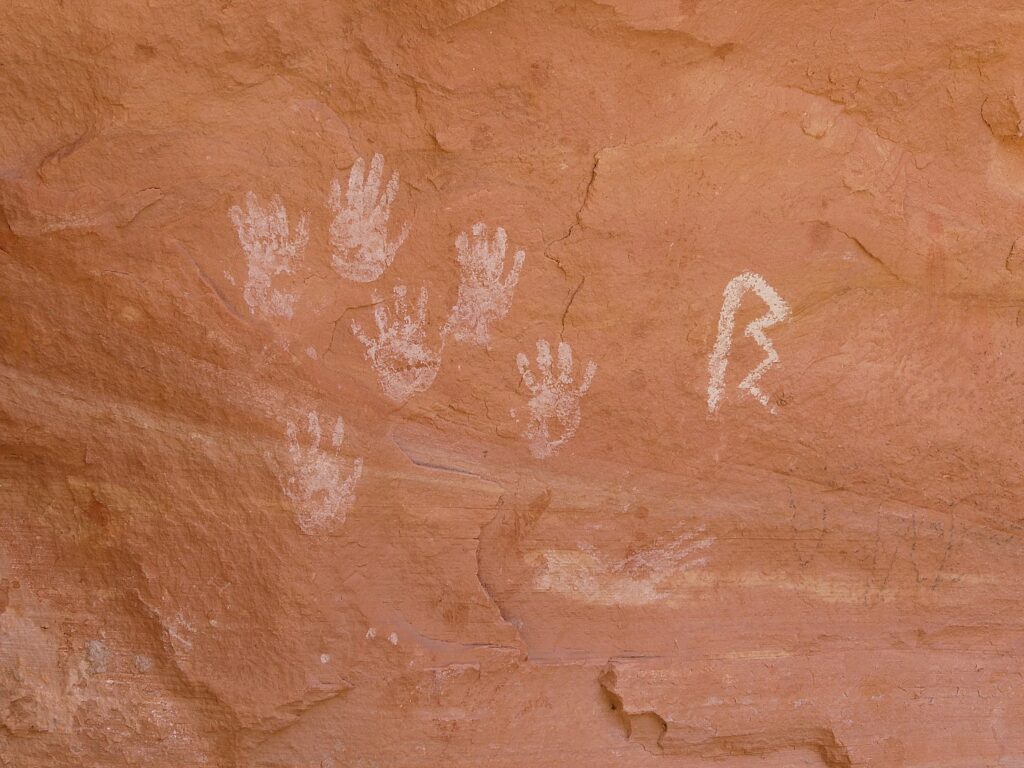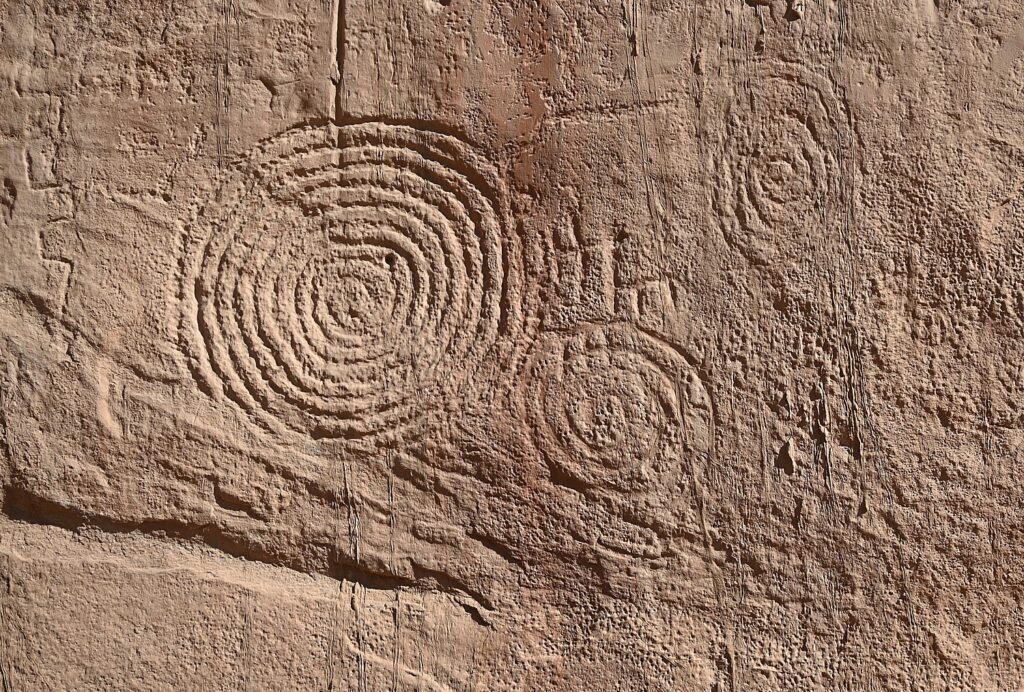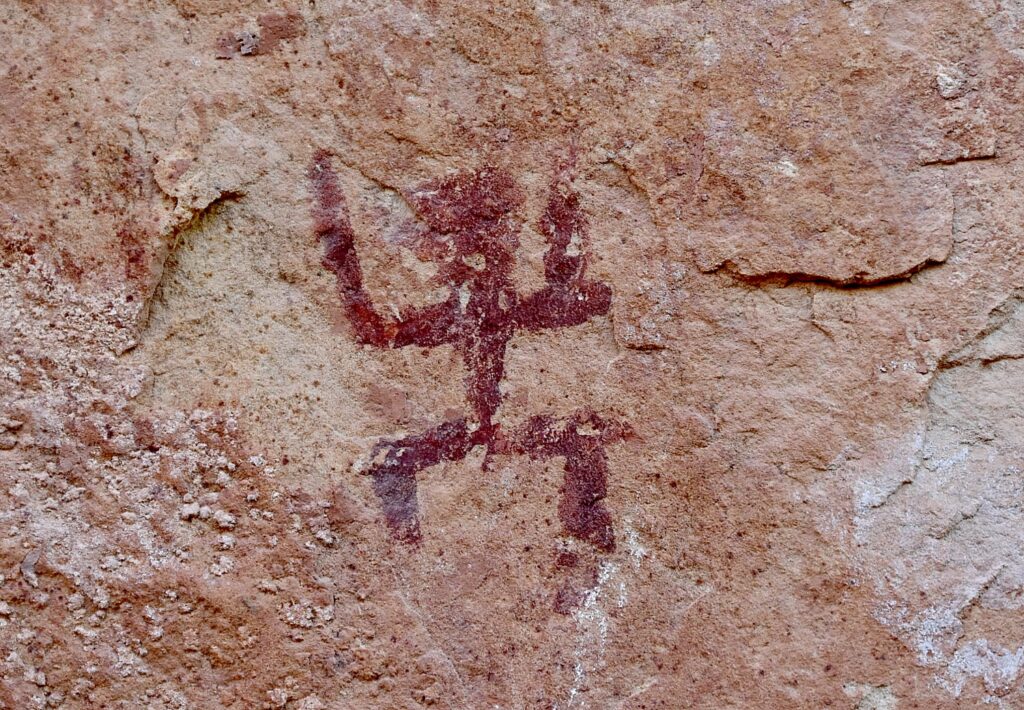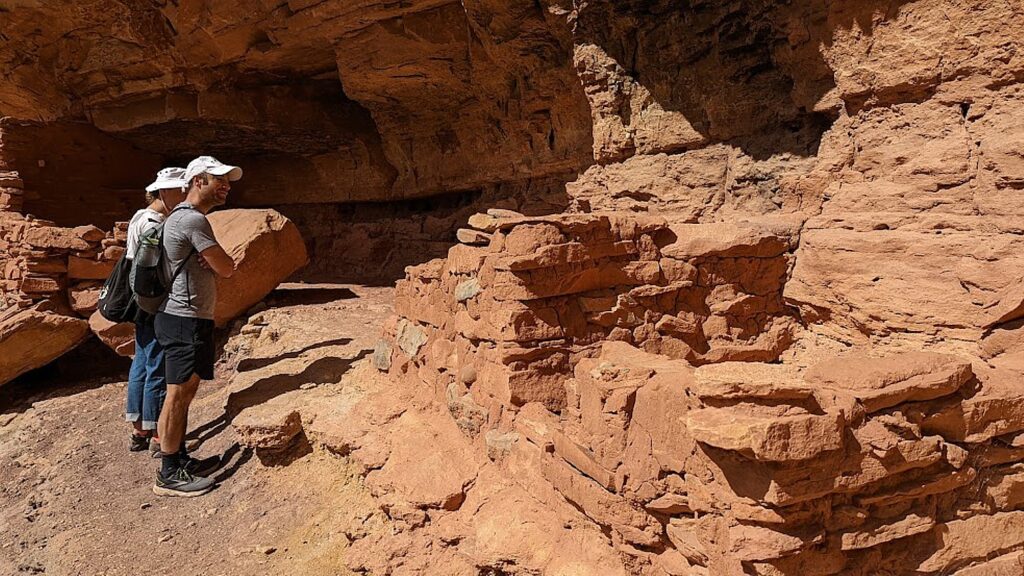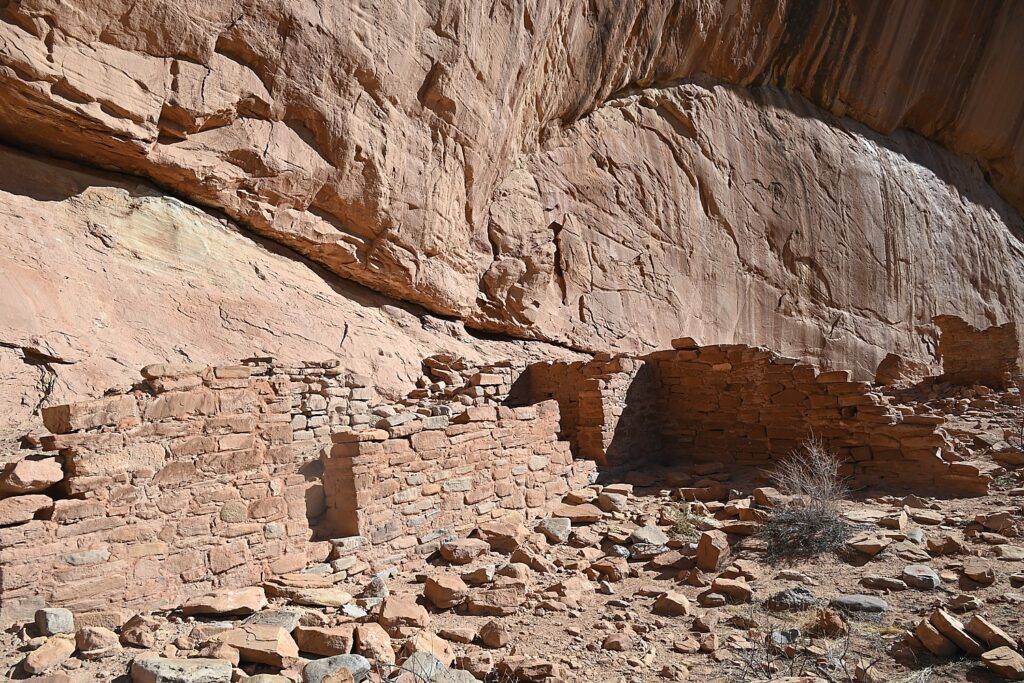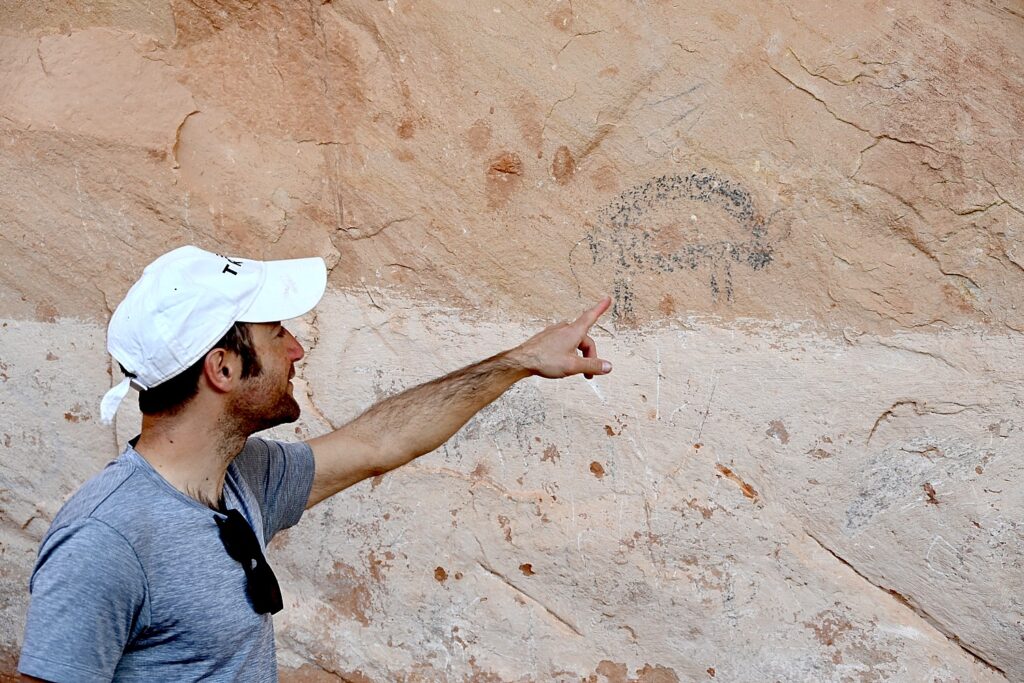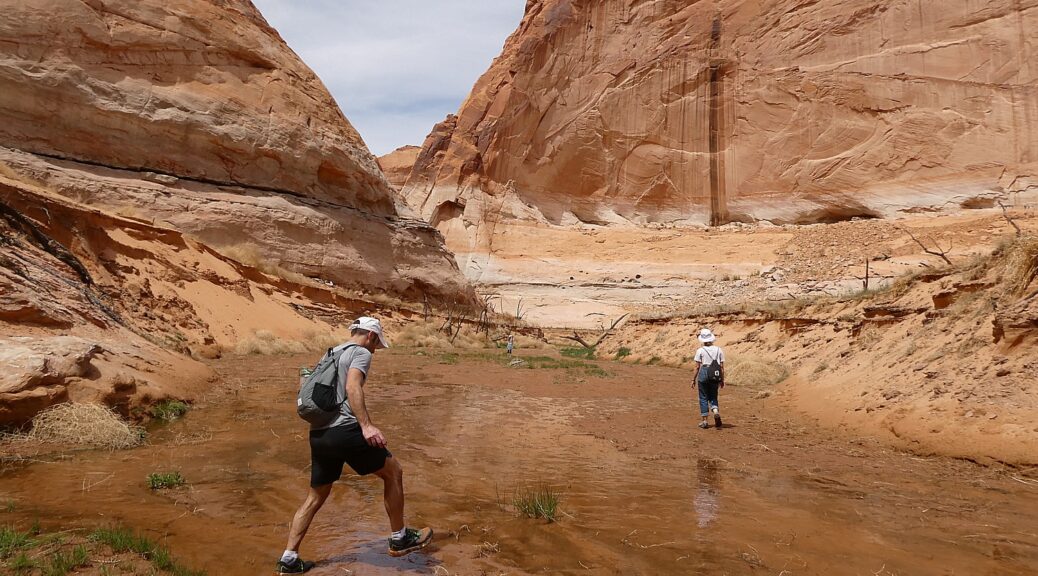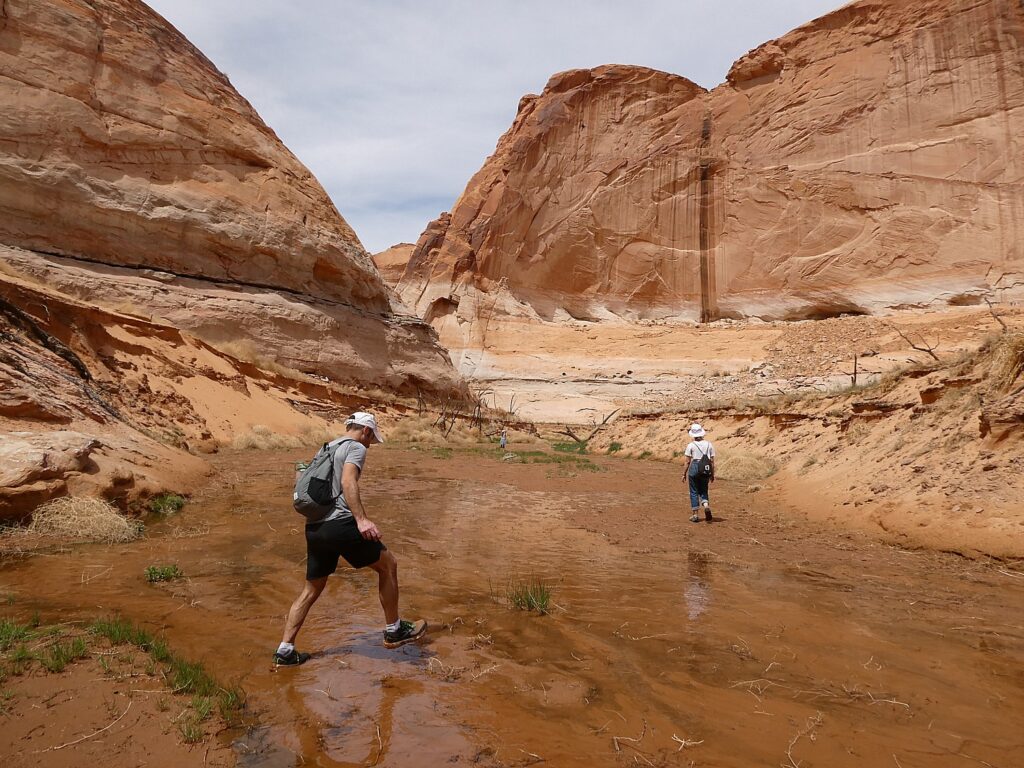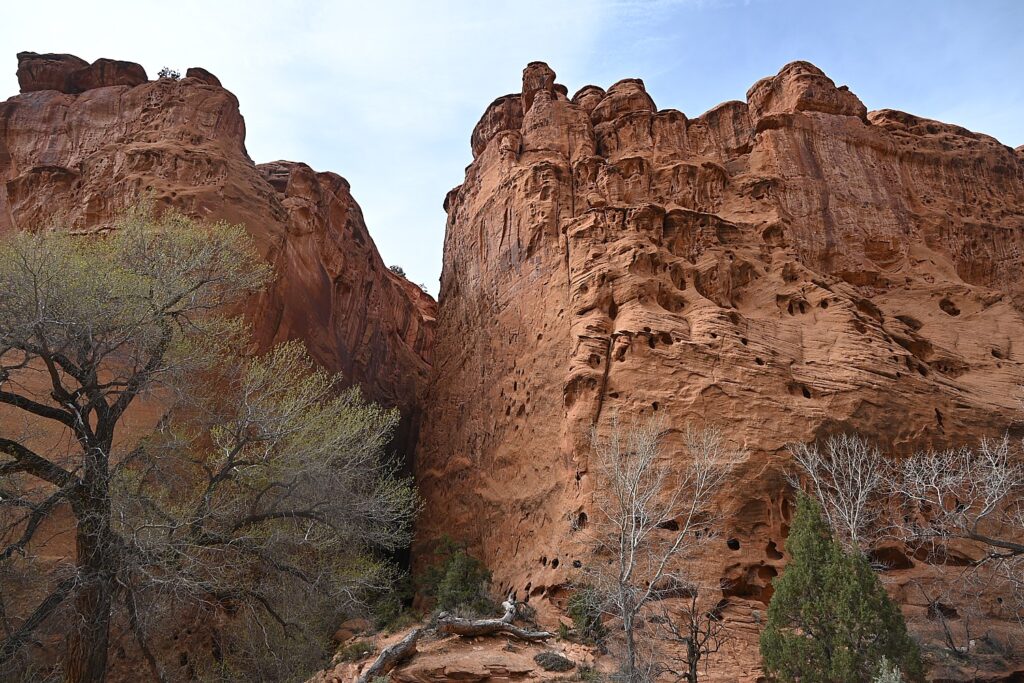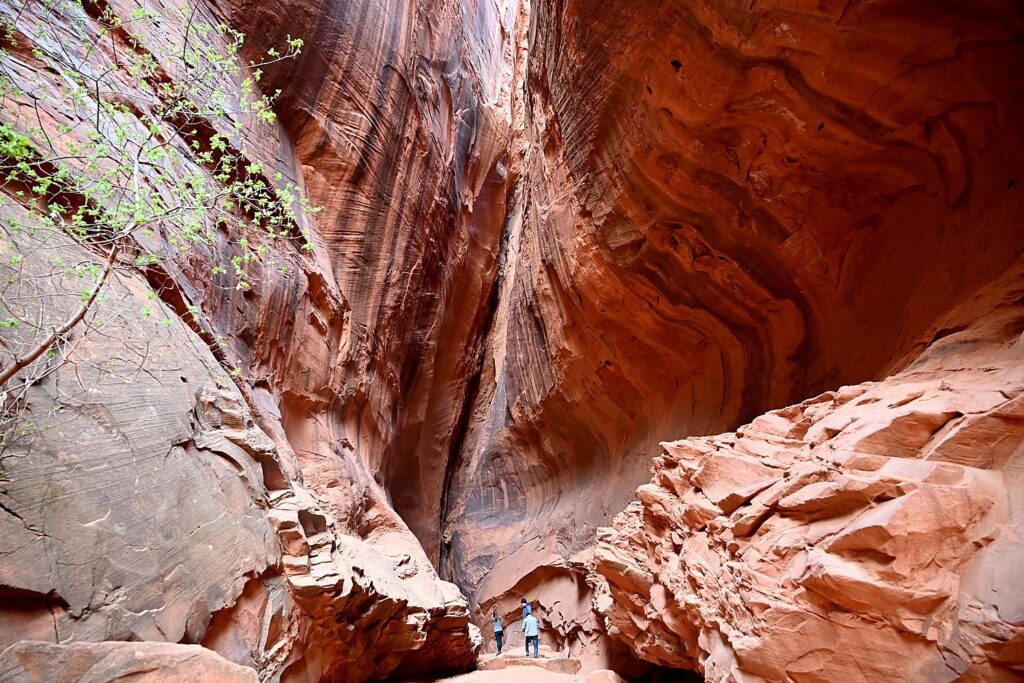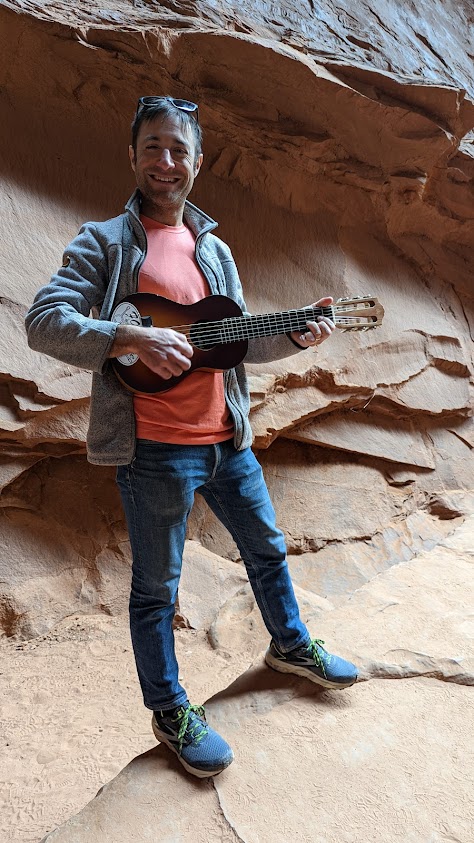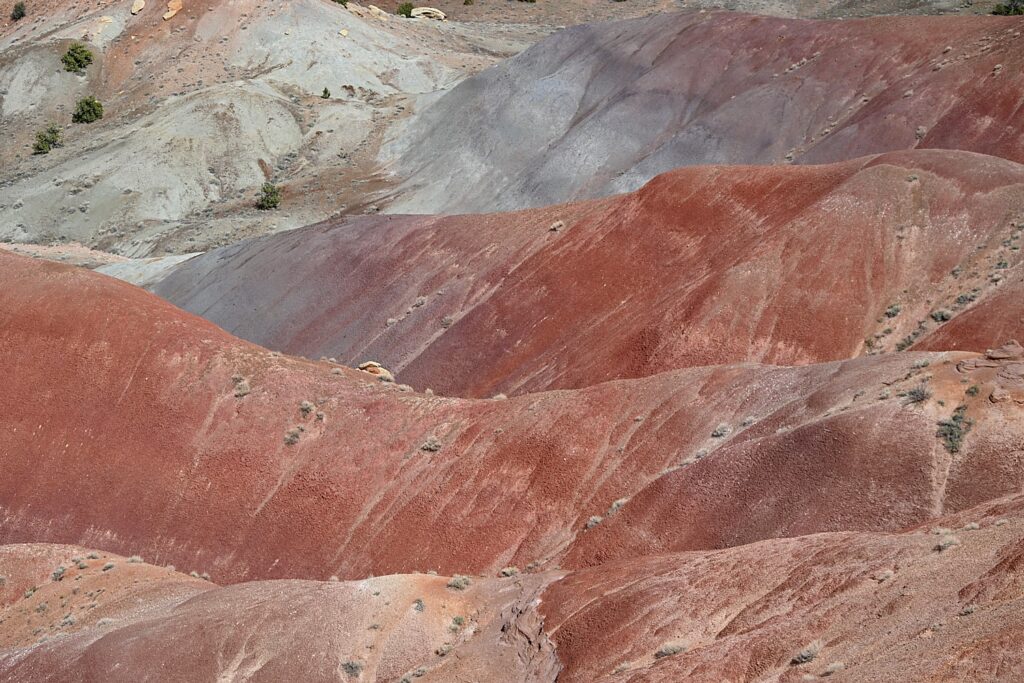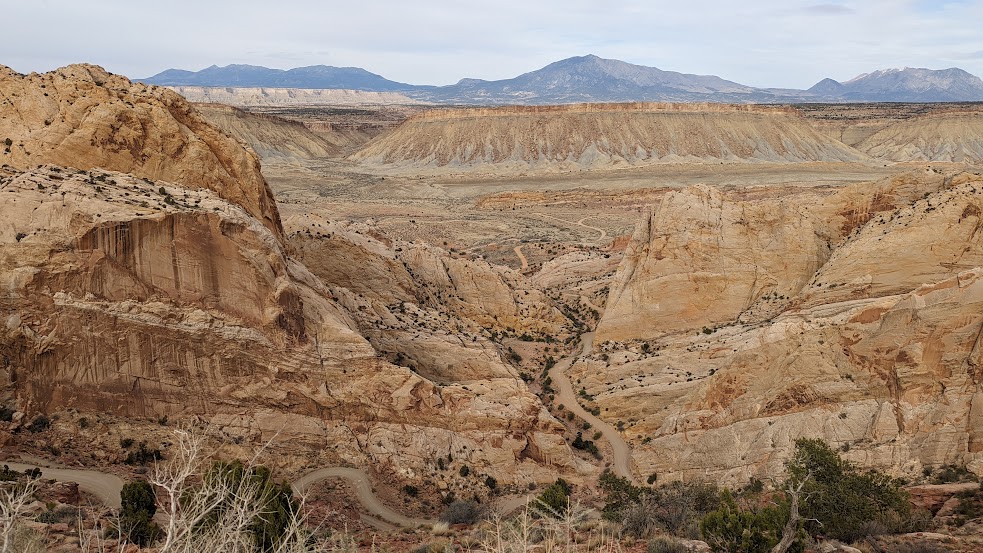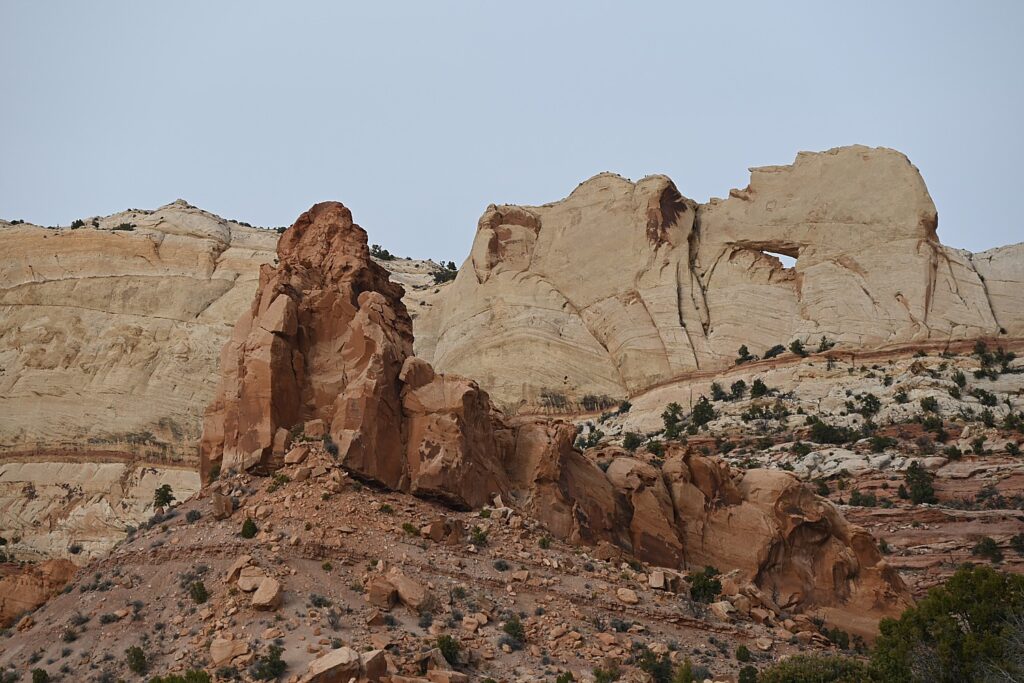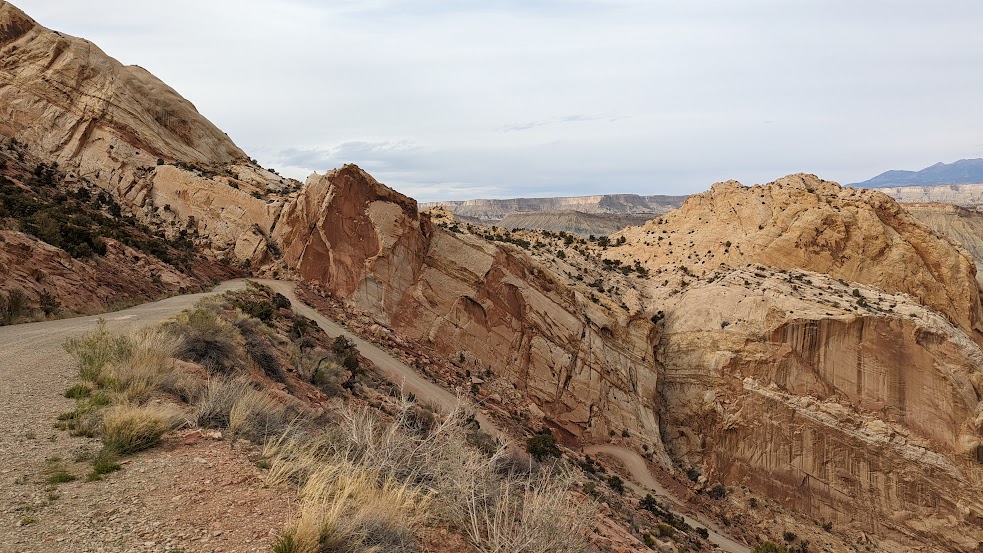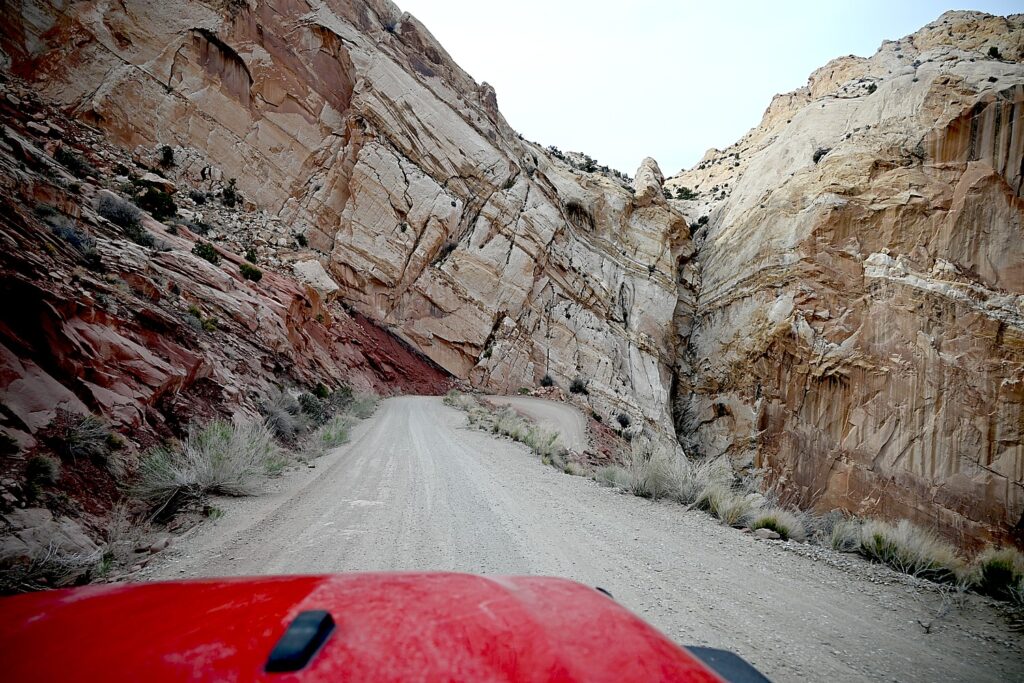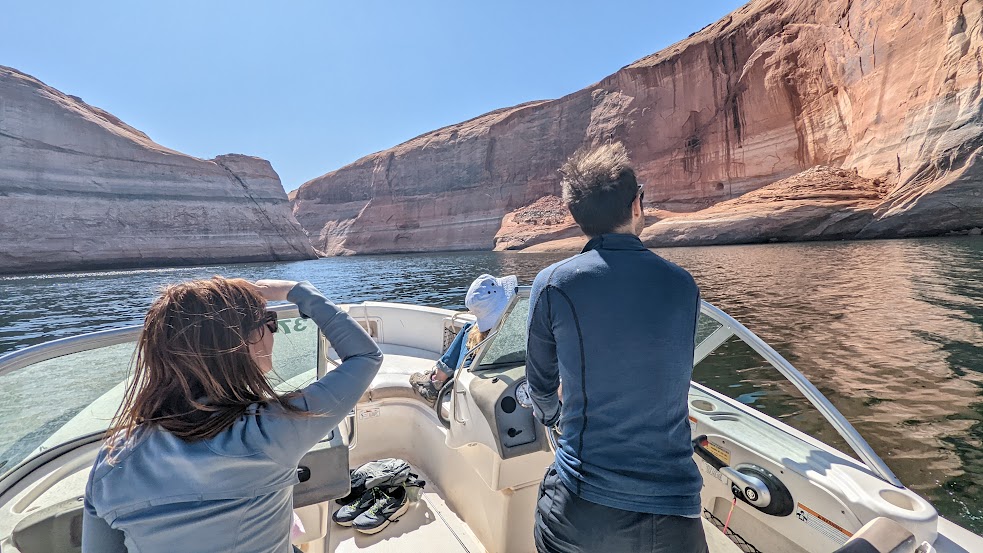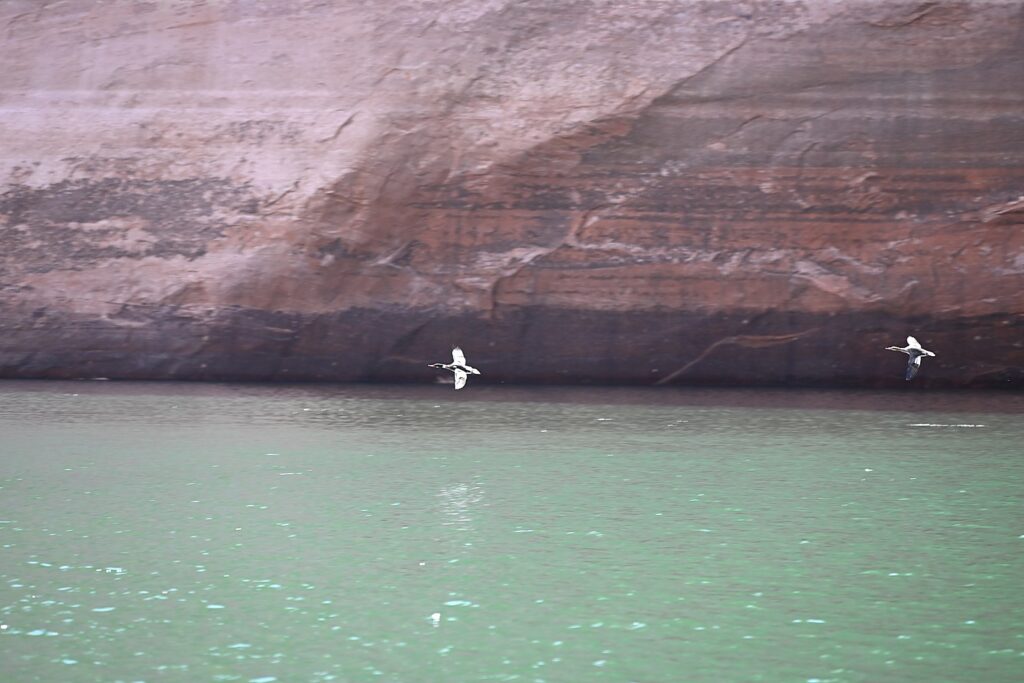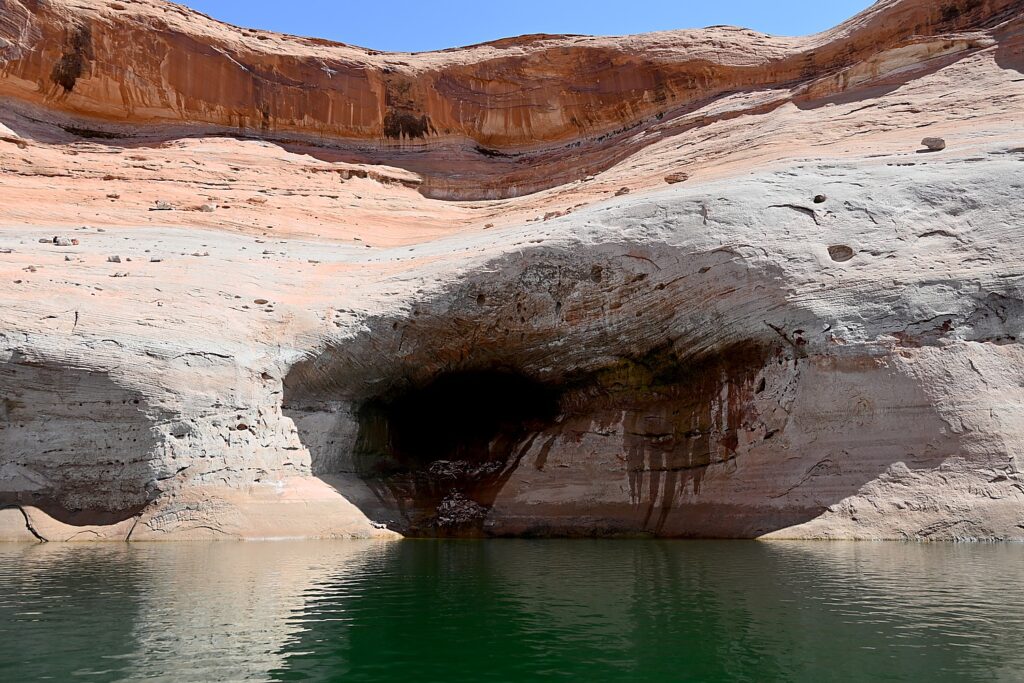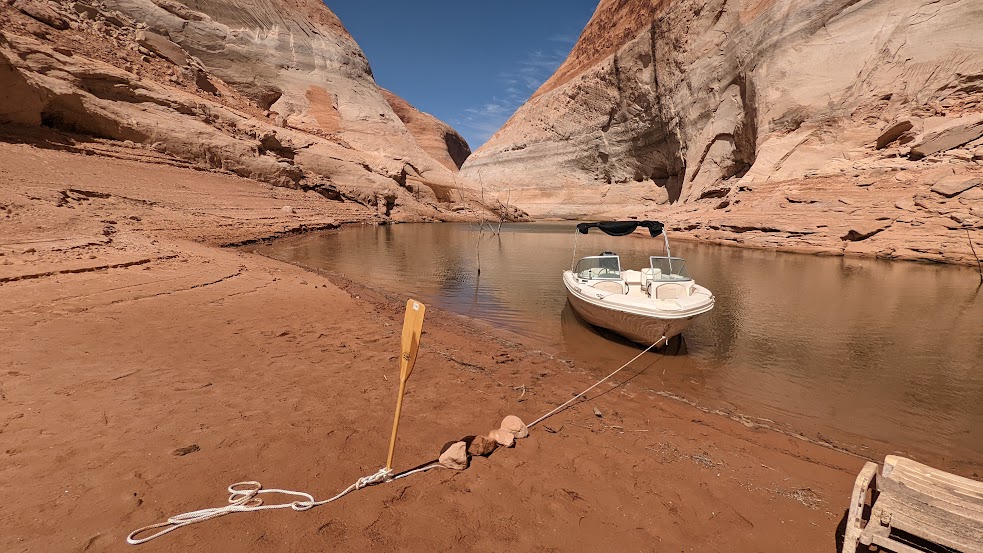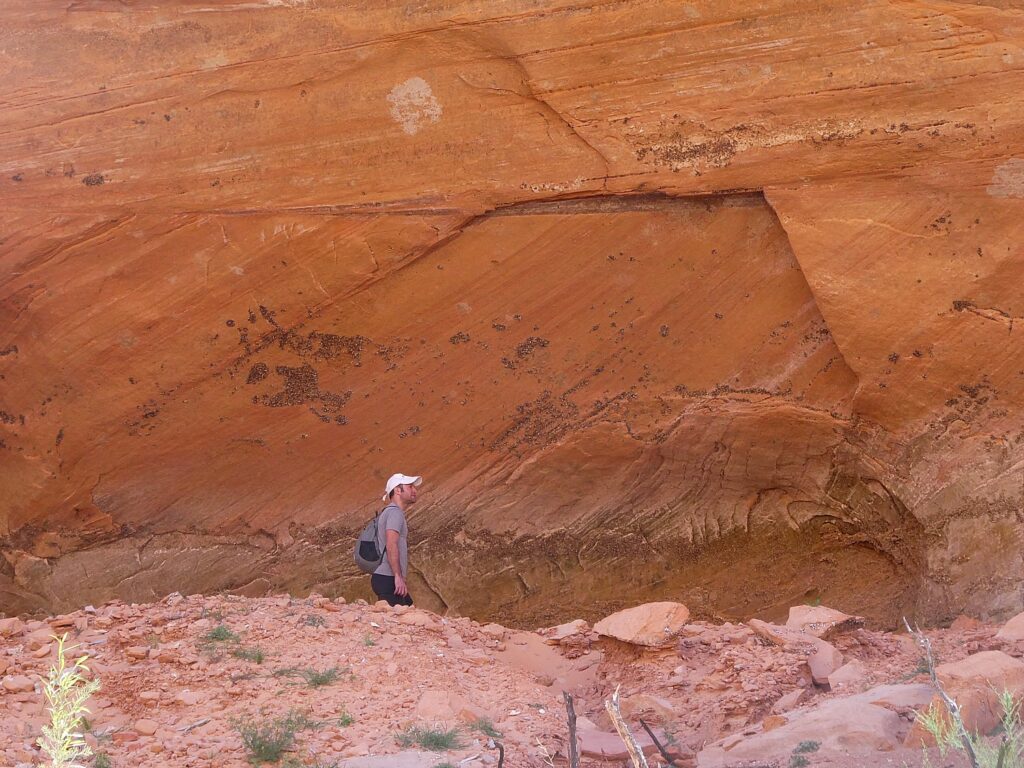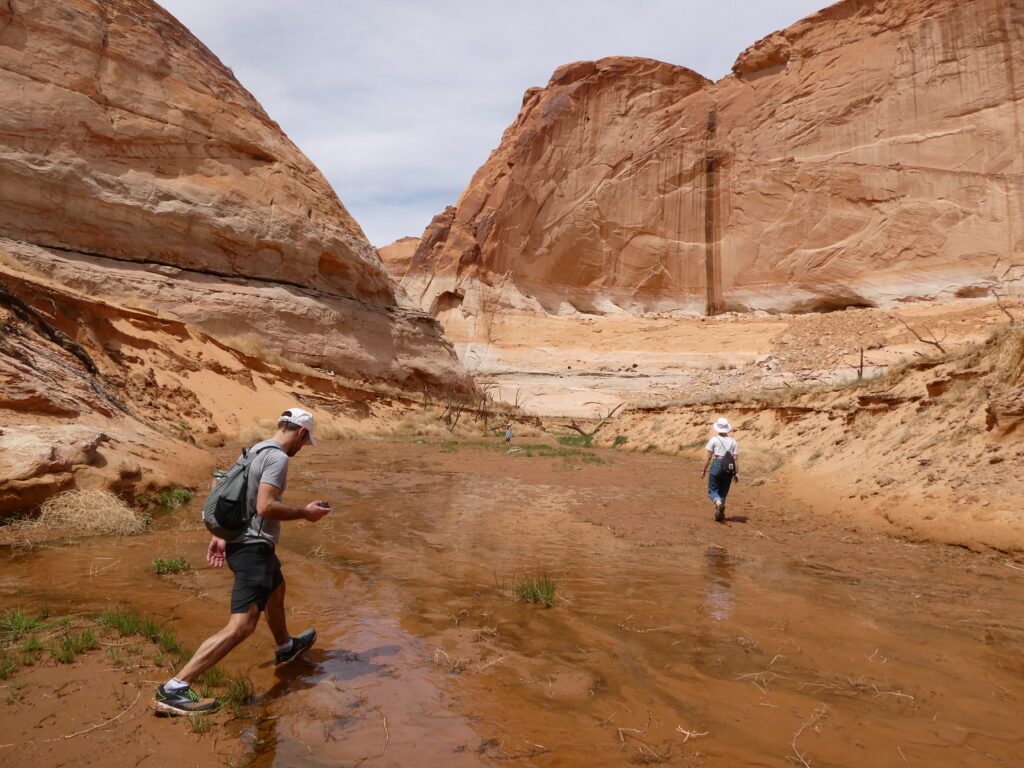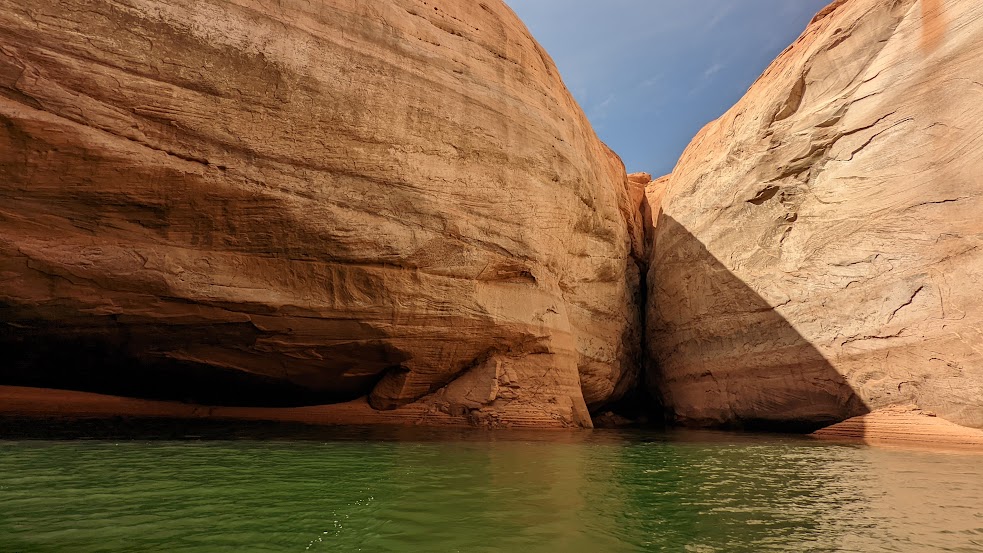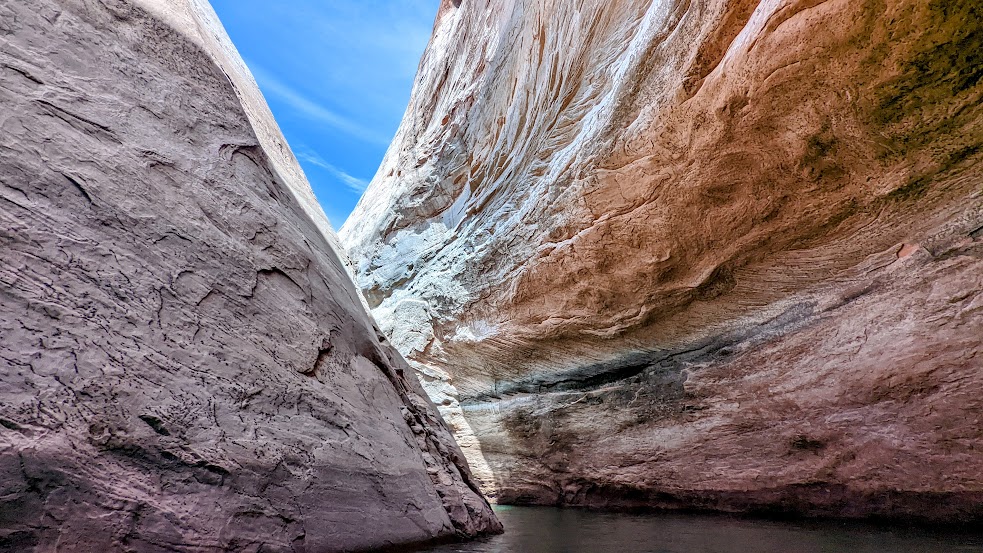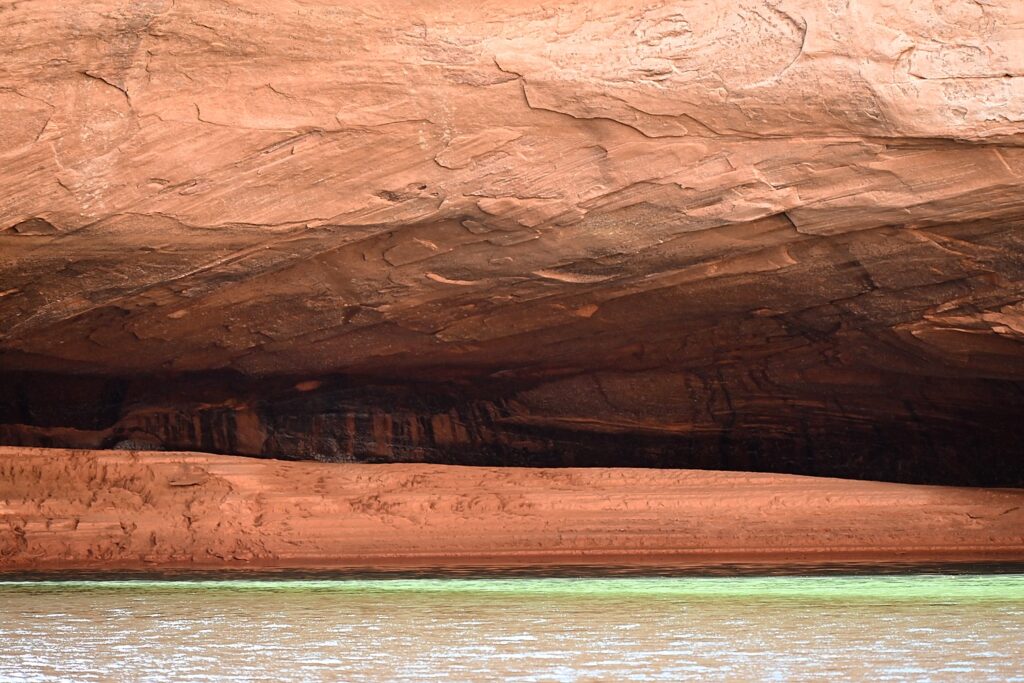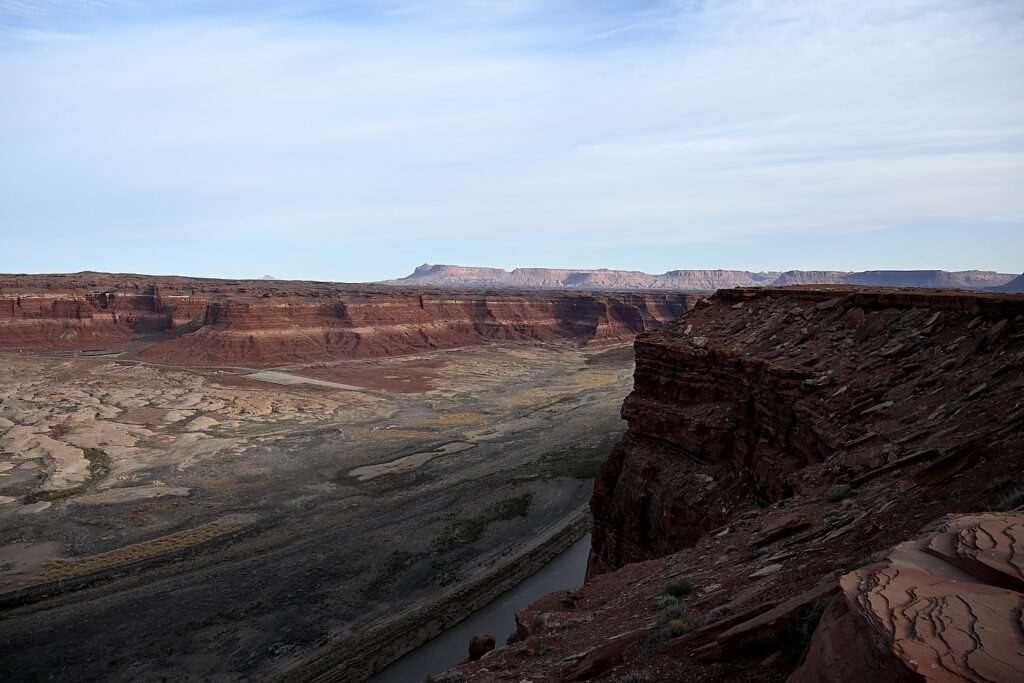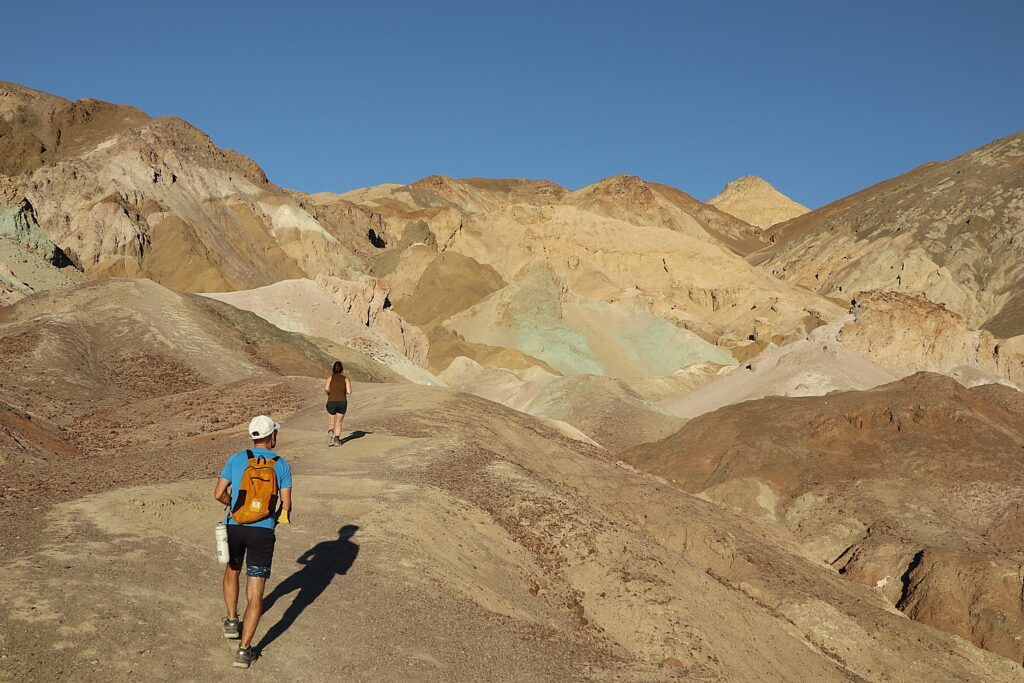
by Karen Rubin, Travel Features Syndicate, goingplacesfarandnear.com
Whether you are adventuring or beach going, cycling or sightseeing, travelers need gear that is flexible, light, durable, portable, packable and as much as possible, versatile and multi-purpose. The right gear can make such a difference in a safe, memorable travel experience.
Here are some that have come to my attention, some of which I was able to sample:
Travel in Comfort
Coalatree’s Trailhead Pants ($99, Affiliated with ShareASale/Skimlinks, Impact, AvantLink, Amazon). I really liked Coalatree’s waterproof, tear-resistant and antimicrobial Trailhead Pants. Versatile and flattering, you can wear them whether you are hiking, exploring the city, or on the plane. Coalatree strives to use sustainable materials throughout the production process – even recycled coffee grounds.
Core Tee by Forme ($178, ShareASale/Skimlinks) Avoid neck and back pain from slumping over in those low-quality seats in Economy. The eco-friendly made Core Tee by Forme® is an FDA-registered patented posture activewear thatimproves your alignment and effectively rehabs neck, back, and shoulder pain commonly associated with poor posture and spinal disorders. Made from eco-friendly Tencel fabric, the Core Tee is constructed of different materials and thin layers that are stitched together. The Forme tech inner layer is fused across the shoulder blades, creating an elastic-band sensation.When you put the Core tee on, the fused section wants to remain tight no matter how broad you are across the shoulders. This makes your shoulders pull back to their natural position, teaching your body and diaphragm to open.
CEO Active (Racer Back Top: $30, Flare Legging: $45): If you are looking for a travel day outfit that is more trendy and comfy, check out CEO Active’s Artemis Set which combines functionality and style. The Artemis Flare Legging in green is a tribute to the goddess of the hunt and wild nature.
COR Surf – Huakai Travel Jacket ($99.99):I always travel with an extra layer and COR Surf, maker of outdoor gear and accessories, has designed a jacket that is comfortable, functional, great in almost any weather condition and very packable in my backpack. It is constructed with lightweight, 10K, PFC-free DWR water-resistant microstretch fabric that gives you freedom of movement and comfort; great for layering in cold and warm weather; has hidden pockets on the sleeve for credit cards; has a large hidden pocket on the back for passport or money (this pocket is velcro so that it will be louder and harder to access for a pick-pocket); two inside chest pockets that are designed to fit a cell phone; and exterior chest pocket that easily holds a large cell phone with a water-resistant zipper. It also comes with a carrying pouch.
NEW Ankle Guard Socks by Forme ($35, ShareASale/Skimlinks) Reduce strain, tension, and pressure on your ankle joints from long flights with the new Ankle Guard Socks by Forme®. These patent-pending high socks just launched on January 12th and are made with biofeedback technology designed to align and stabilize the ankle and foot muscles for reduced pain and inflammation.
Protalus – Green T-100 Elite ($64.95/pair, Amazon): Protalus insoles are designed to promote proper whole-body alignment when traveling for long periods of time. The T-100 Elite is constructed with patented rebound foam & patented alignment technology. This insole provides superior relief by allowing your body to distribute pressure properly by keeping your ankle aligned and in a safe range of motion.
TheraICE *NEW* Sleep Mask + Cooling Gel ($29.95,Amazon): Great for the plane ride, block out sunlight and overhead reading lights with TheraICE’s new Sleep Mask with a 3D bucket blindfold design. It is made to provide both cooling relief and comforting warmth and weighted to provide a gentle, soothing pressure that aids in faster sleep induction and better sleep quality. Made with premium materials, it provides a plush, soft rest for your eyes, ensuring maximum comfort throughout your rest period.
Hiking, Camping, Outdoors
Deckers X Lab’s ENDURO MAX ($199-$249, Avantlink / Skimlinks / Viglink): Deckers X Lab’s ENDURO MAX is engineered for speed, comfort and fluidity on the trail. Featuring a V-shaped carbon plate, a Vibram® Litebase outsole, a nitro-infused shell, and a heel-to-toe rocker, the ENDURO MAX offers durability and agility to excel on rugged terrain and light enough to turn a hike into a trail run.
Nocs Provisions Standard Issue Binoculars ($95, Avantlink / Skimlinks / Viglink): Nocs Provision’s Standard Issue 8×25 Waterproof Binoculars offers 8x magnification a completely waterproof seal and compact design for easy and lightweight transport. The high-impact rubber grip and the fog-proof, nitrogen-filled internal chambers are optimal for when the weather turns and it’s time to eye alternative routes.
Knog Bilby 400 Headlamp ($64.95, Avantlink / Skimlinks / Viglink) is designed from for serious outdoor adventure and is powerfully bright, tough, and intuitive, casting a powerful beam up to 100 meters and a boost mode.
Mission Workshop Speedwell ($335, Avantlink / Skimlinks / Viglink) The fully weatherproof Mission Workshop Speedwell is a versatile backpack utilizes the same breathable floating harness system used on the MW hydration packs to provide generous airflow, stability and comfort in the most adverse conditions and features the ASP pocket system for efficient storage and ease of use.
Tees
ARTILECT Sprint Tee ($85, ARTILECT) is made with Nuyarn 115gsm Speed-Lite, one of the world’s lightest-weight merino fabrics. This fabric features superfine 18-micron merino wool with a high-performance nylon filament carrier for performance and comfort. With reflective tape embedded in the side seams, the Sprint offers a level of safety for early morning and evening workouts.
Odlo -X-Alp Performance Wool 115 trail running t-shirt – Men’s and Women’s ($75): Natural performance made for the mountains. Lighter, stronger and faster drying than traditional merino, the ODLO X-Alp Performance Wool 115 trail running t-shirt is a modern, high performance merino that’s unlike any other. Crafted from Performance Wool powered by Nuyarn® – a wool blend that closely mimics wool’s natural performance characteristics – this tee is naturally temperature regulating (keeps you cool when it’s hot and warm when it’s cool) and naturally antimicrobial (which cuts down on scents). Sourced from non-mulesed merino wool, the fabric dries 5 times faster, perfect on long runs in the mountains. Features a stylish micro-stripe.
ORNOT Men’s Merino Tech Shirt ($72, Avantlink / Skimlinks / Viglink): A mix of Australian RWS-certified Merino Wool and provides a soft hand that keeps you cool while drying quickly. The contoured back panel for coverage while in a riding position. Superior temperature regulation and odor control. Stretchy and soft against the skin. Made in California using renewable fibers and Certified with the Responsible Wool Standard, pre-shrunk, 42.5% 19 Micron Merino Wool 42.5% Tencel 10% Nylon 5% Elastane.
Black Diamond – Women’s Rhythm T-Shirt ($90): Built for freedom and mobility, the Rhythm tee features Nuyarn merino wool technology making it significantly lighter than other wool shirts, while increasing performance, dries five times faster than standard merino, while providing 35% more stretch. Certified non-mulesed Australian Merino Wool. Machine washable. Slim. 95g.
KUIU -Active Merino 105 SS Crew-T ($69): This high-performance active tee leverages Nuyarn® Merino Wool for unmatched stretch, rapid recovery, fast wicking, quick drying, and odor resistance. Reflective print logo. Raglan sleeve for unrestricted mobility and comfort. Flat-lock sleeves for no chaffing. Nuyarn Merino Wool (55% merino wool / 35 % Polyester / 10% Nylon).
Trew – Men’s Lightweight Nuyarn Merino Basic T ($69): Nuyarn enhances the natural benefits of merino by innovating the construction of the yarn, allowing Trew to build garments that are stronger, lighter, warmer, stretchier and quicker to dry.120 gsm Nuyarn Merino Wool. 70% merino wool / 30% nylon (core filament). 100% certified non-mulesed wool. Open range sheep shorn annually. Spun in Bluesign and Oeko-tek 100 certified facilities.
Socks are really important no matter what kind of travel pursuit you pursue – hiking, running, endurance, skiing, biking, hunting, work and lifestyle. Our favorites: Bombas (https://bombas.com/) and Darn Tough (www.darntough.com).
Shades
Hiking Shades from adidas Sport eyewear: No hiking outfit is complete without a pair of performance sunglasses. offers Engineered to withstand the rigors of the trail, adidas Sport eyewear offer durability and protection against the elements. The sleek design ensures a comfortable fit, while the high-performance lenses provide exceptional clarity, so you can see with enhanced contrast and vividness:
adidas Sport ACTV SP0083 ($65.38, Eyeons): The adidas Sport ACTV SP0083 is a squared injected sunglasses with a dynamic, sporty design. This easy-to-wear style has functional elements to optimize comfort and performance, including a ventilation system on the front and temples and maximum grip temple tips. Safety and fit are combined with great protection guaranteed by the option of mirrored or polarized lenses.
adidas Sport eyewear CMPT Ultralight Shield, SP0077 ($99, REI.com): The adidas Sport CMPT Ultralight Shield is a rimless shape with a bold line and sophisticated design. This versatile, easy-to-wear sunglass is characterized by exceptional lightness and a large transparent lens. Contoured temples feature the adidas Sport logo and rubber tips improve comfort and grip.
Skincare
Visor Skincare ($19) – I confess I am pretty bad about putting on sunscreen, but I really love Visor – it may be the only 100% clear sunscreen that is oil-free, alcohol-free and fragrance-free.It goes on so easily and feels light and cool. Visor has 80 minutes of sun protection compared to Goop’s 40 minute; Is a fraction of the cost ($19 compared to $38 with Goop); Infused with anti-aging and skin-brightening ingredients such as hyaluronic acid and Vitamin C; Is actually clear (Goop’s is cloudy) making it inclusive to all skin tones.The tube is also packable, at under the 3oz limit for air travel.
Wholesome Hippy – Lemon-Aid Whipped Wonder Balm with Limonene 2oz ($16.99) No need to pack a multitude of creams and ointments in your first aid kit. This wonder balm is a versatile remedy for sunburns to real burns. This 2oz wonder balm ingredients include Lemon Essential Oil, Lime Peel Oil, Soybean Oil, and Medium Chain Triglycerides, creating a nourishing foundation for skin health.
Reveka Skincare’s Tea Tree + Peppermint Body Bar ( 4 Pack/$38.97, Available on Amazon) This3-in-1 body bar has a rich lather and can be used as shampoo, soap, and shaving cream. It’s made with tea tree, peppermint and shea butter to best hydrate your skin. Made with Magnesium Chloride from the Ancient Zechstein Seabed, Reveka’s soap is one of the best topical magnesiums to promote new tissue growth; soothe the skin and makes it glow; and alleviate common skin conditions such as eczema, psoriasis & acne. Reveka is a new woman and veteran-owned business. Their products are crafted with clean ingredients with no preservatives or dyes and are 100% made in the U.S. The soap bar is a bit hefty and would be ideal to stock your vacation home or cabin.
Timeless Glow Bundle by Sun Chlorella ($92.99,Available on Amazon and Walmart): After an airline trip, your skin can feel really dry. Revitalize with Sun Chlorella’s Astarella Primetime Skin Cream. It contains Chlorella Growth Factor (CGF), an ingredient that helps to even out skin tone. Sun Chlorella Cream combines CGF with other ingredients like clove and grapefruit seed extract to promote healthy-looking skin, reduce the appearance of fine lines and wrinkles, and retain moisture. TimelessGlow bundle comes with 2 bottles of their Astarella Primetime Skin Cream so you can leave one at home and bring the other while you travel, and a complimentary compact mirror.
NOMATIC’s Toiletry Bag 2.0 ($39.99):Hold all of these toiletries in NOMATIC’s hanging toiletry bag.Madewith durable, water-resistant materials and zippers to ensure there are no leaks and your toiletries stay protected. An optional hanging strap and dedicated toothbrush pocket are a few of the many features that make these the most functional toiletry bags ever.
One-Stop Shopping
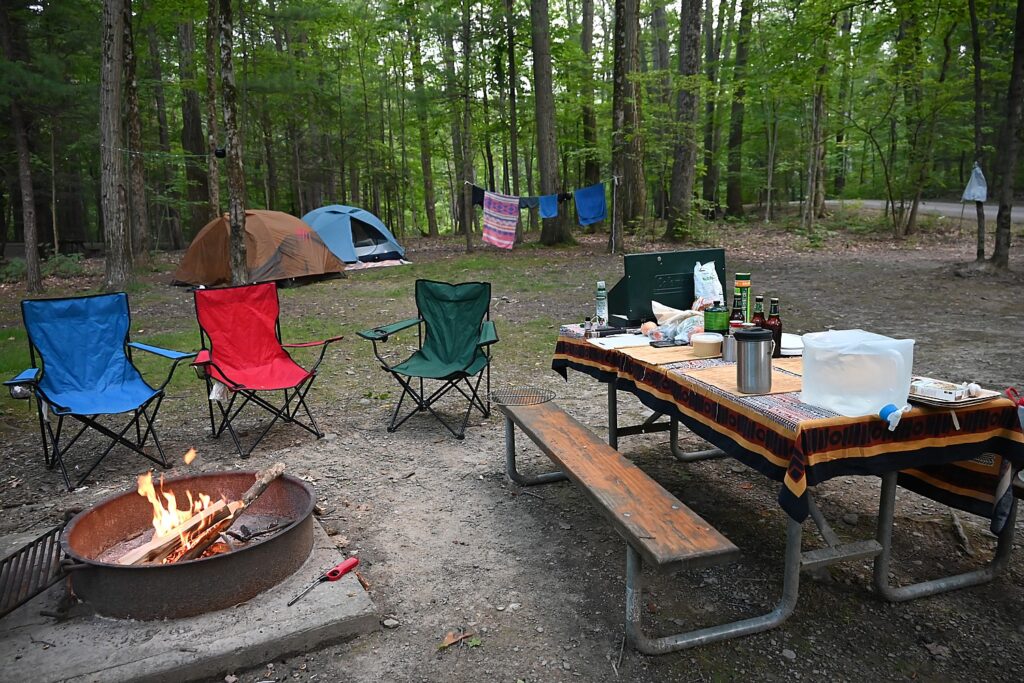
I love REI for all things active and outdoors – I am a member of the coop and constantly get great offers (you join once and are a member for life), discount coupons. REI offers excellent quality, selection for all the activities you want; in-store service is superb and so is their online customer service. You can purchase in the store or online and have a whole year to return. Returns and exchanges have been excellent. Love my tent , my hiking boots, my headlamp; and the outfits I purchased for my Incan Trail hike. I like to search in their sales and outlet listings. I find it easy to purchase from the catalog and online, but also at their retail store which is nearby. REI also has an amazing catalog of adventure travel trips. (REI.com)
I love LL Bean for the quality and selection (they also tend to have a great selection of petite sizes which is rare) for all things active. I tend to shop online with them because they do not have an outlet near me, but I have been happy with everything they have, especially the hiking pants purchased. They have excellent quality but tend to be a bit pricey, so I take advantage of sales and end-of-season promotions. (llbean.com)
For brands that I like, great selection, decent prices and good promotional deals and sales: Academy Sports + Outdoors (academy.com, chat; free shipping available).
Also: Sun & Ski, sunandski.com, 866-786-3869; Eastern Mountain Sports, 888-463-6367, ems.com; Tennis Express (TennisExpress.com), Bass Pro Shops, www.basspro.com; Patagonia (Patagonia.com); Paragon Sports (paragonsports.com).
Photo gear: What trip doesn’t involve photos! B&H consistently has best inventory, prices and specials, efficient delivery, excellent customer service, delivery and return policies on all sorts of camera and video gear and electronics,especially if specialty gear is needed (like waterproof camera for that snorkeling trip): www.bhphotovideo.com, 800.606.6969, 212.444.6615).
________________
© 2024 Travel Features Syndicate, a division of Workstyles, Inc. All rights reserved. Visit goingplacesfarandnear.com and travelwritersmagazine.com/TravelFeaturesSyndicate/. Blogging at goingplacesnearandfar.wordpress.com and moralcompasstravel.info. Visit instagram.com/going_places_far_and_near and instagram.com/bigbackpacktraveler/ Send comments or questions to [email protected]. Tweet @TravelFeatures. ‘Like’ us atfacebook.com/NewsPhotoFeatures
